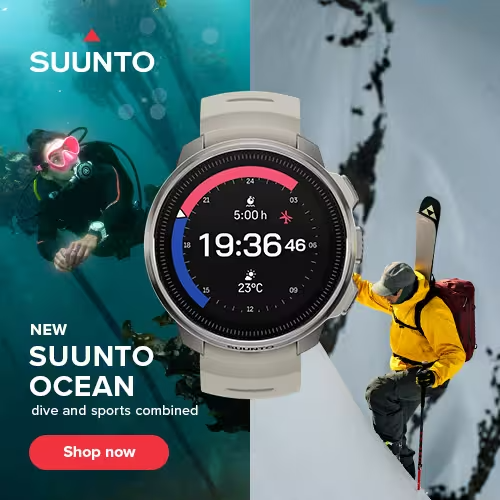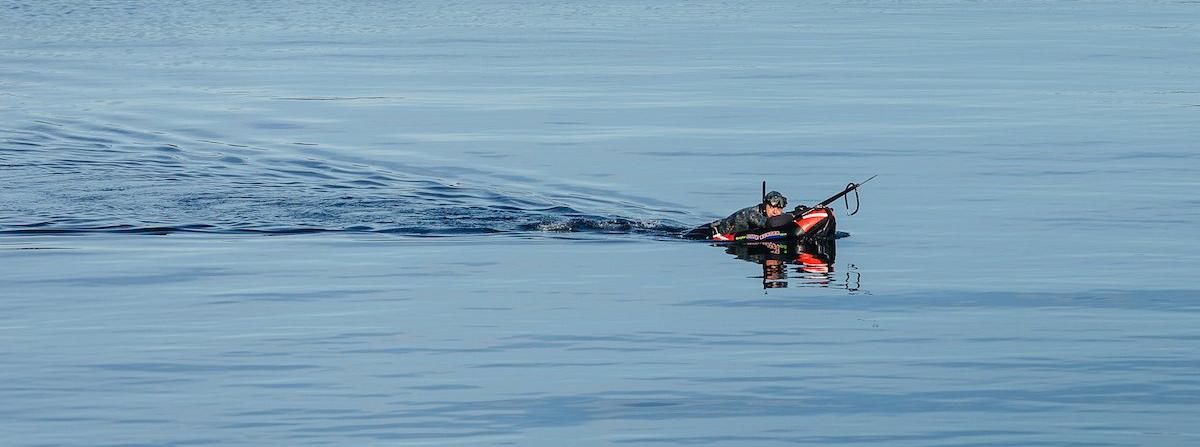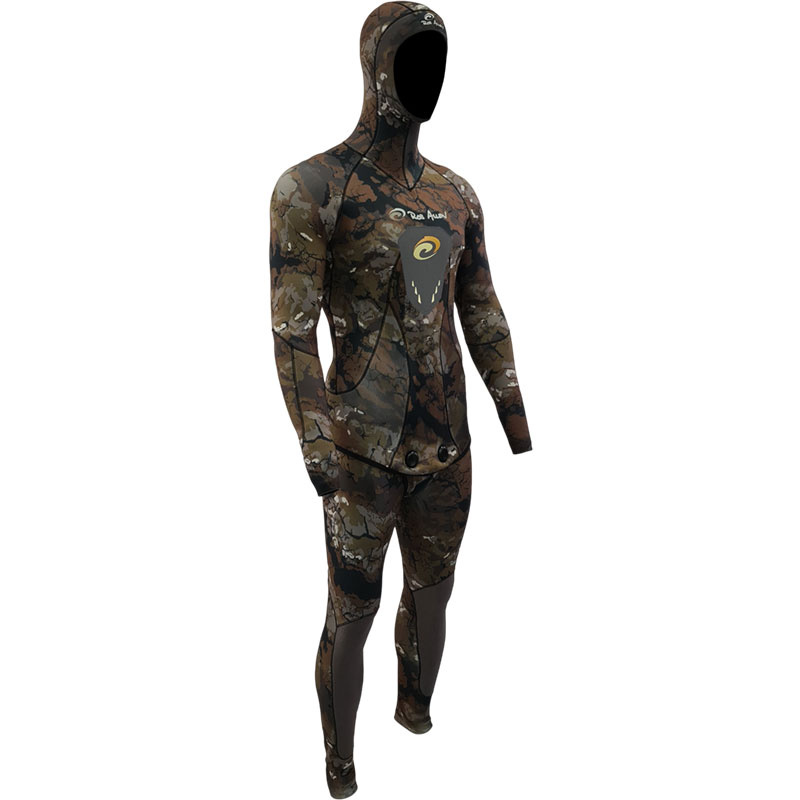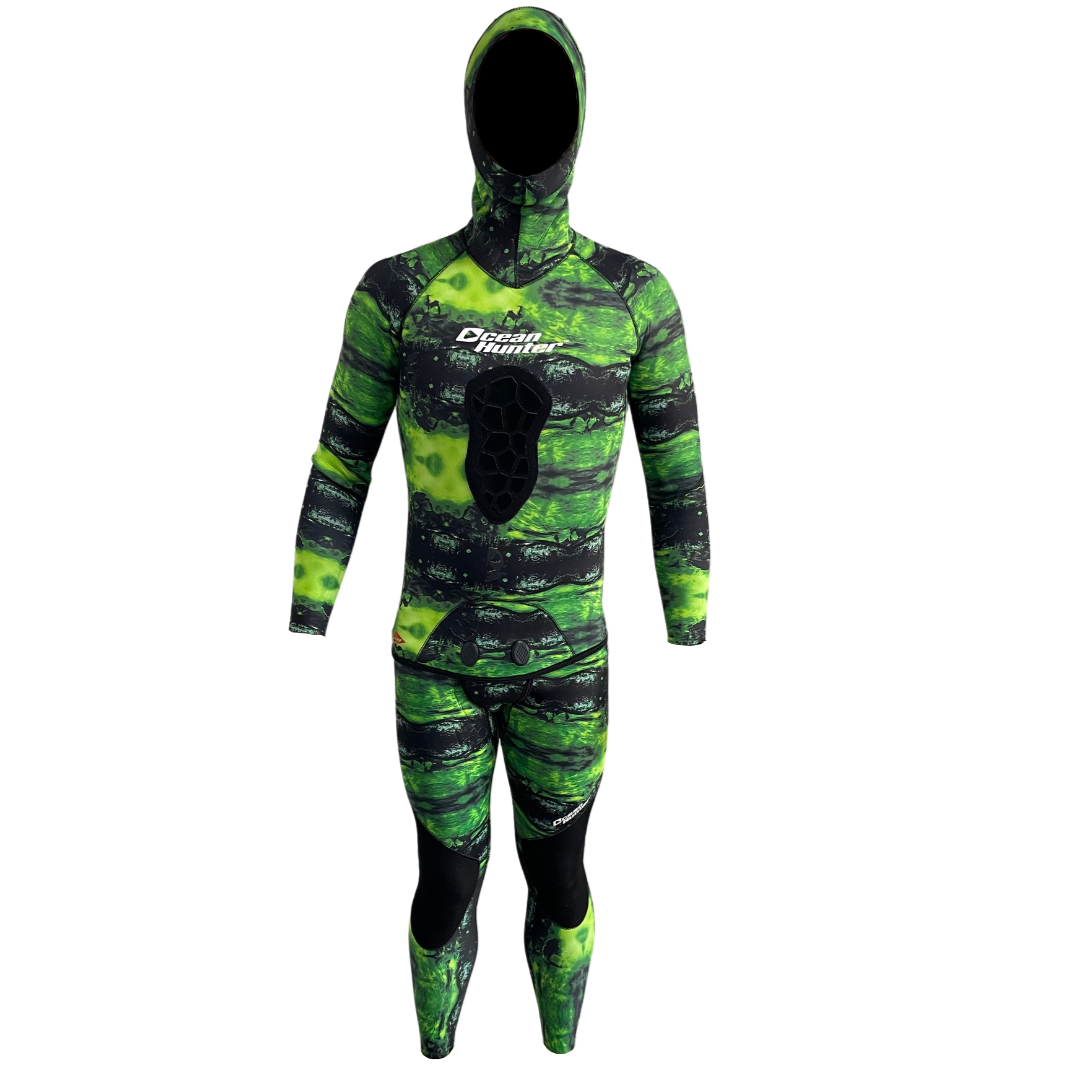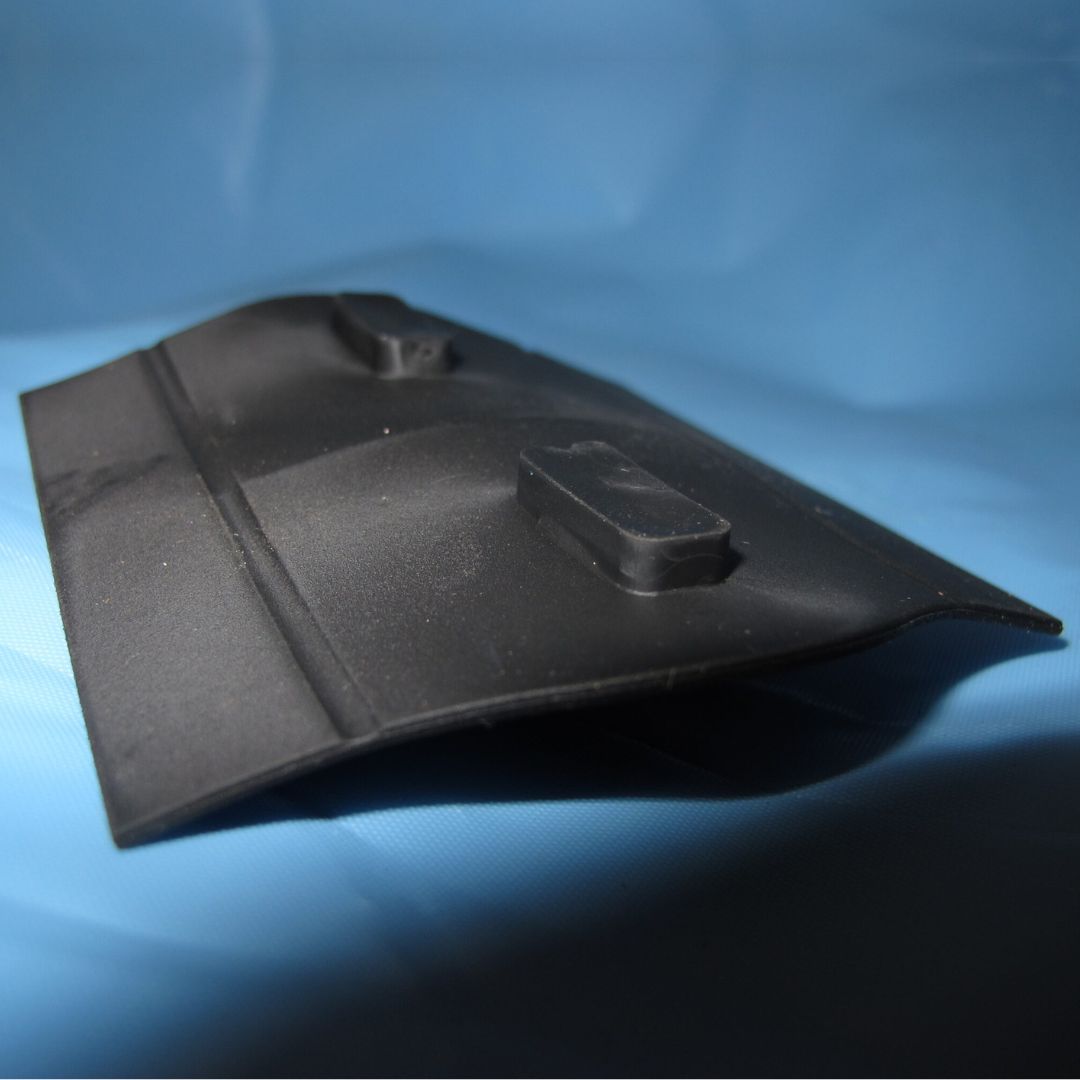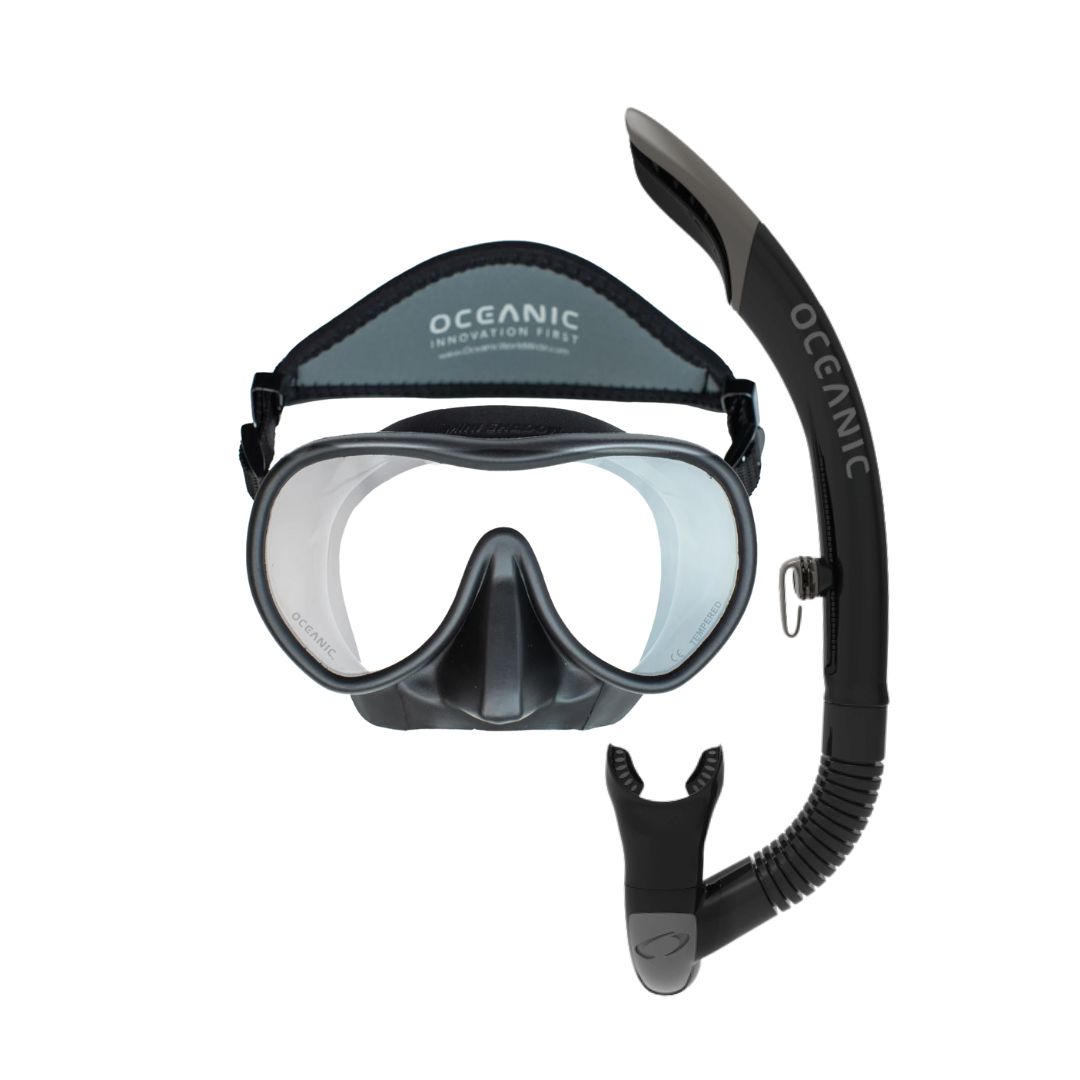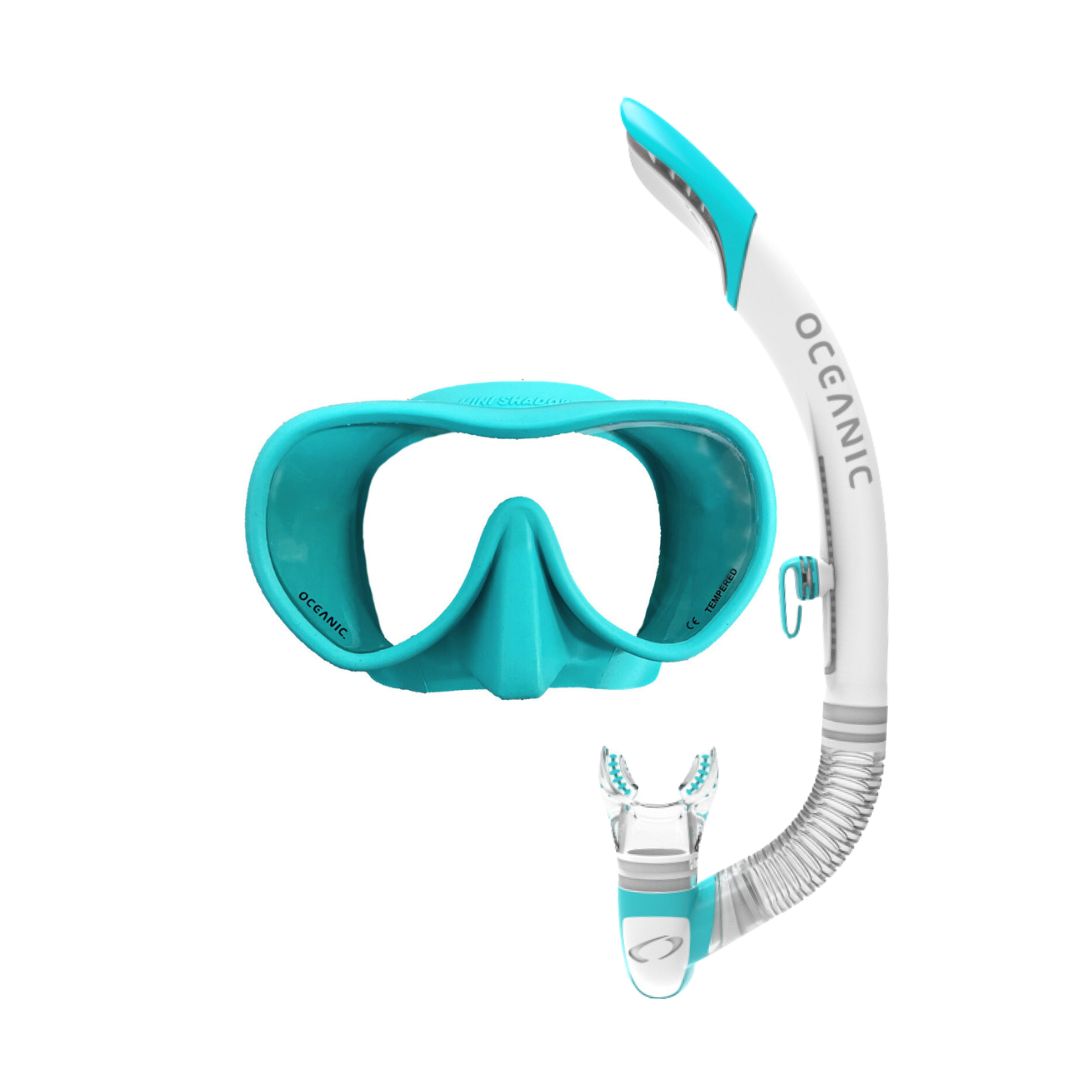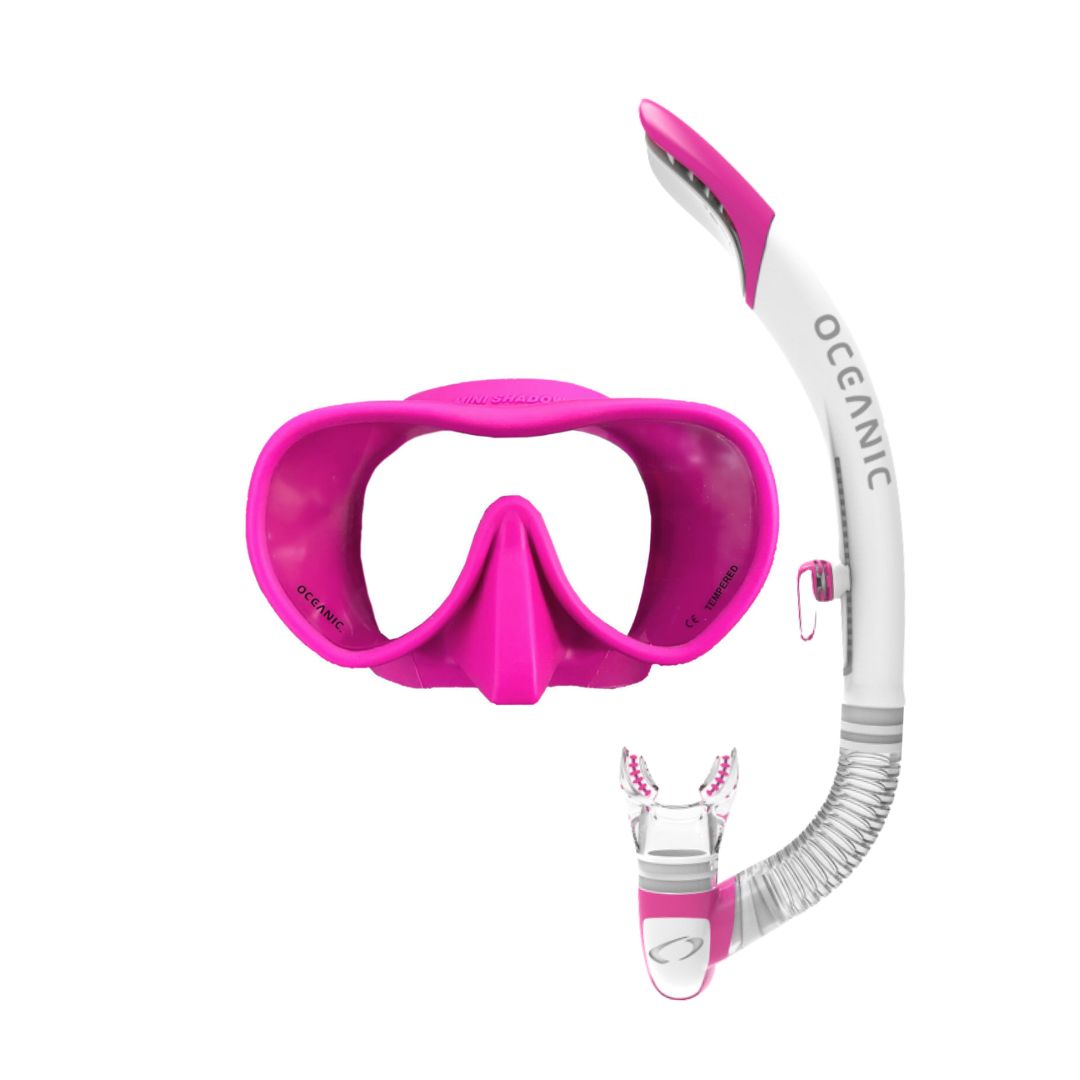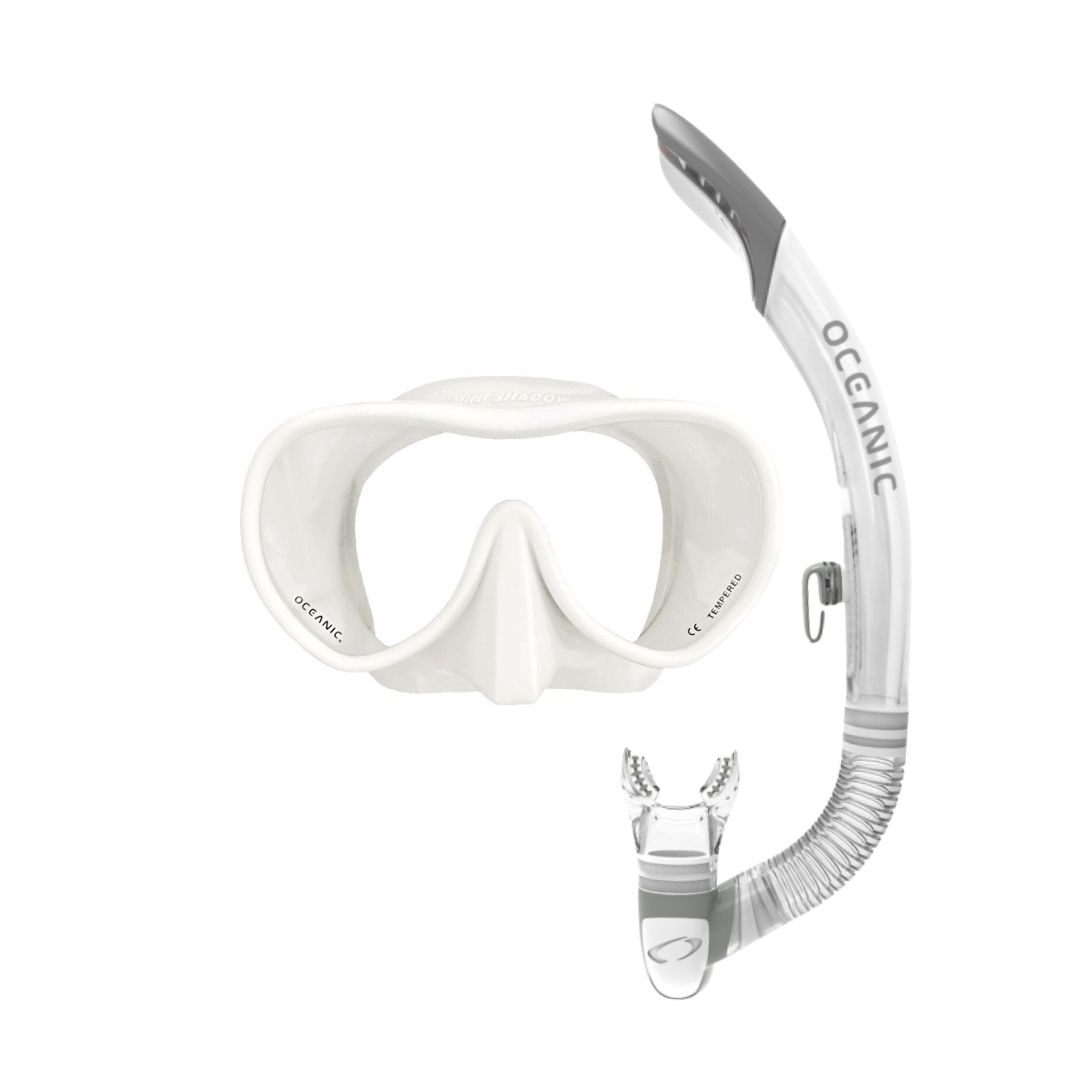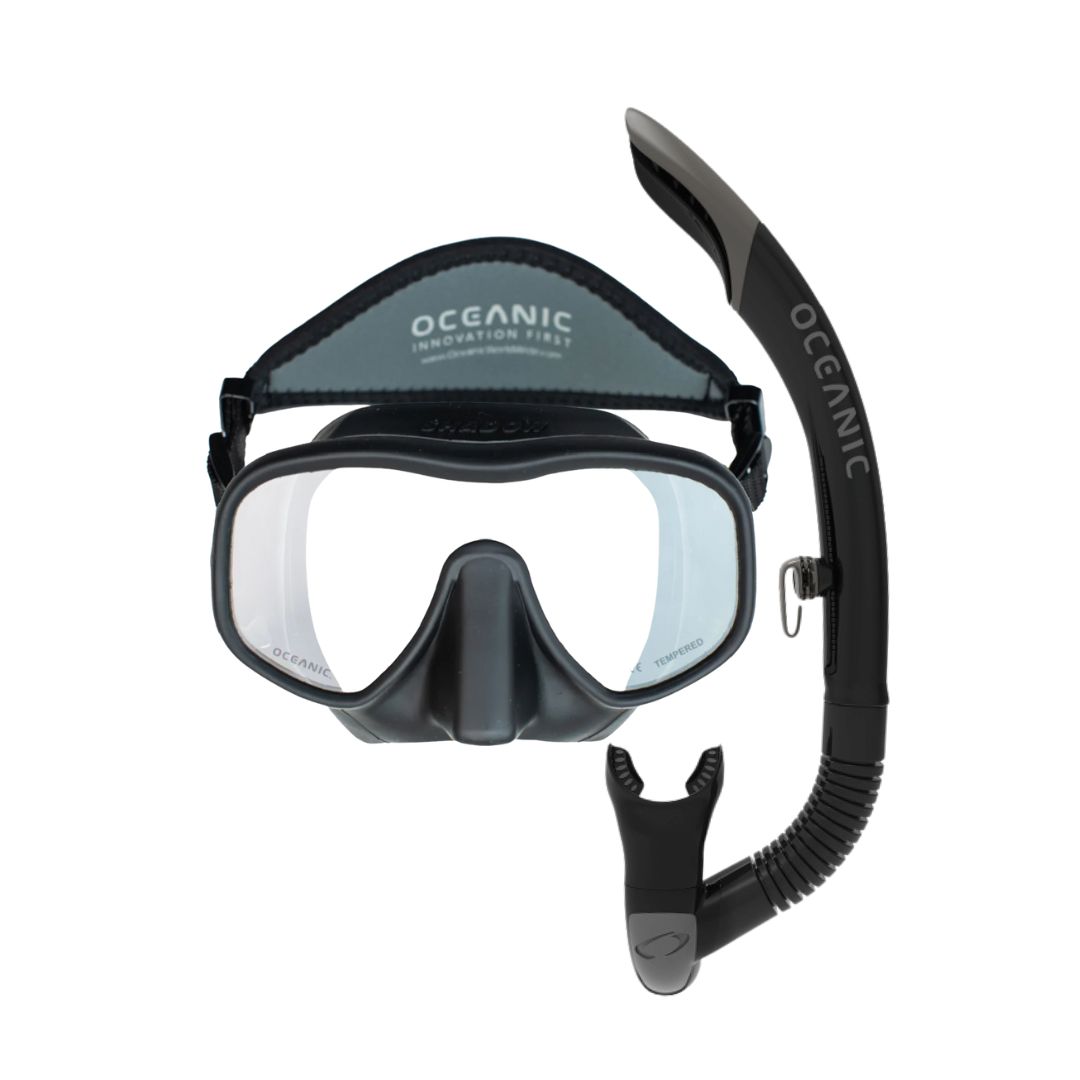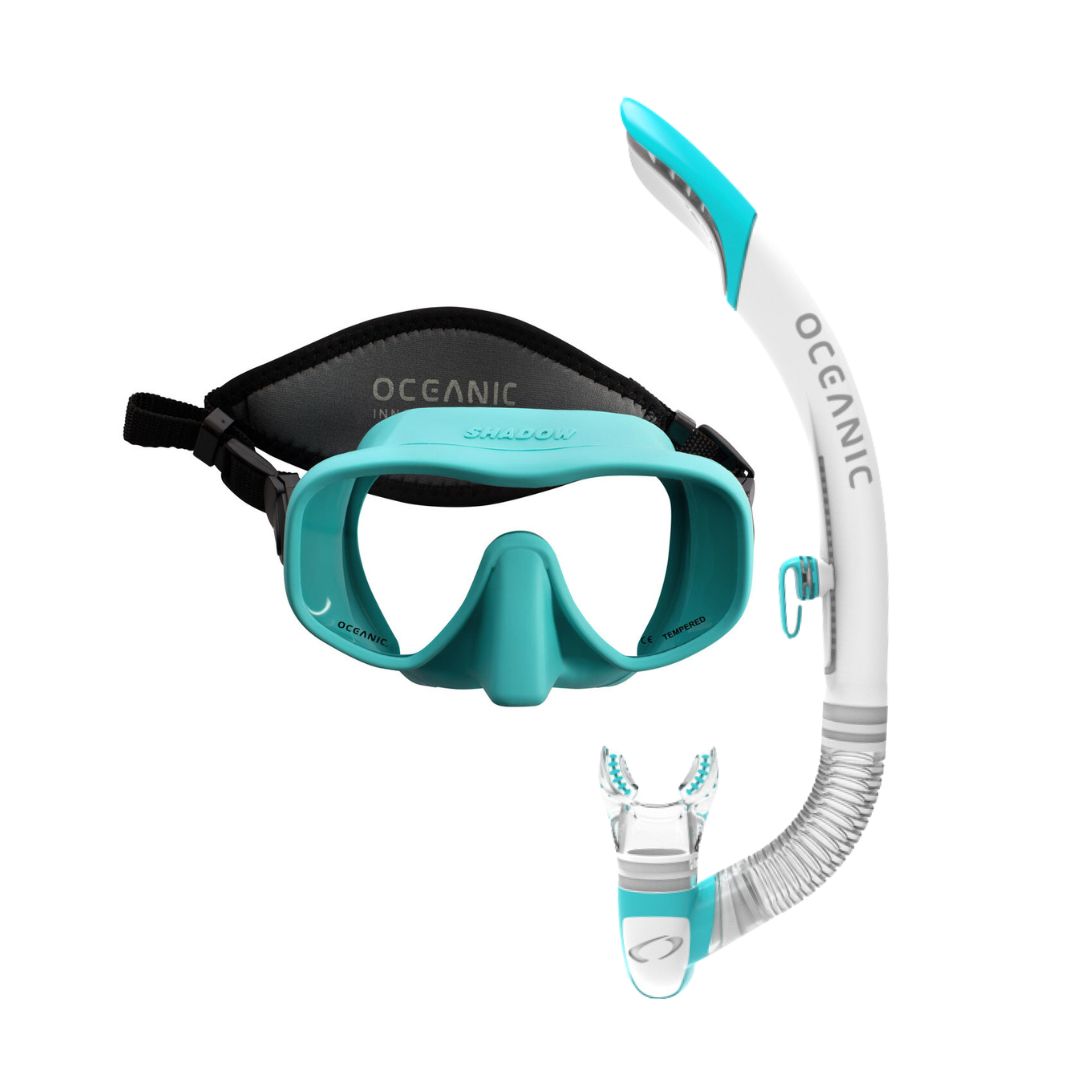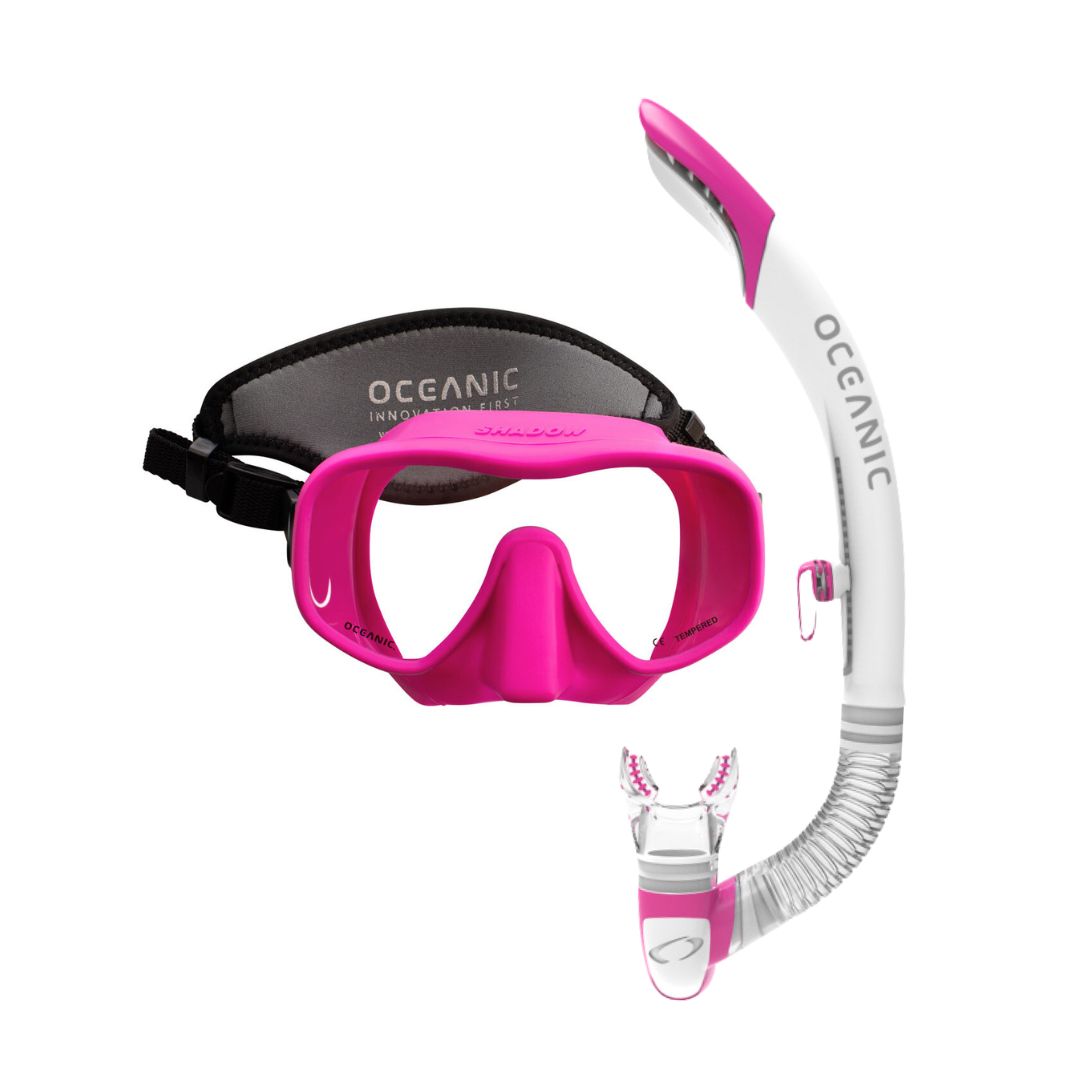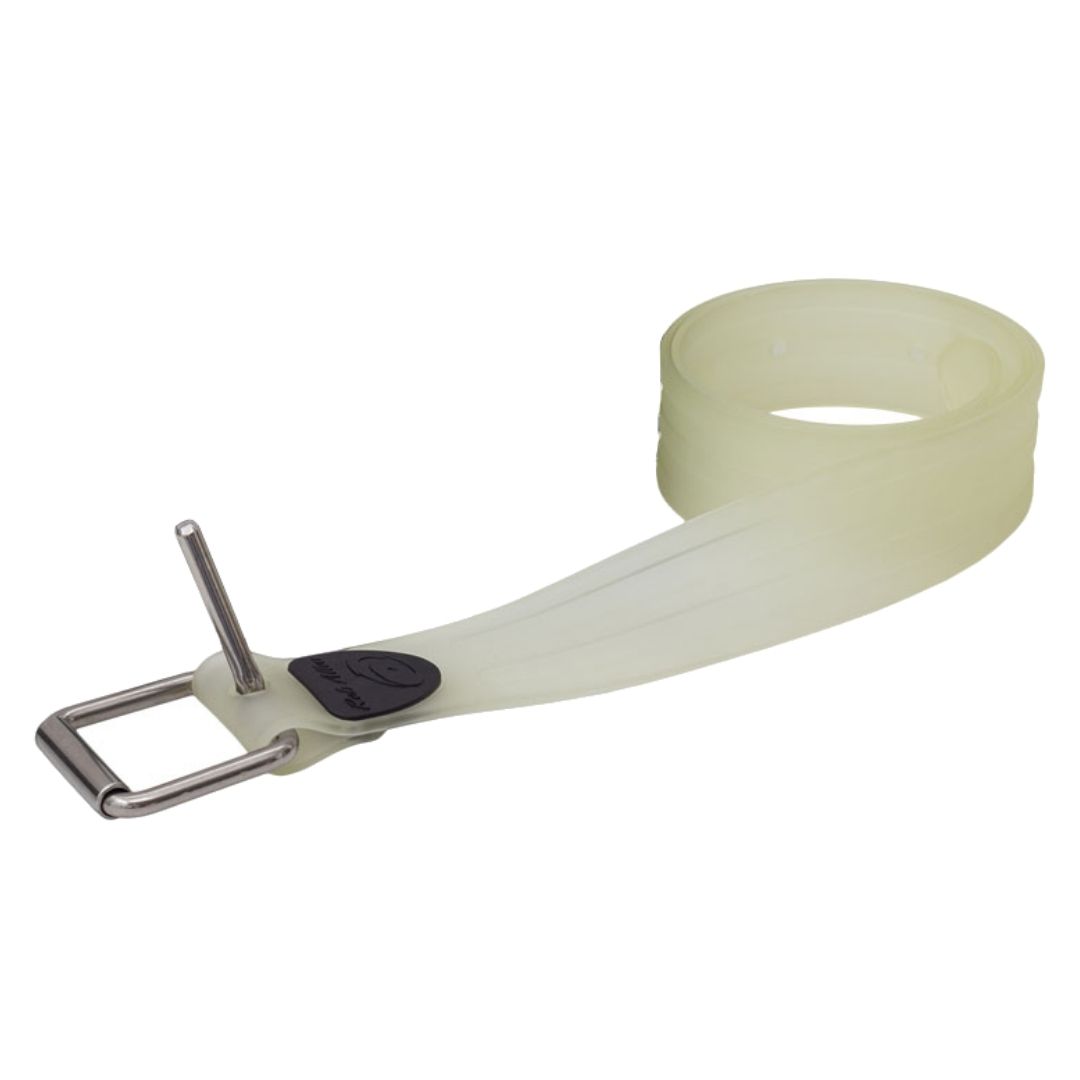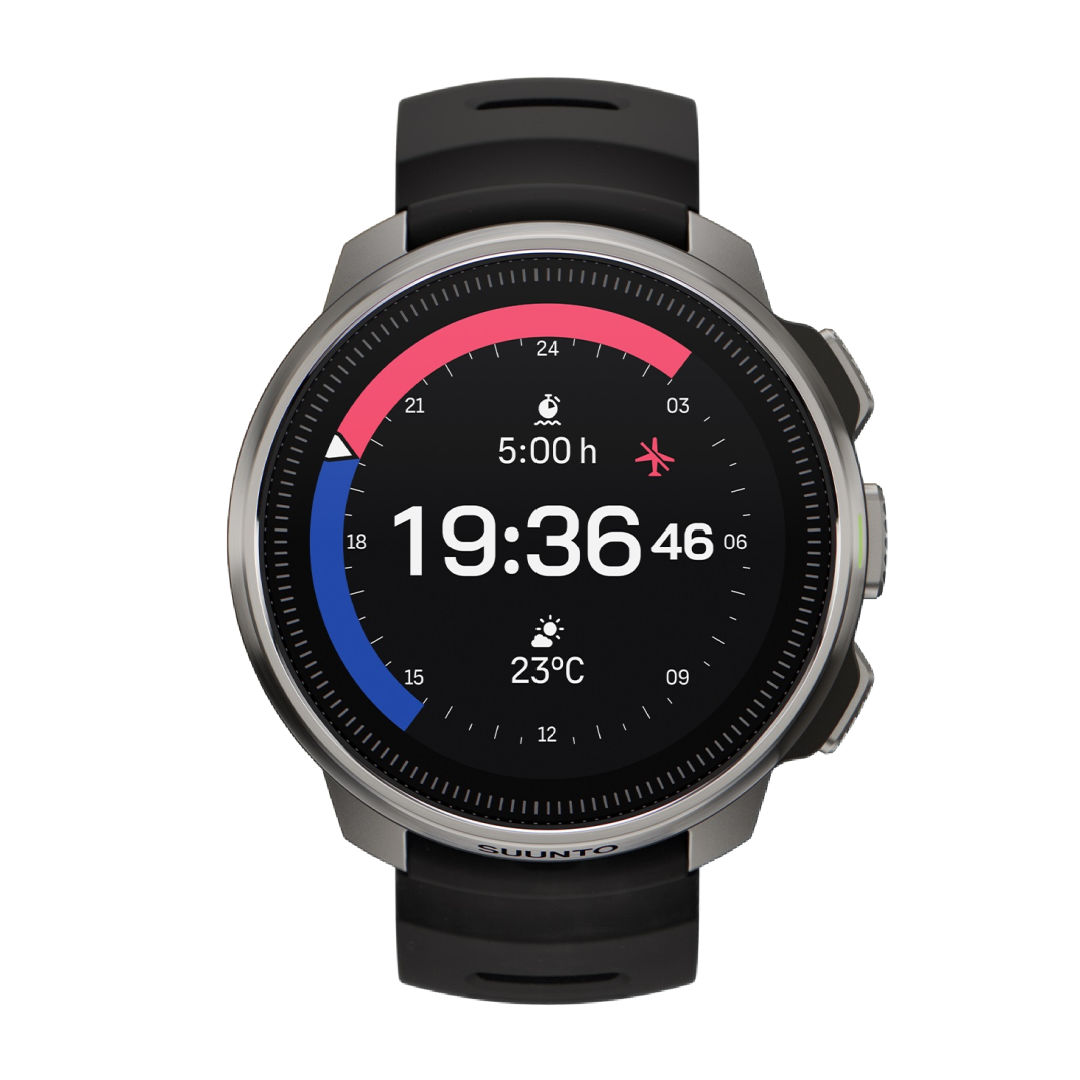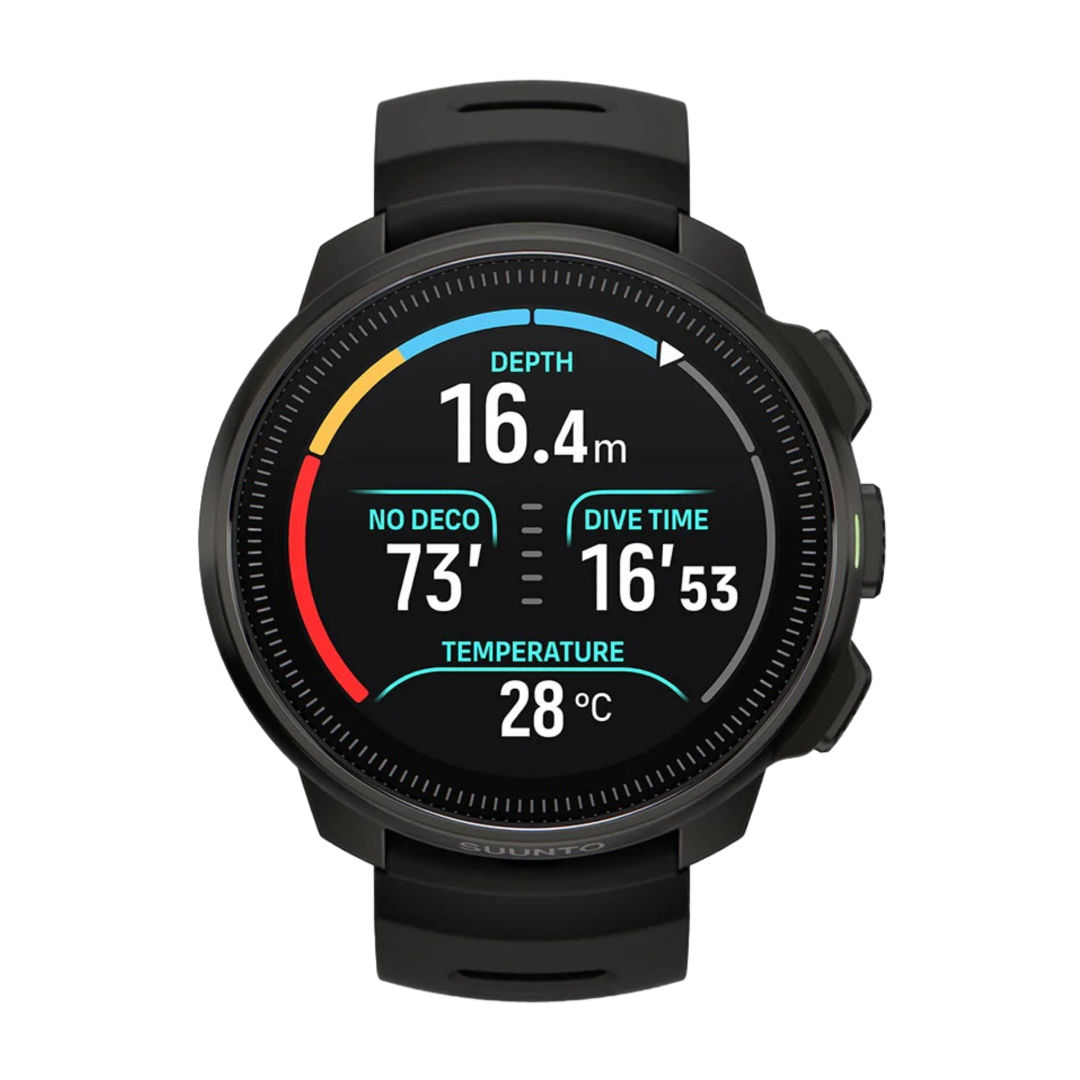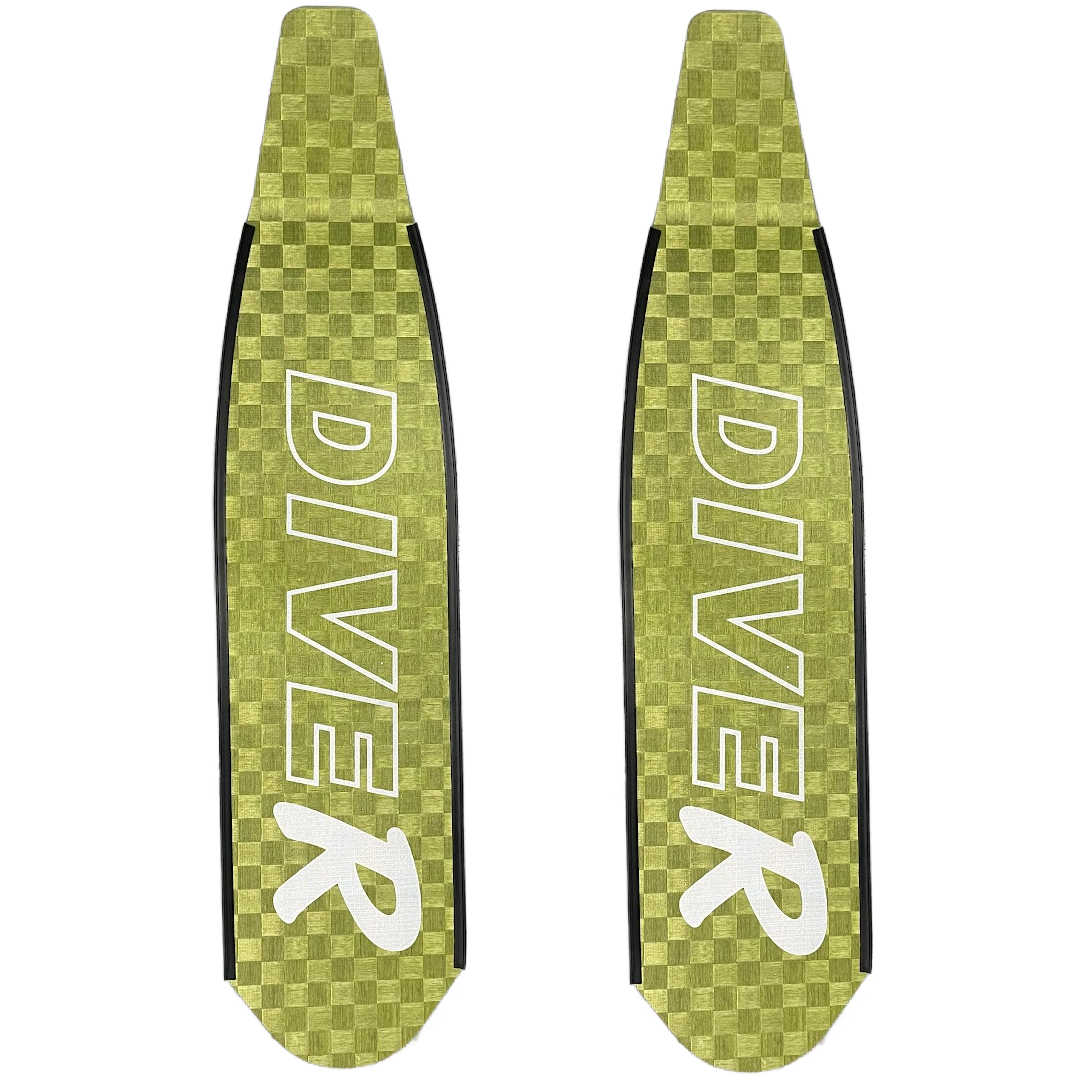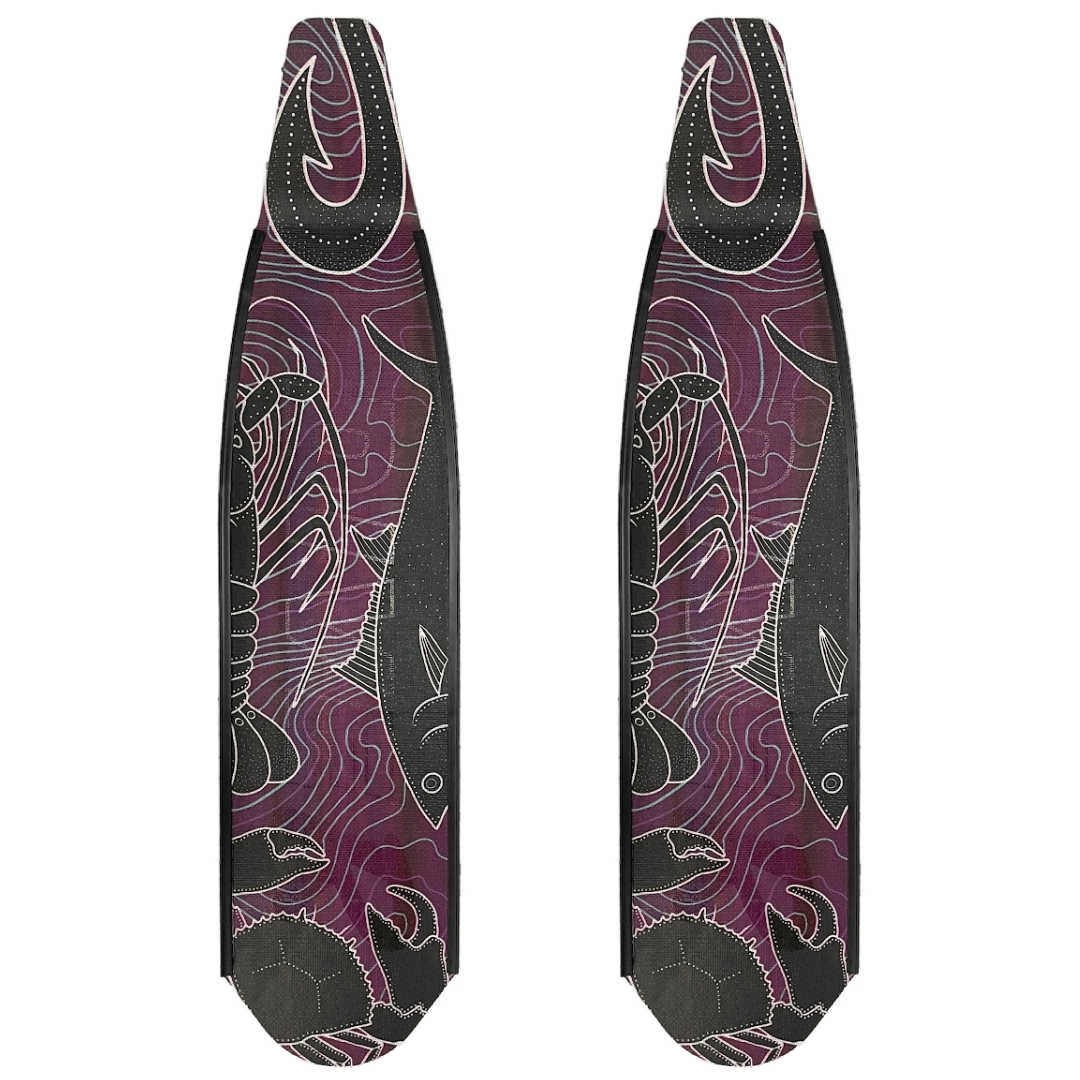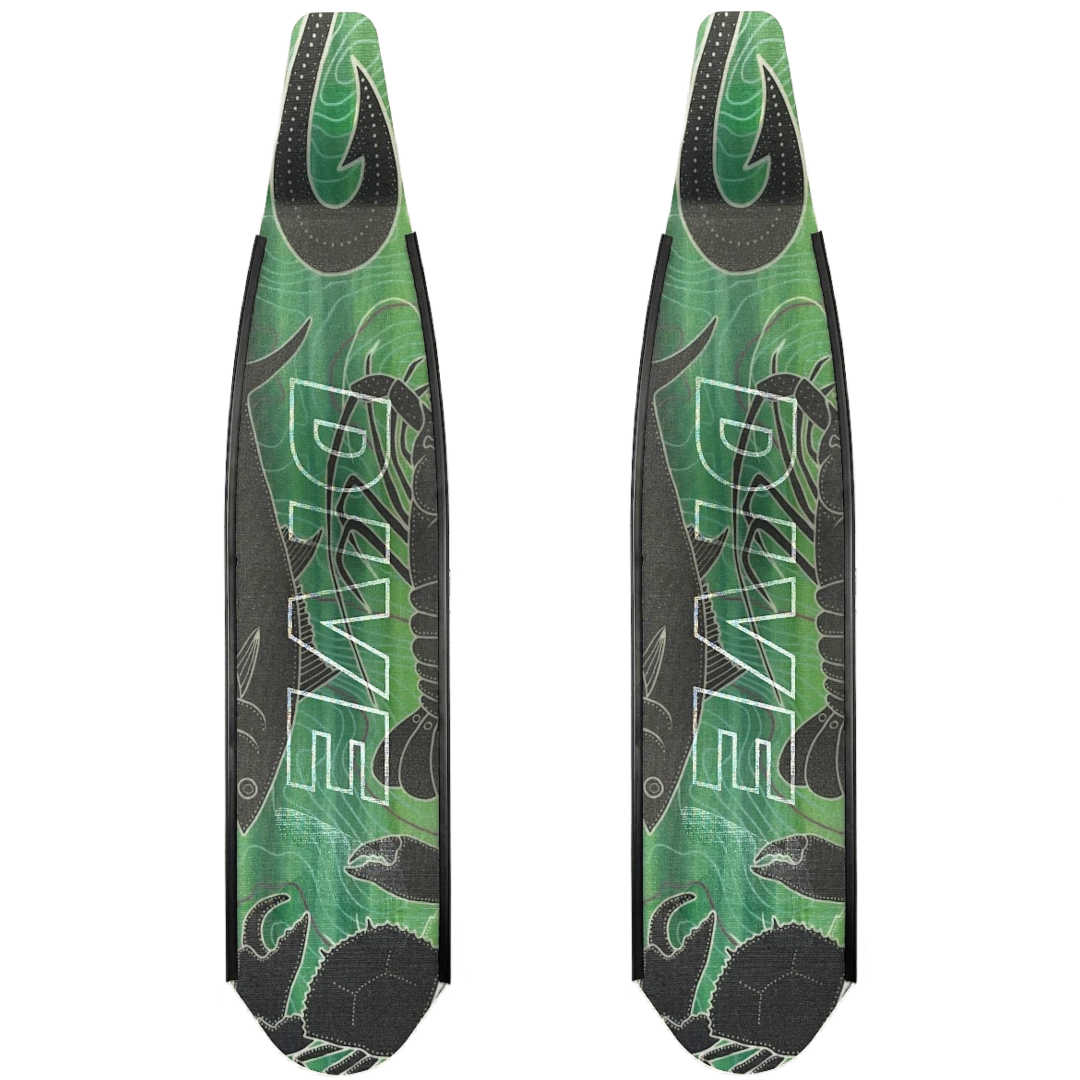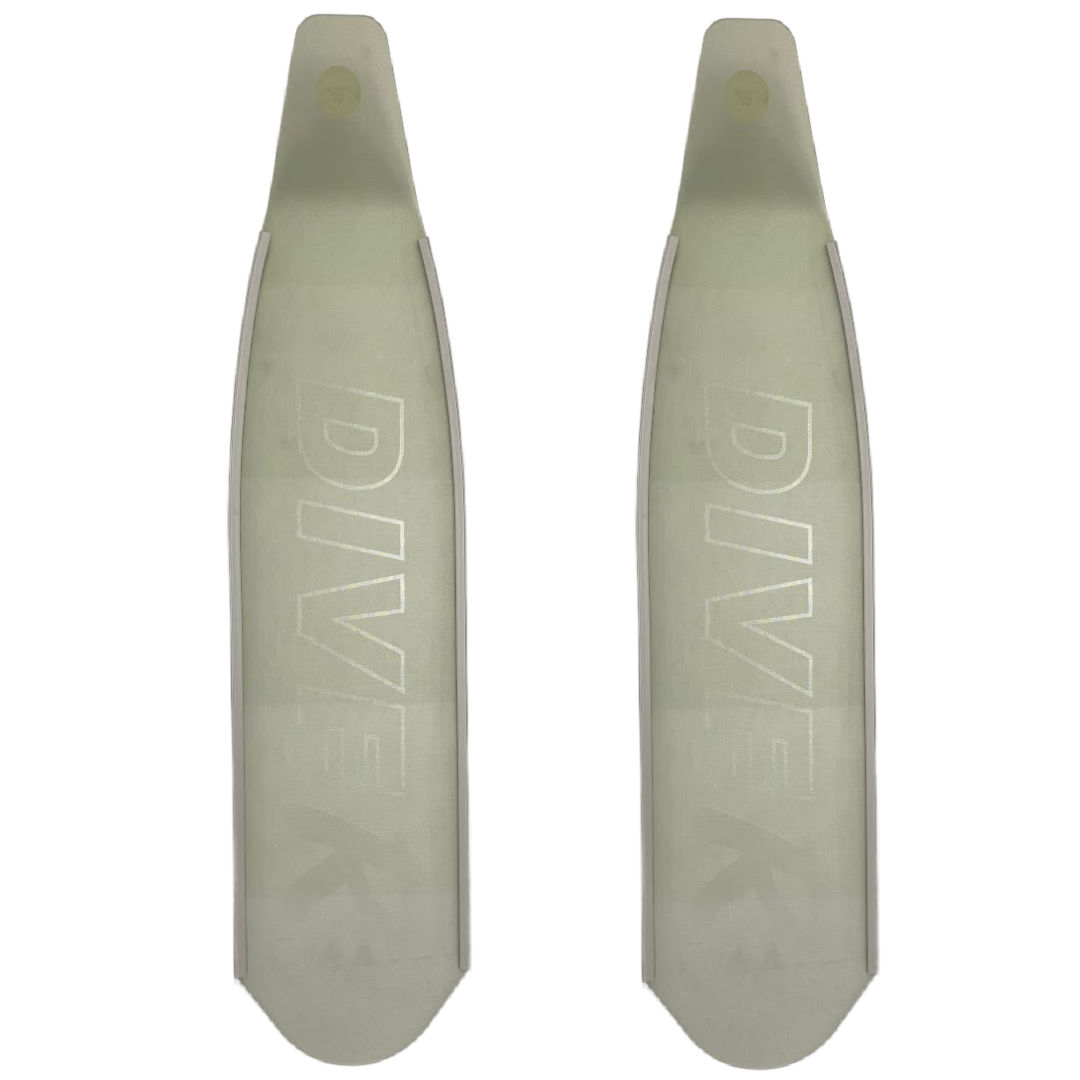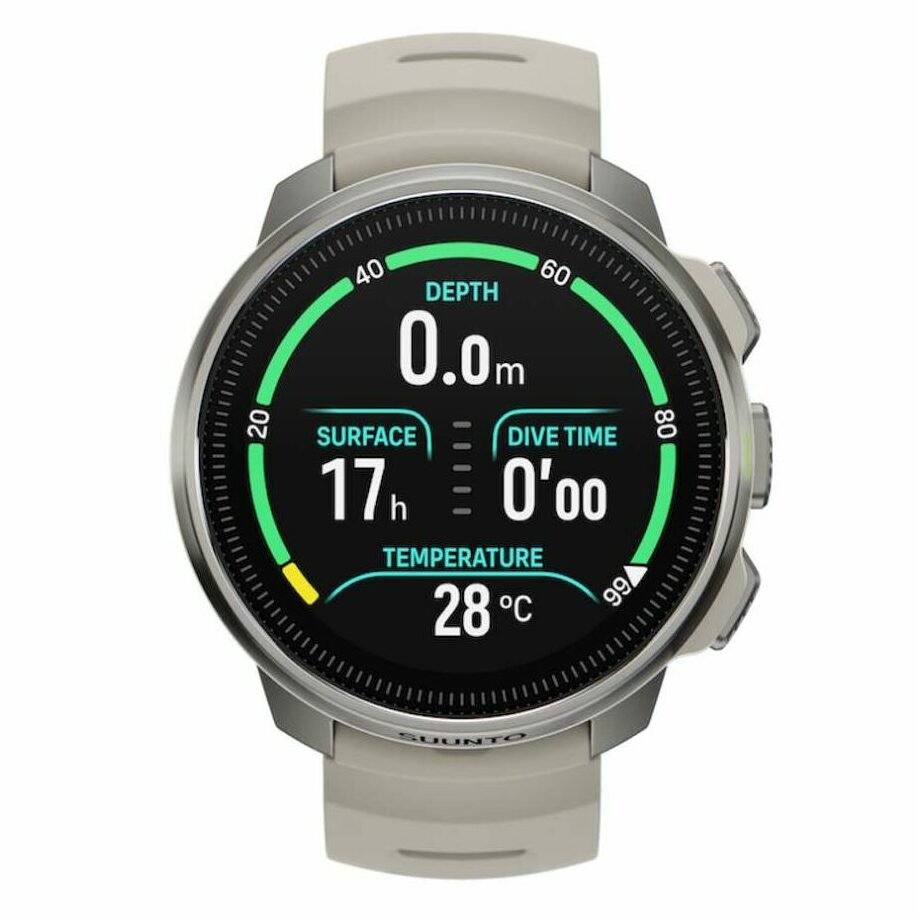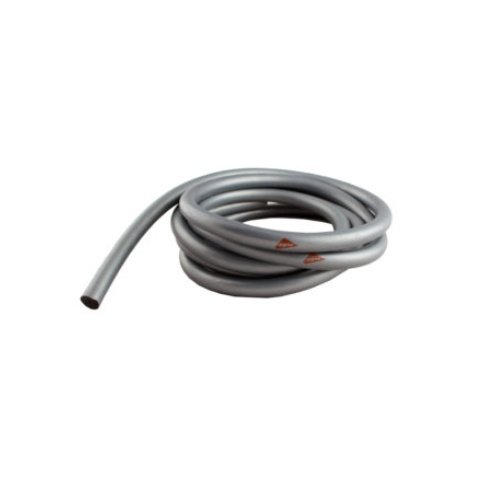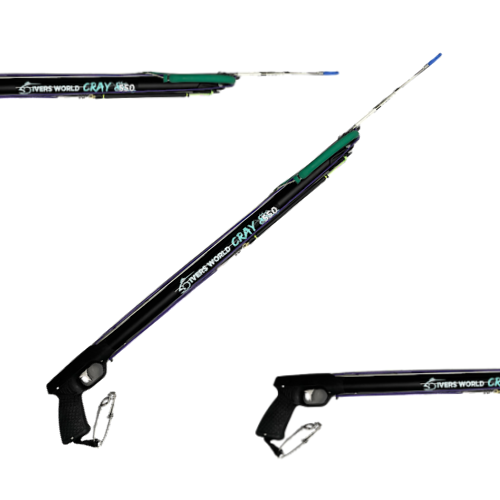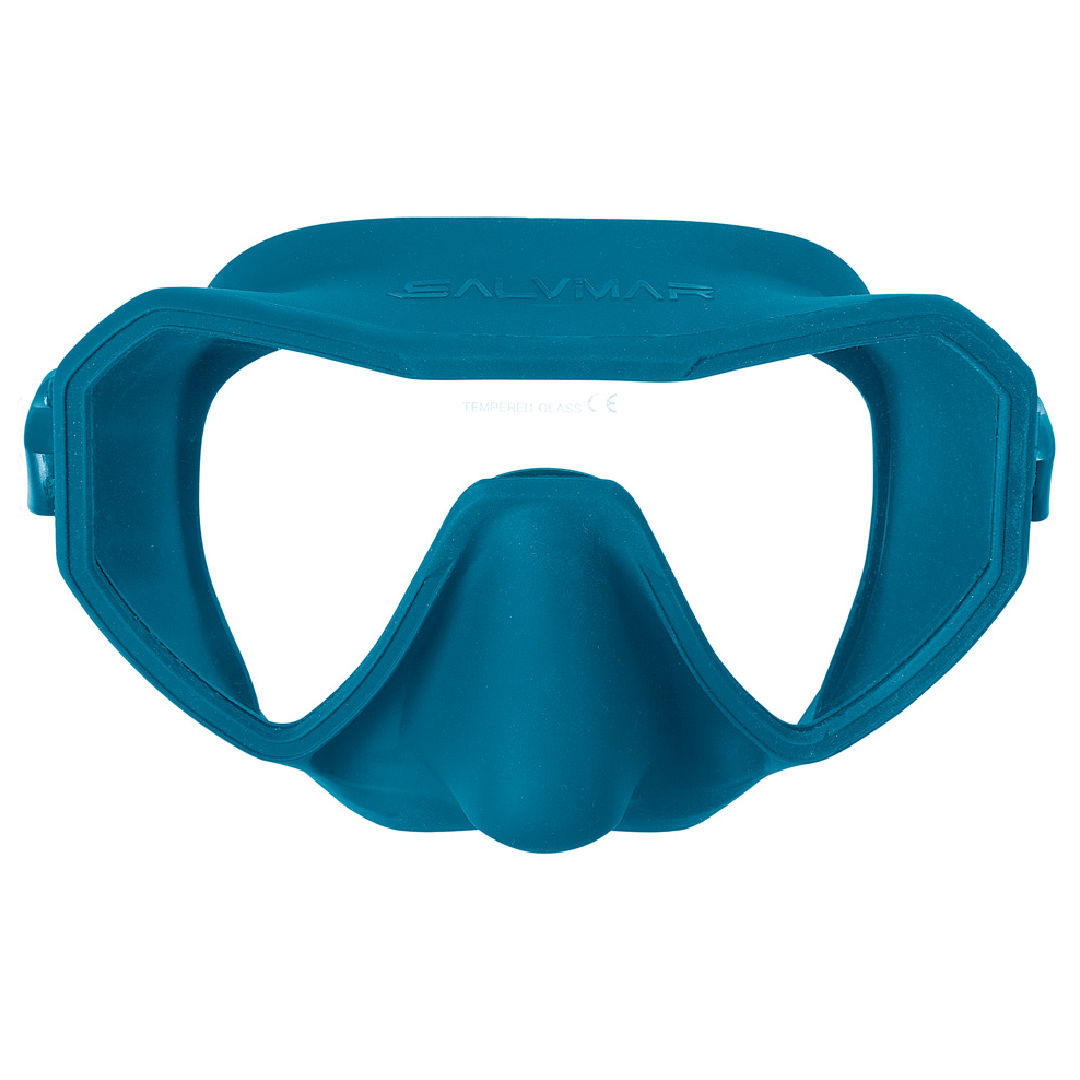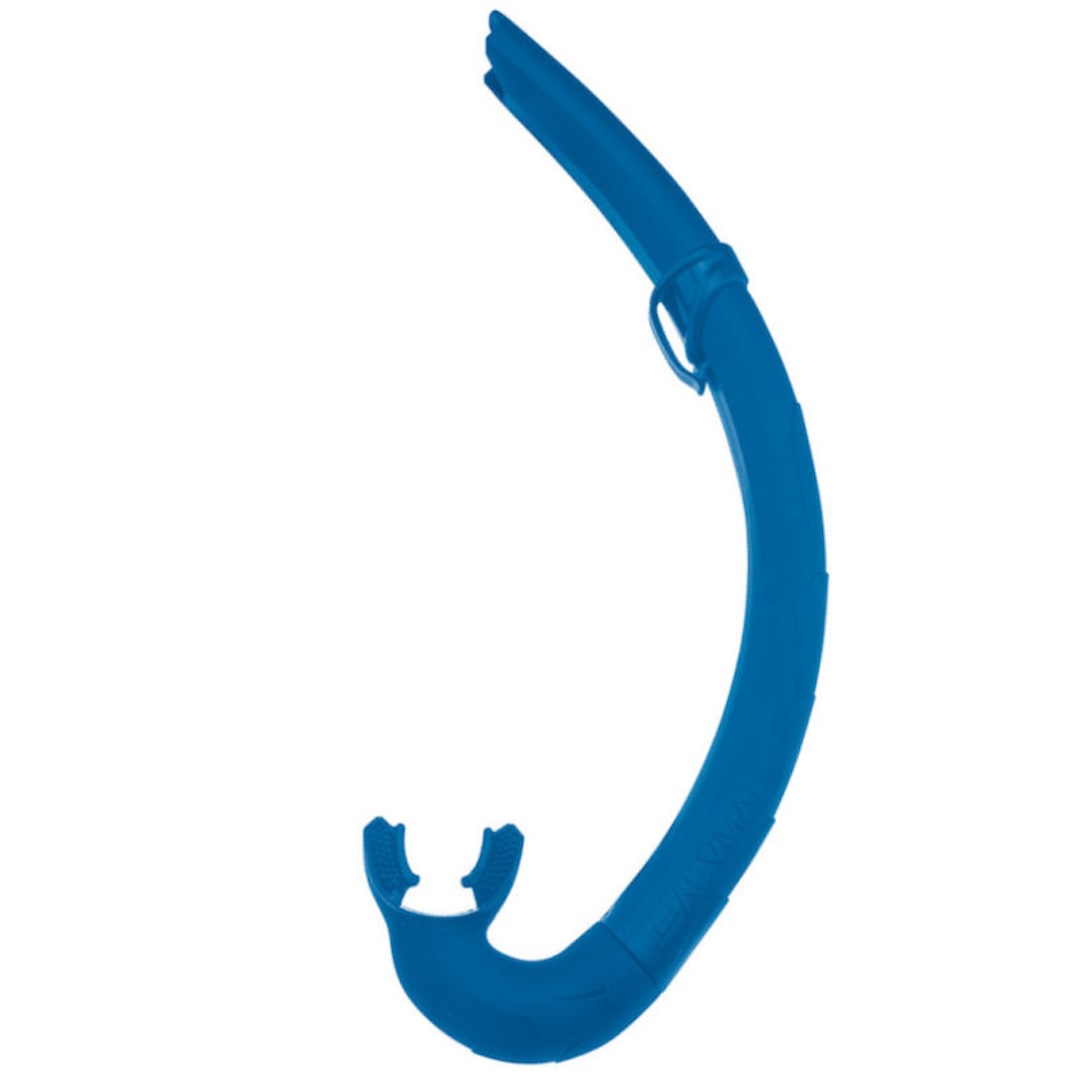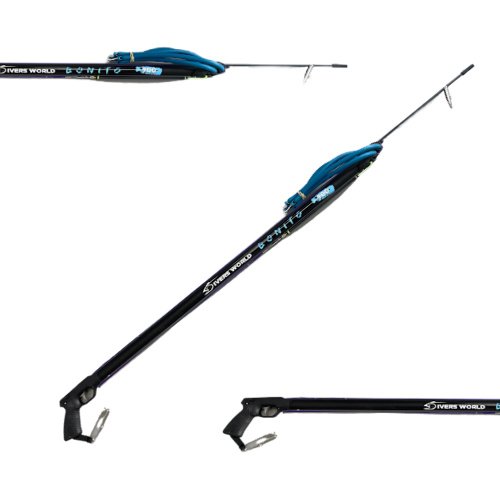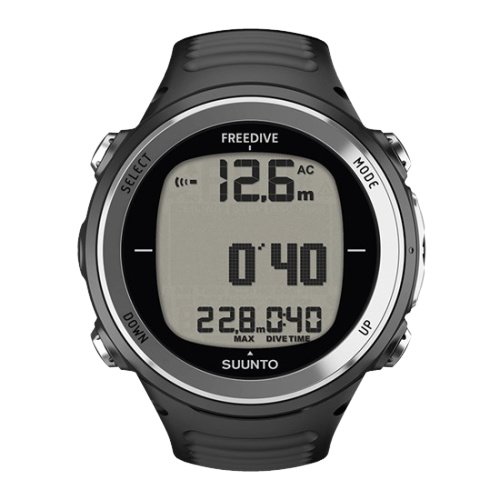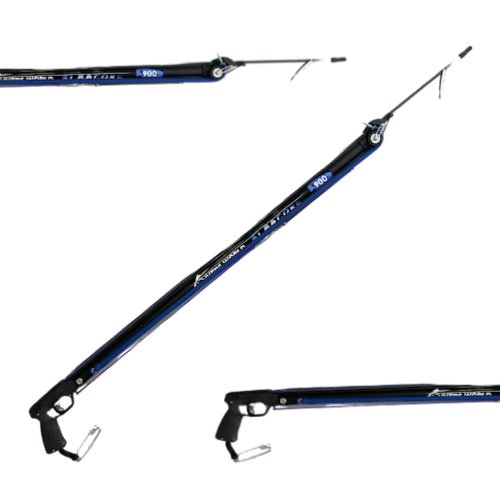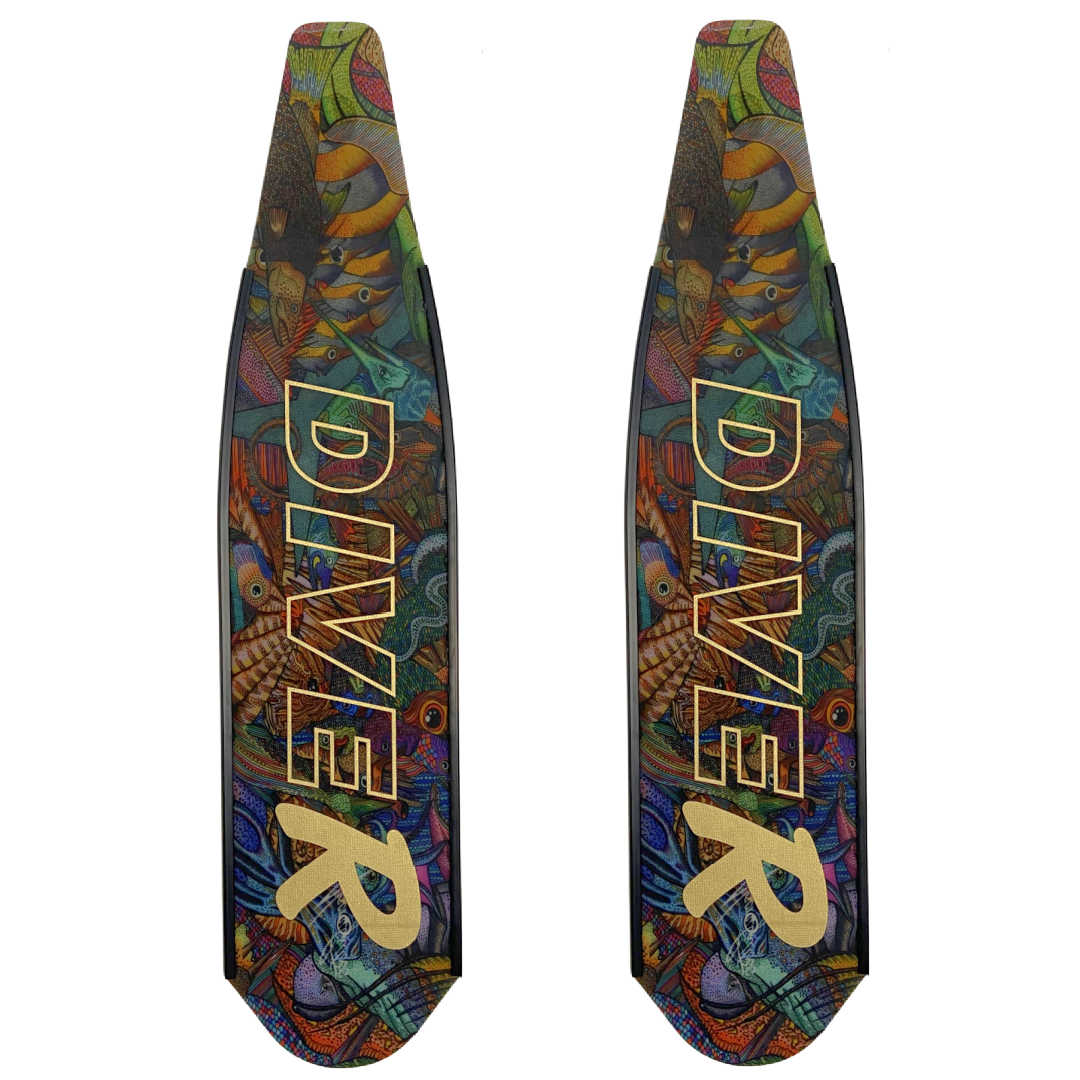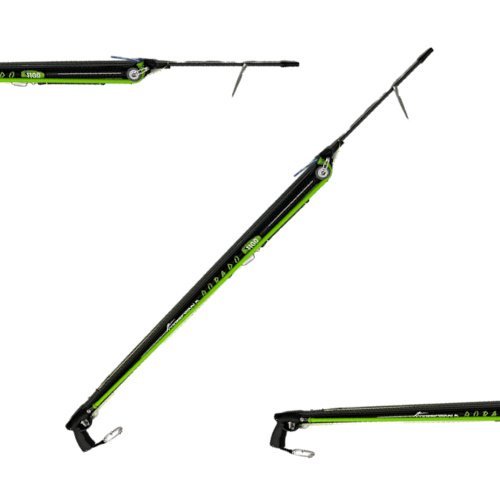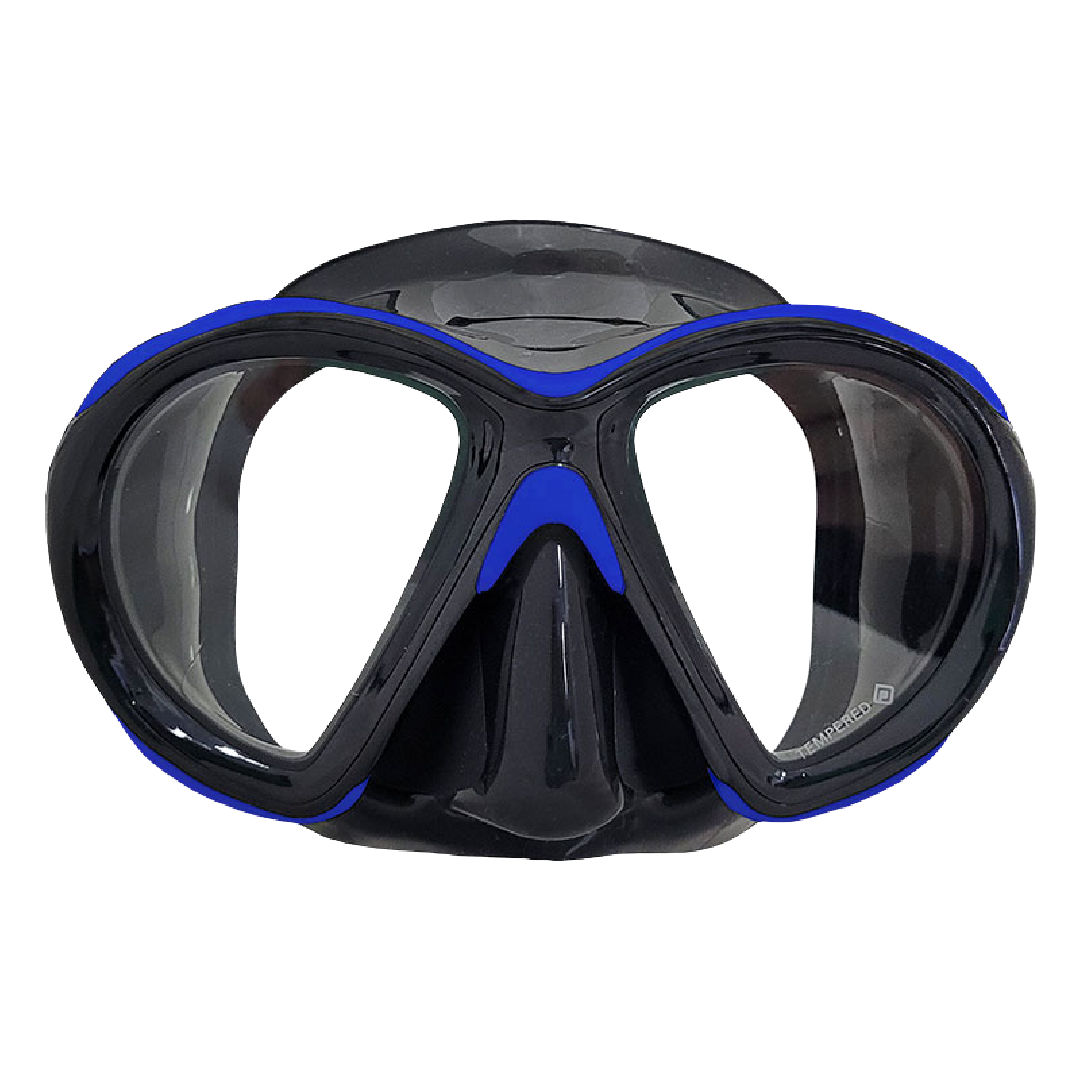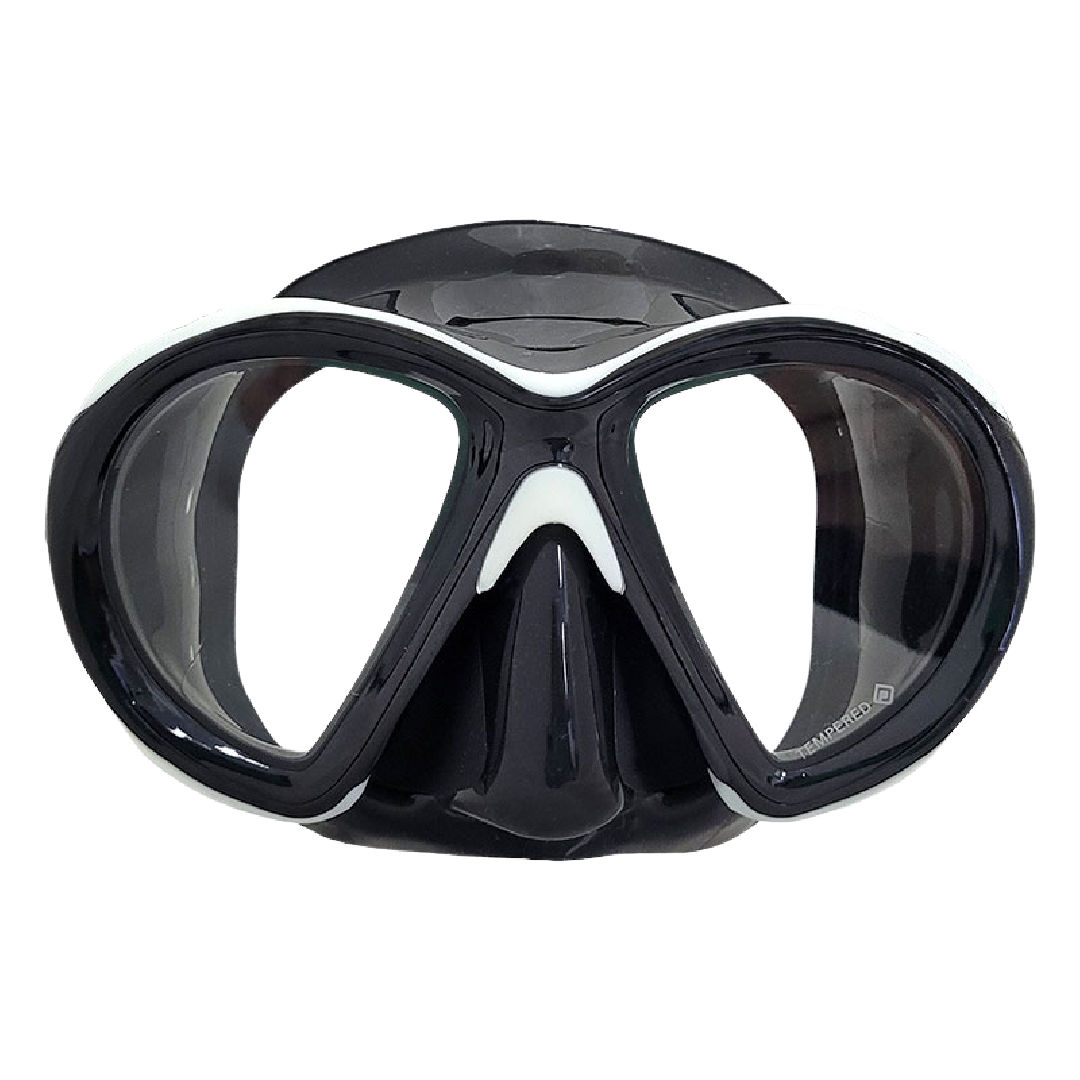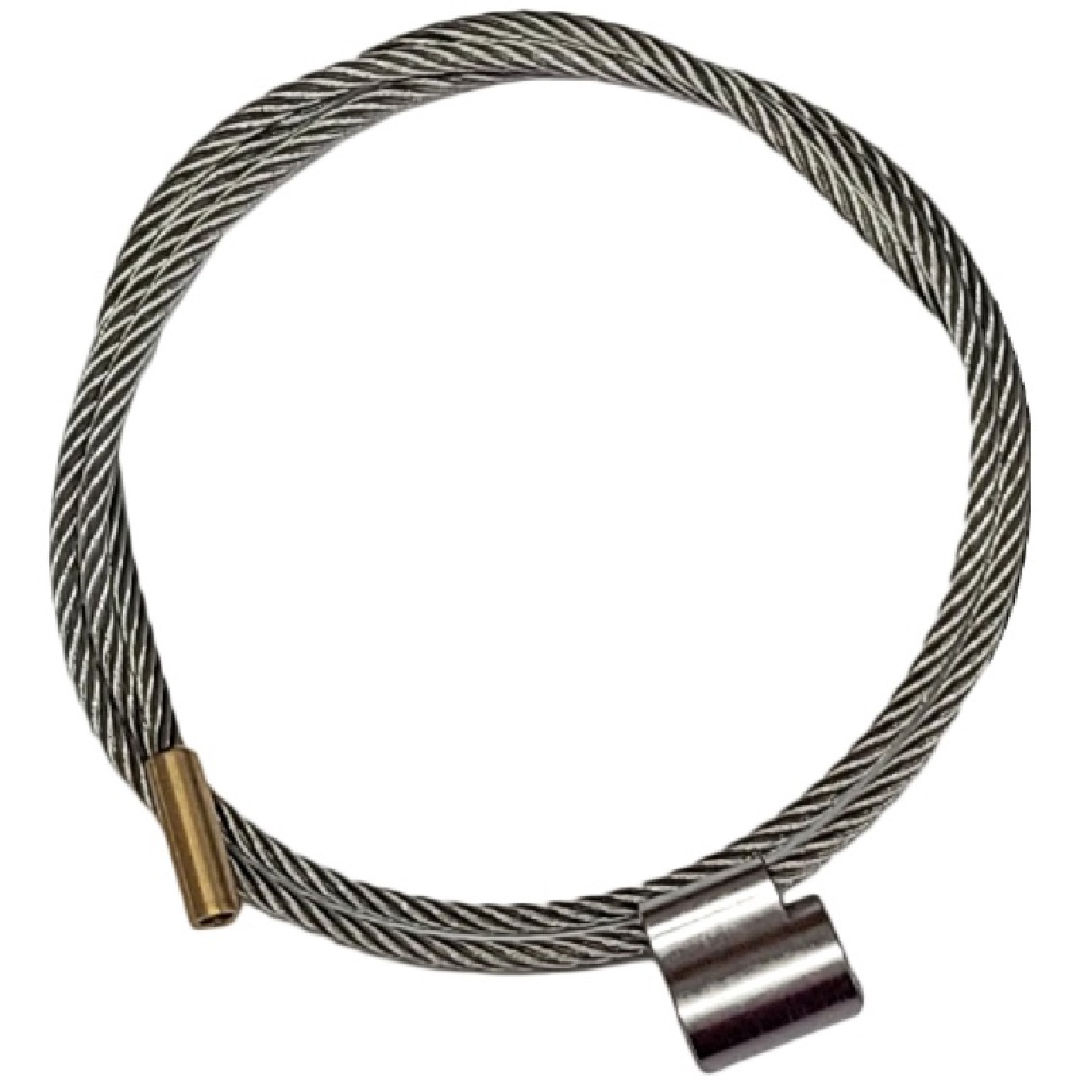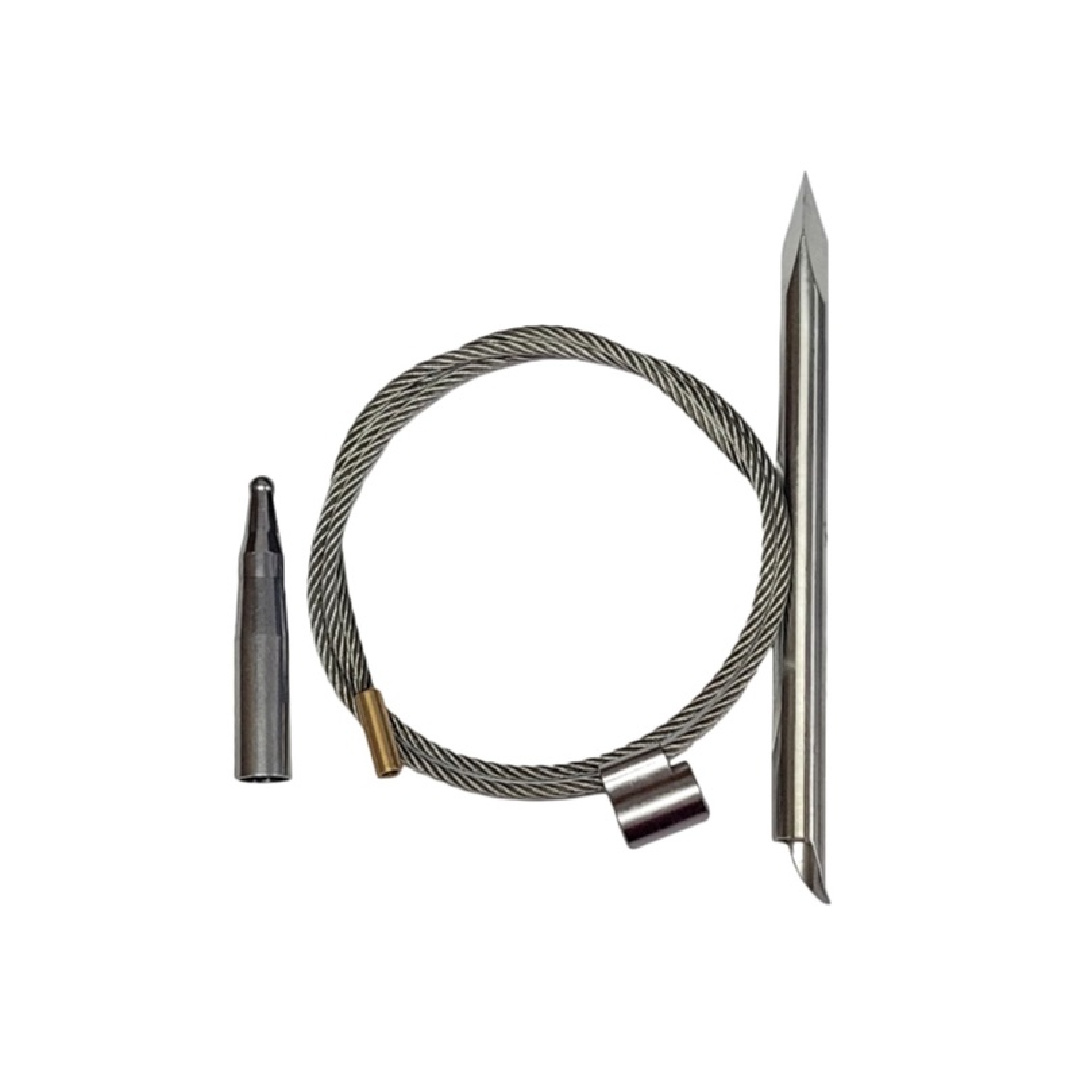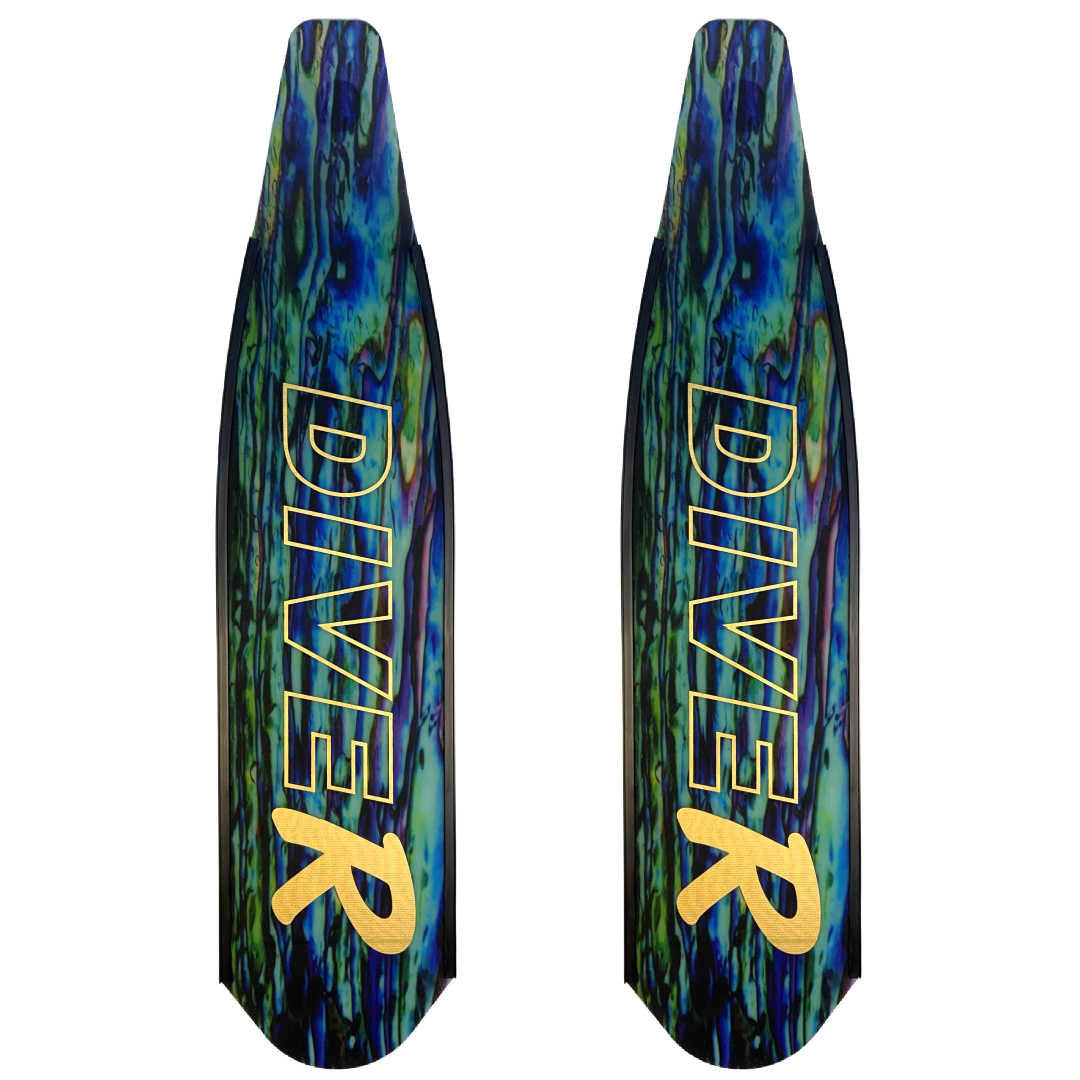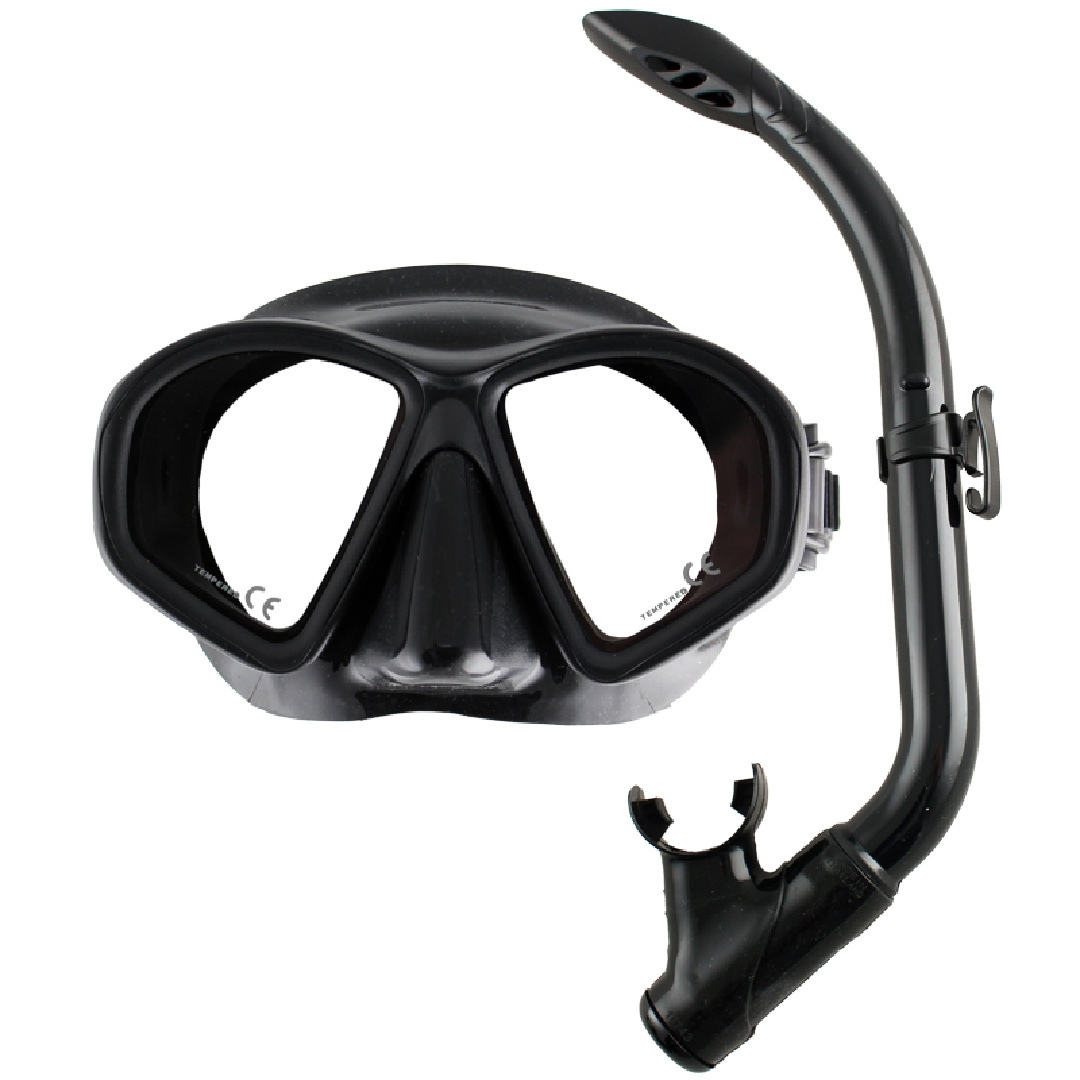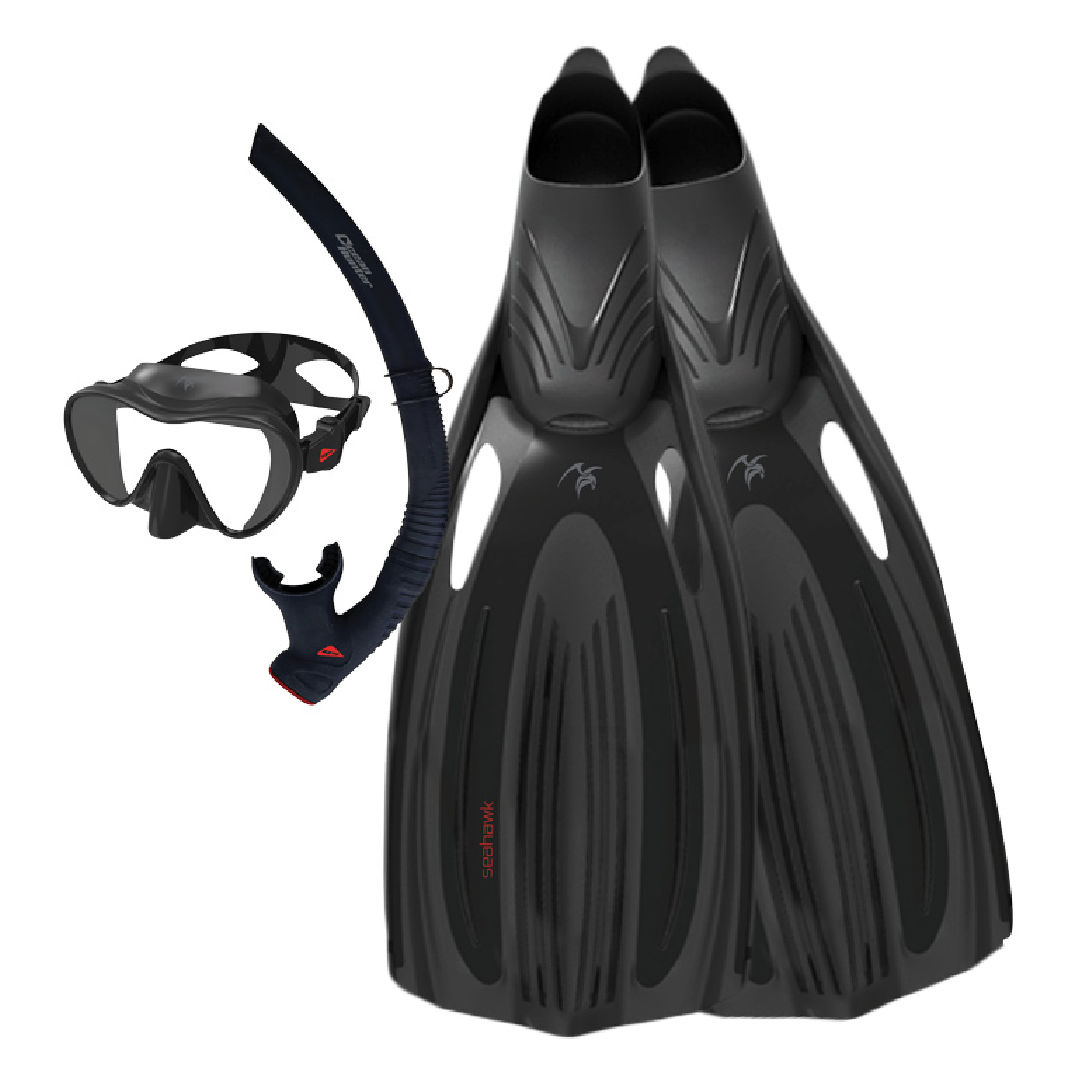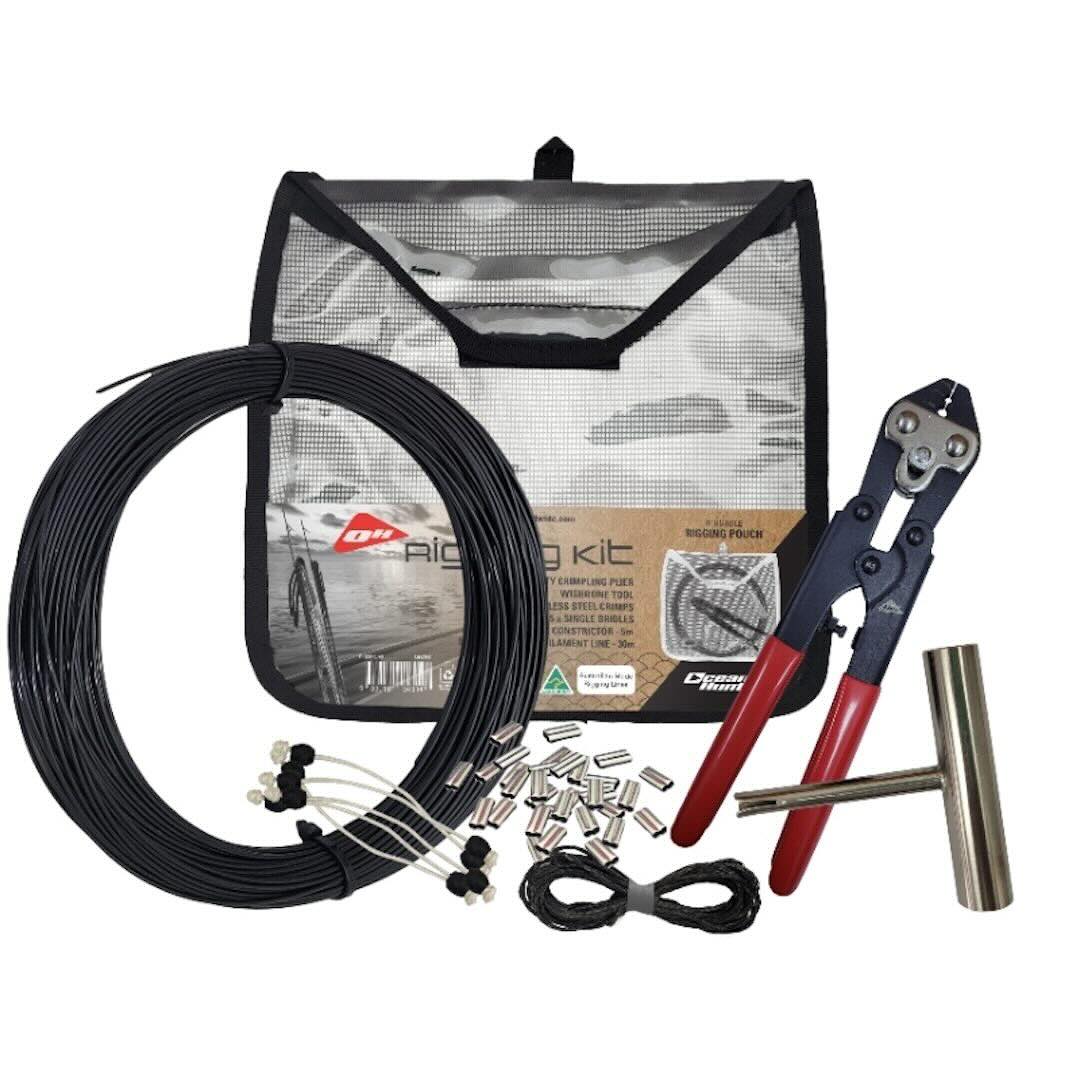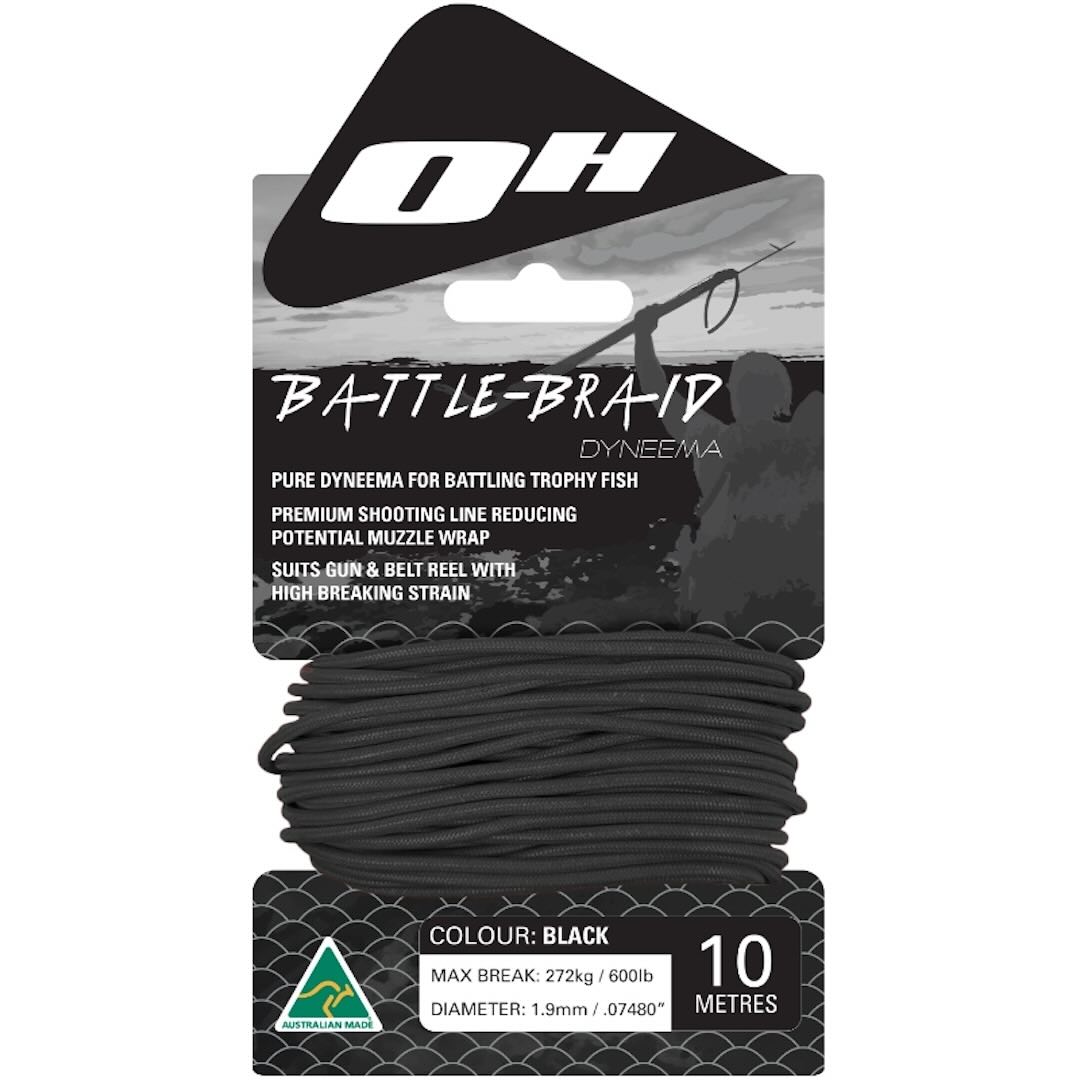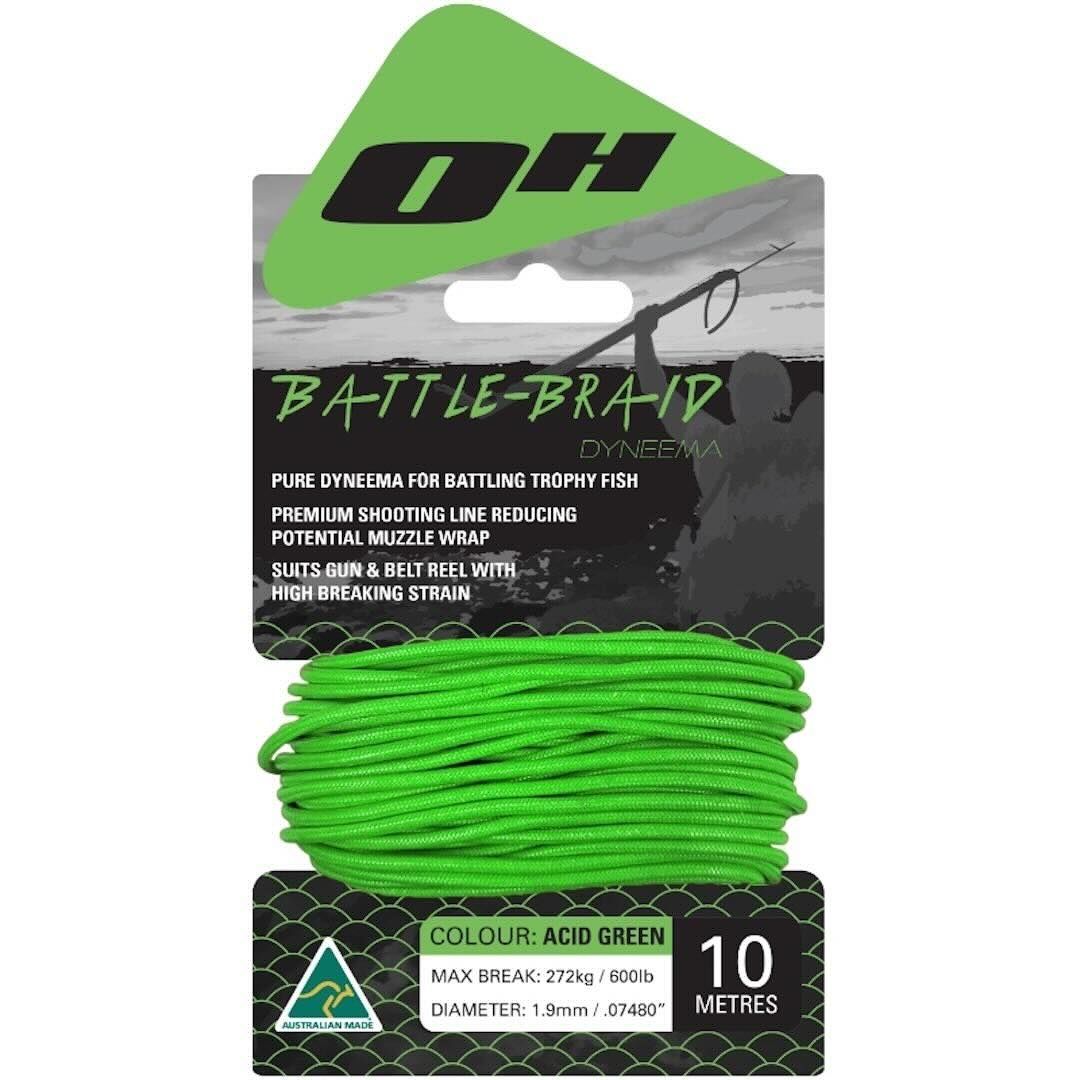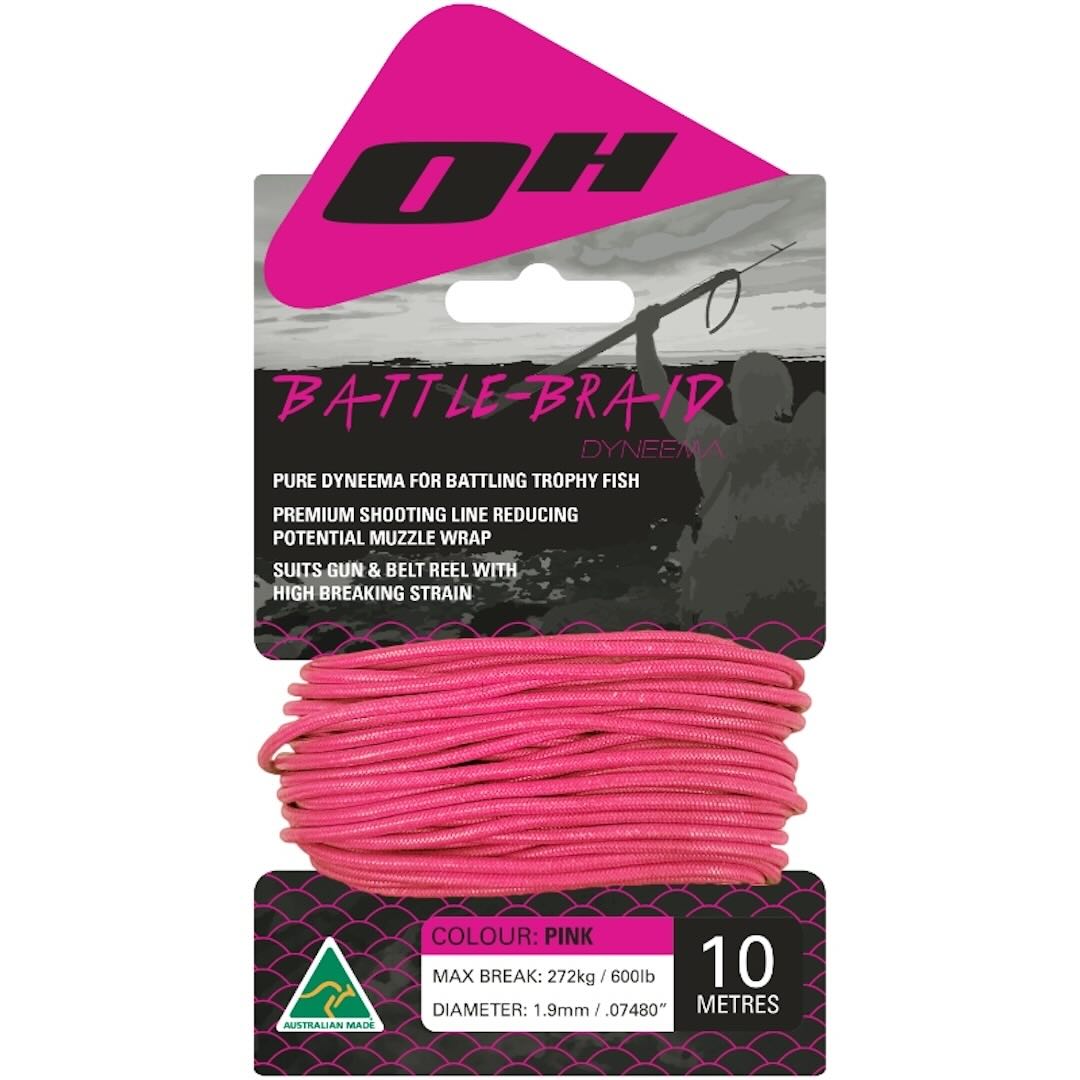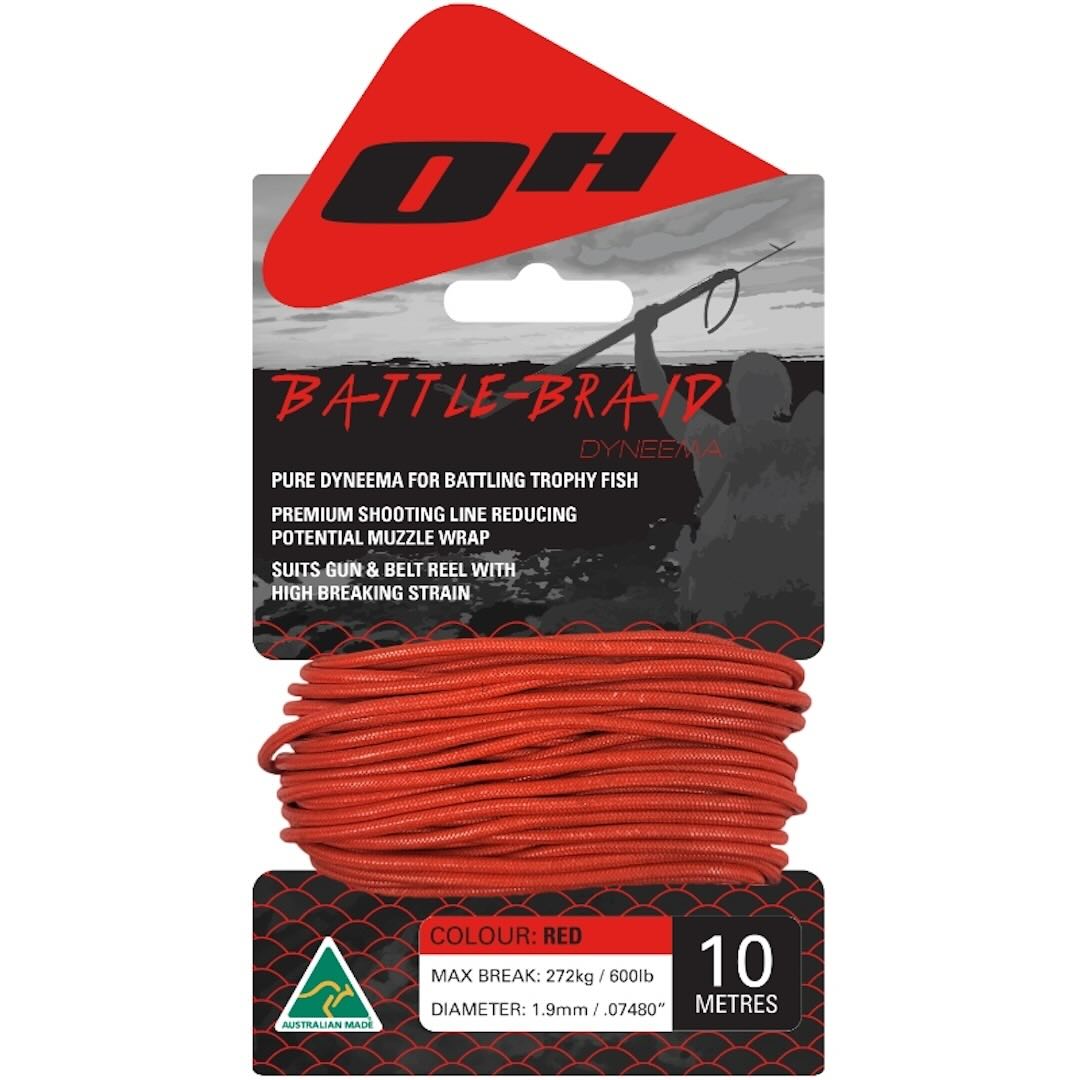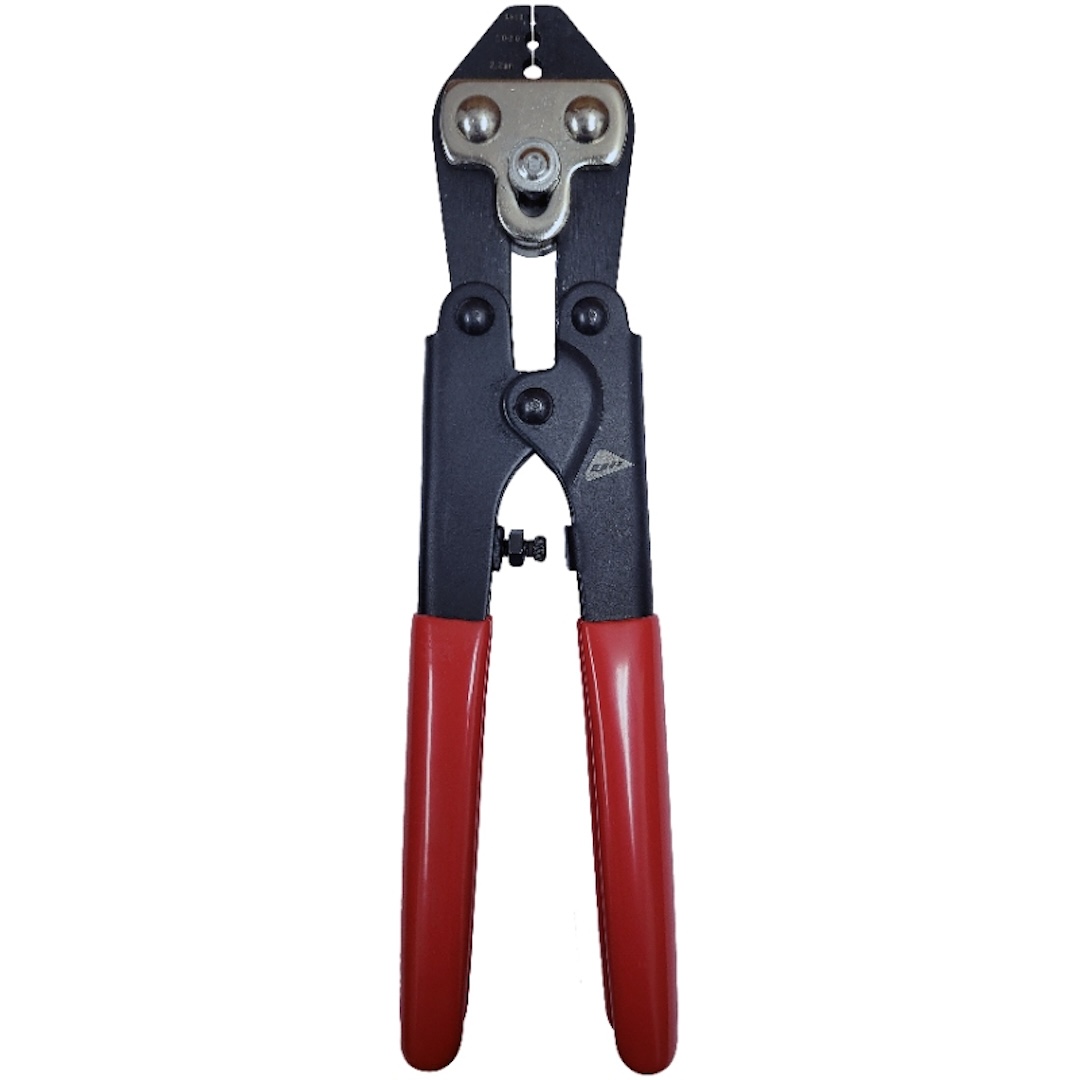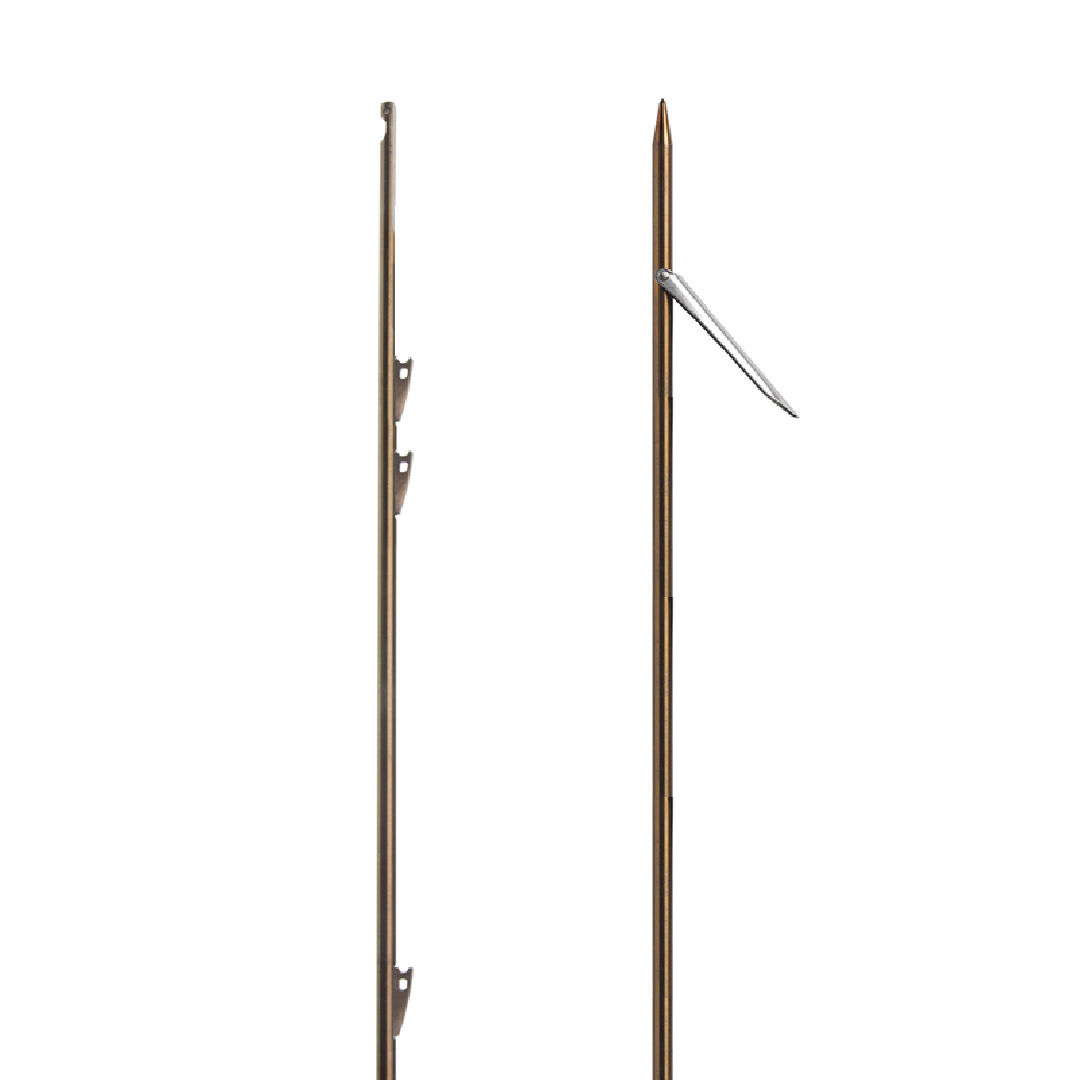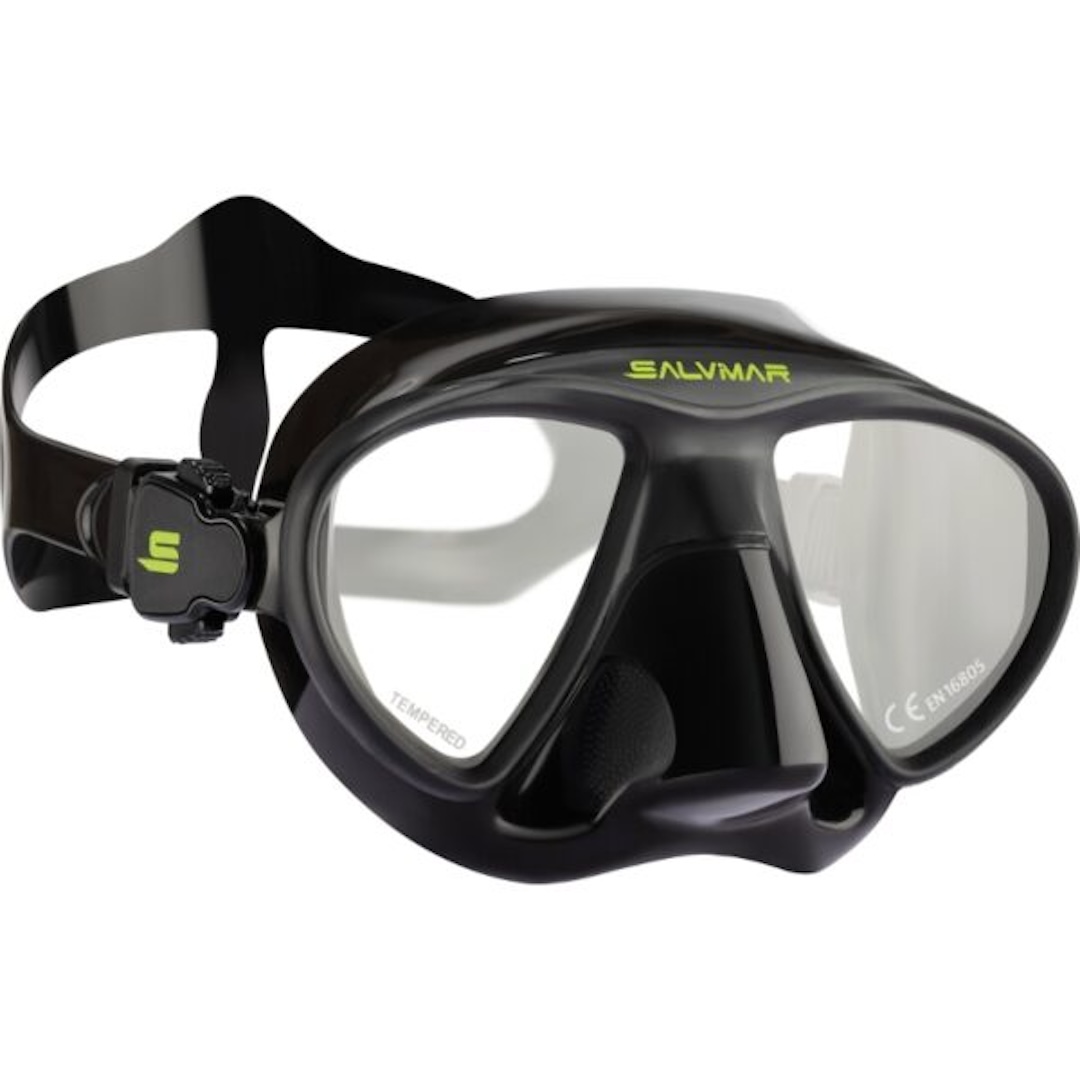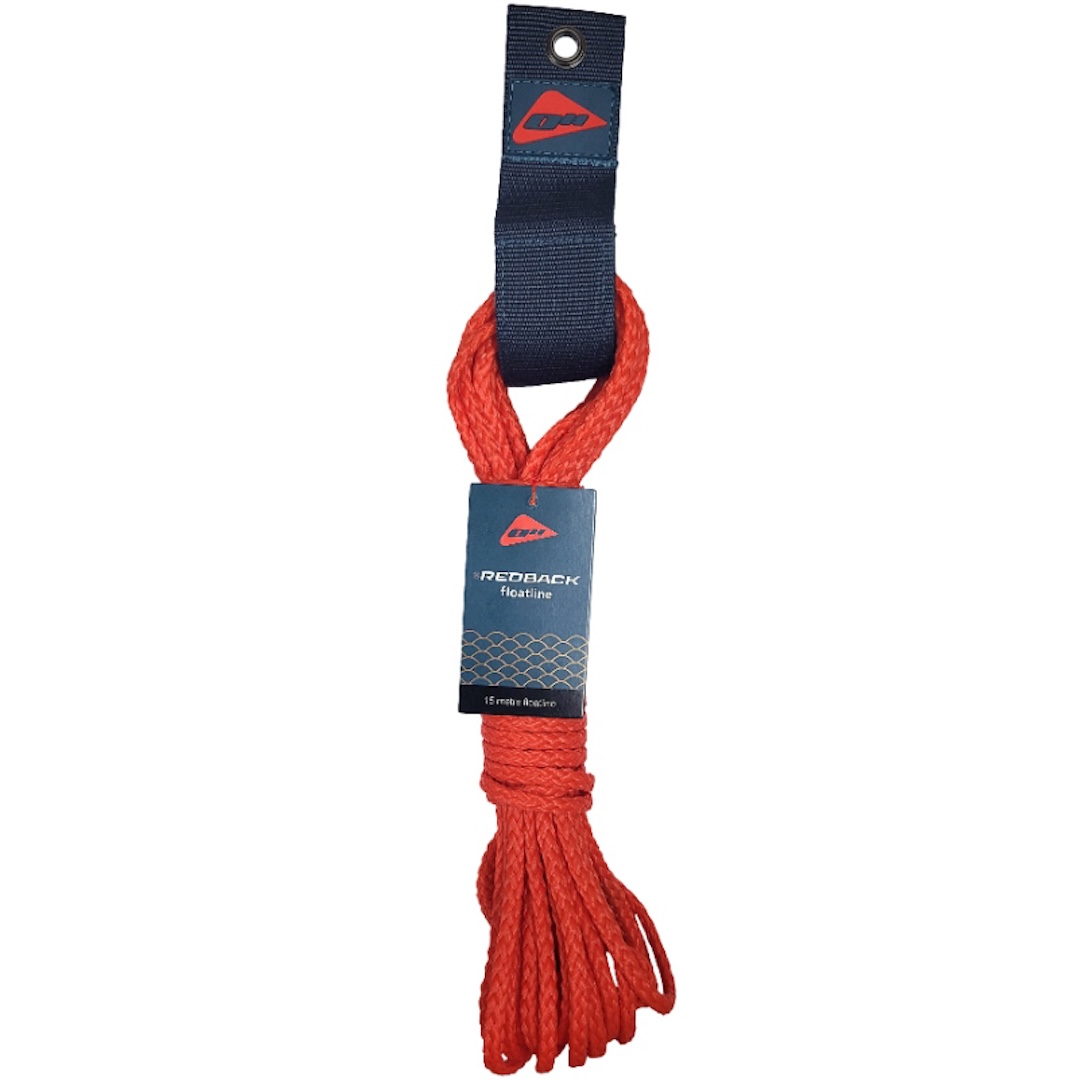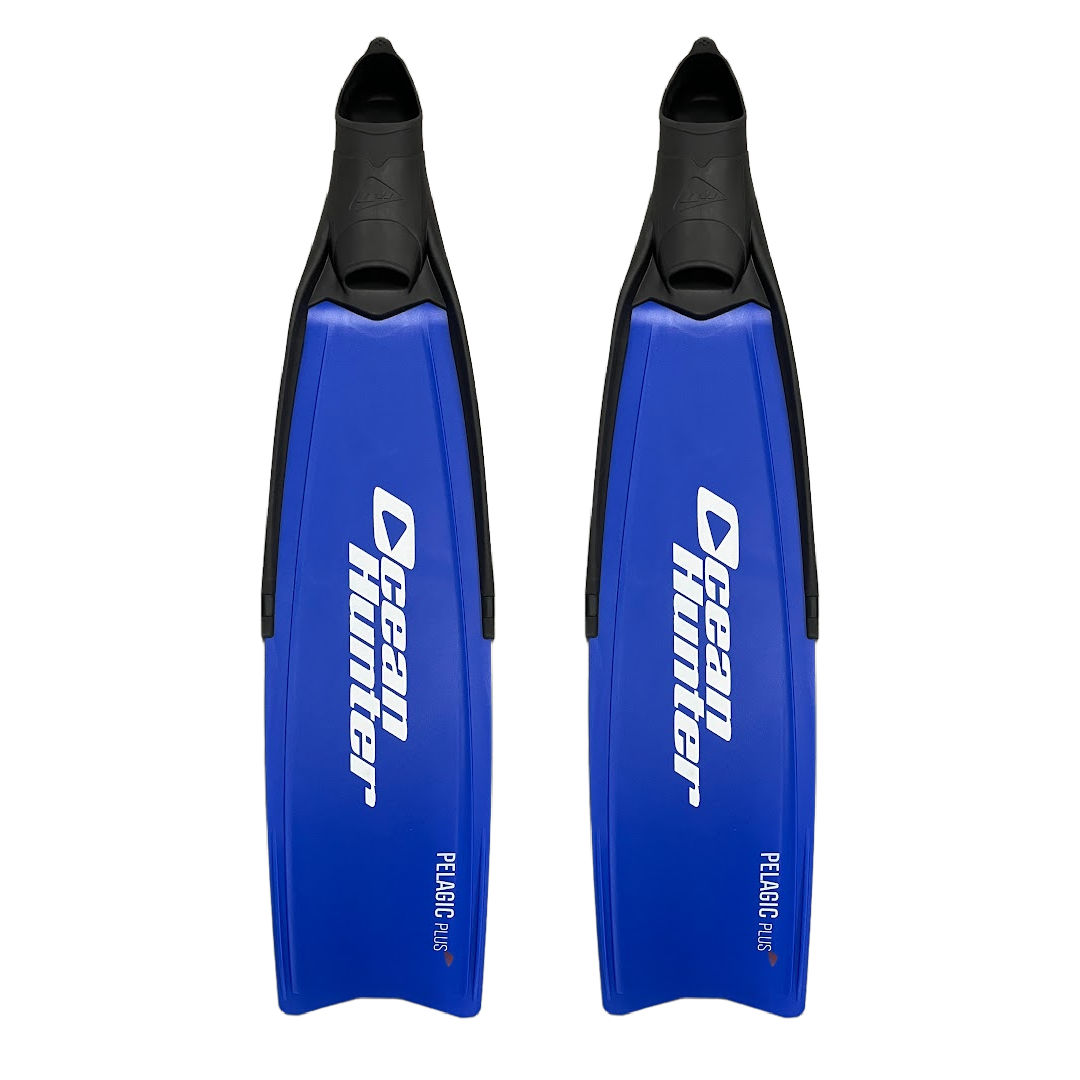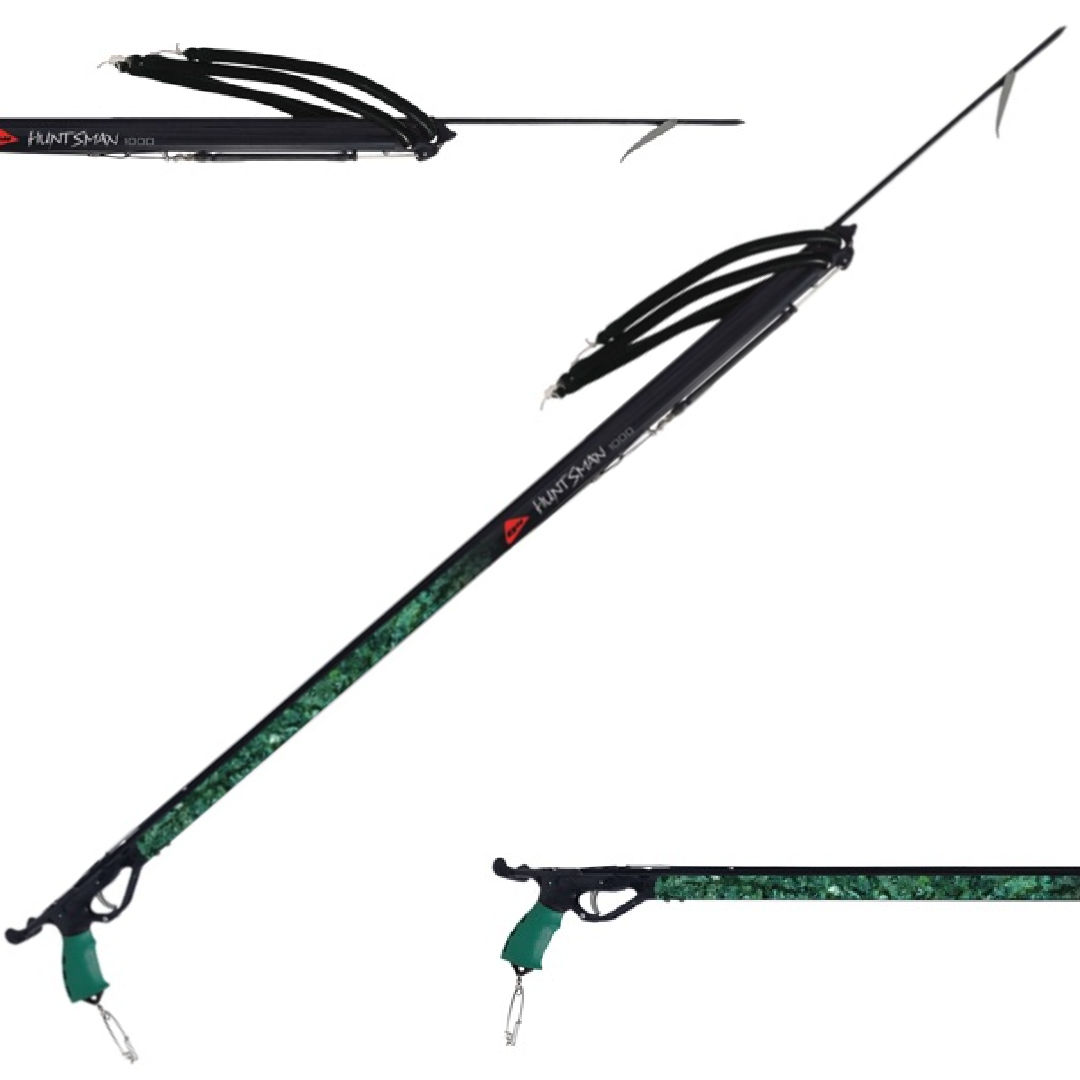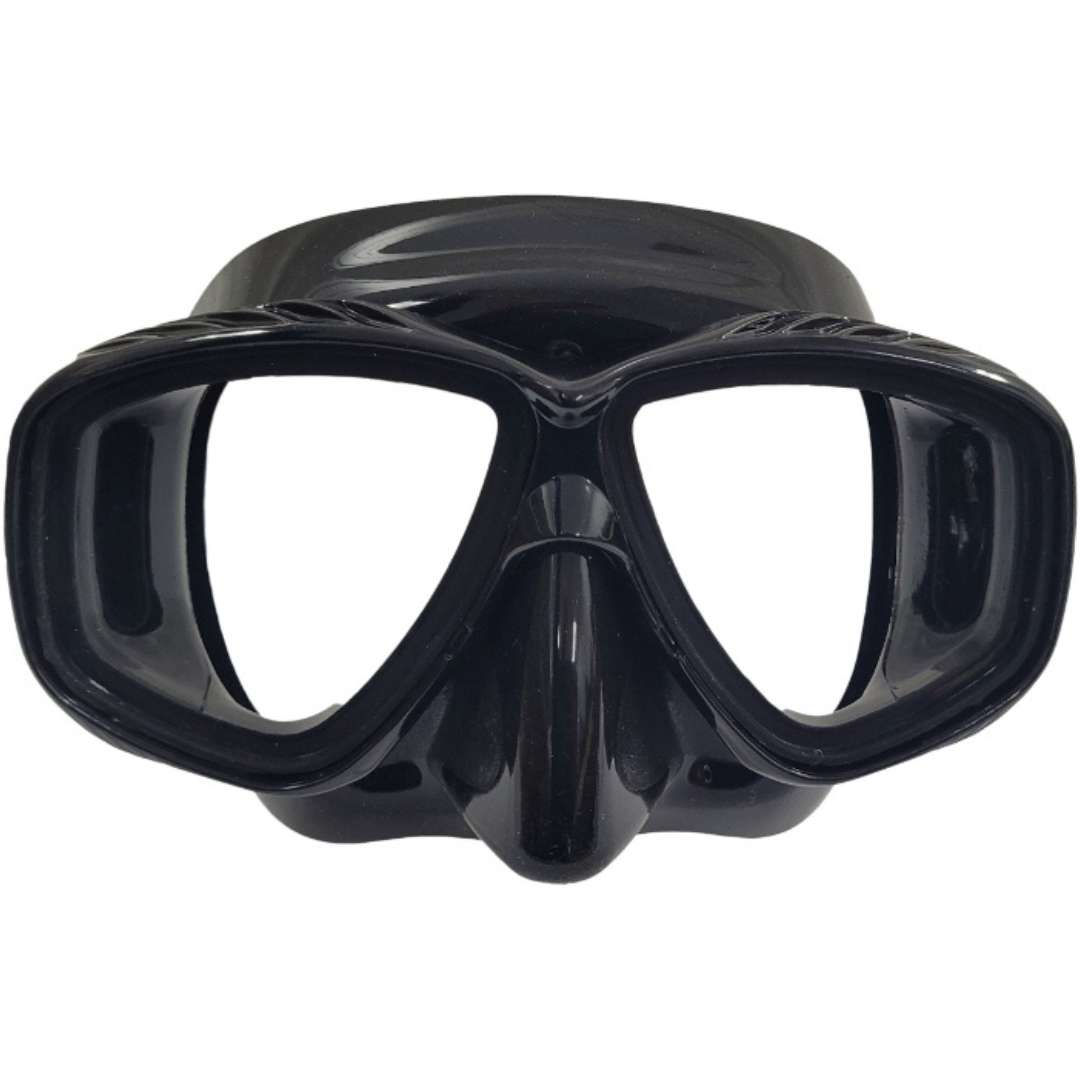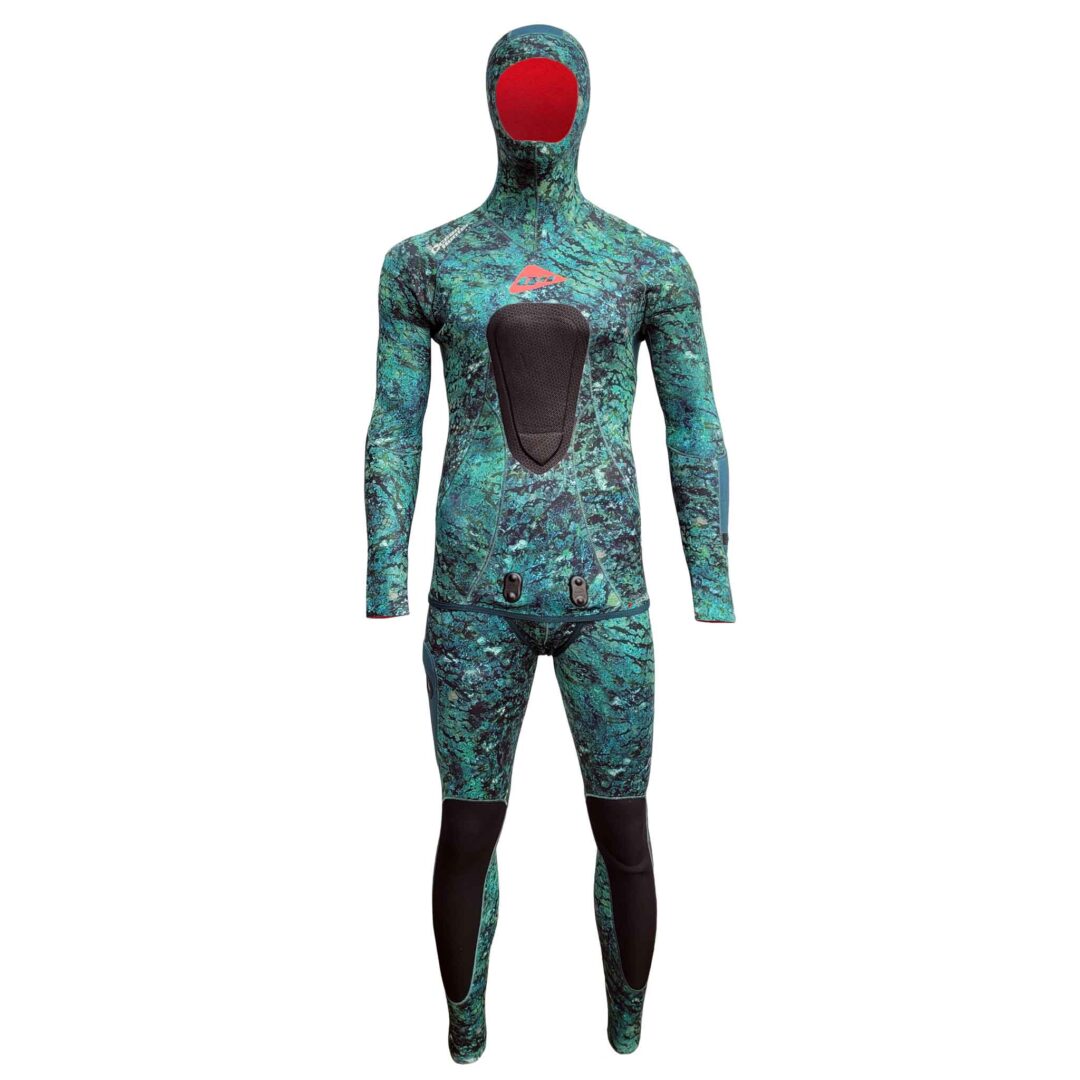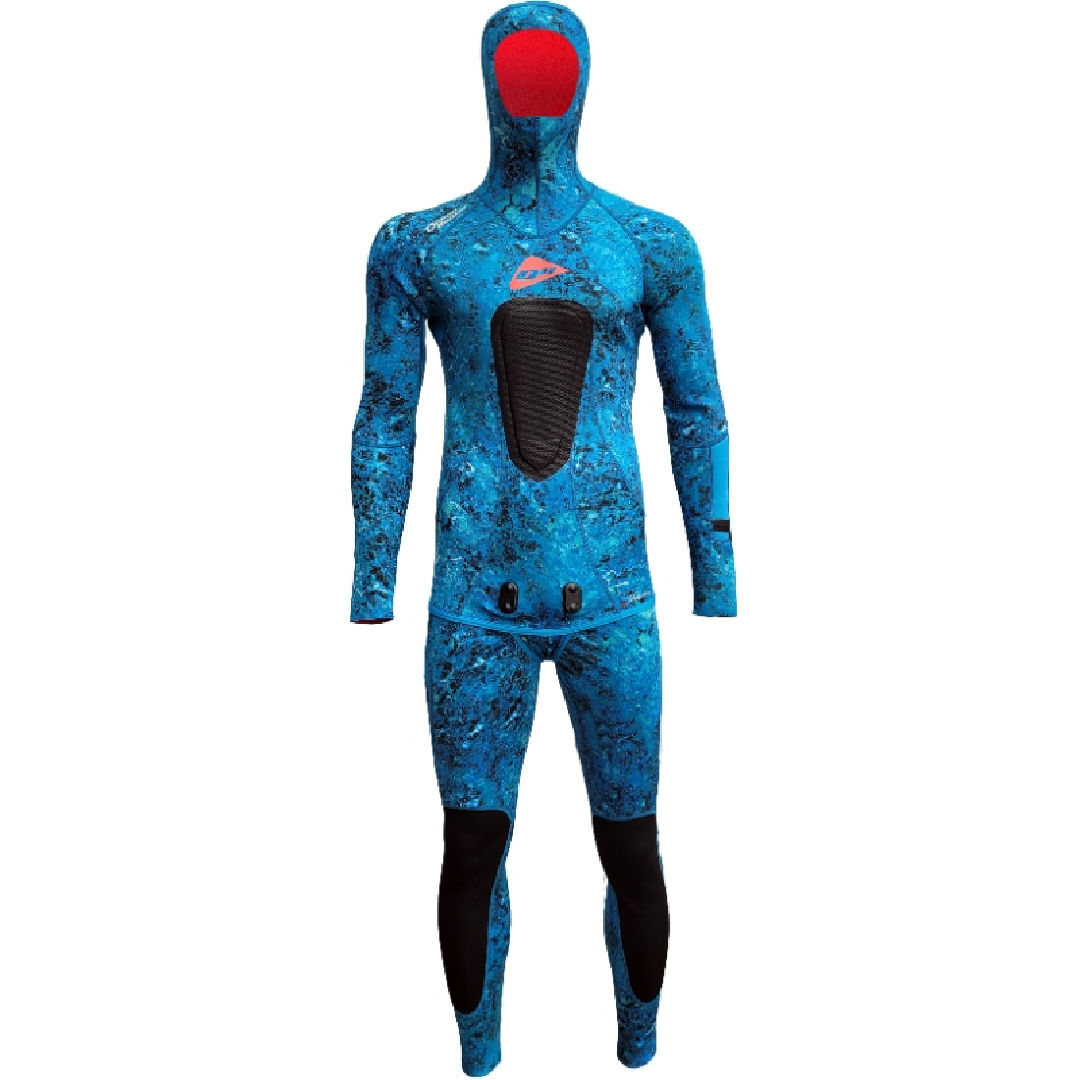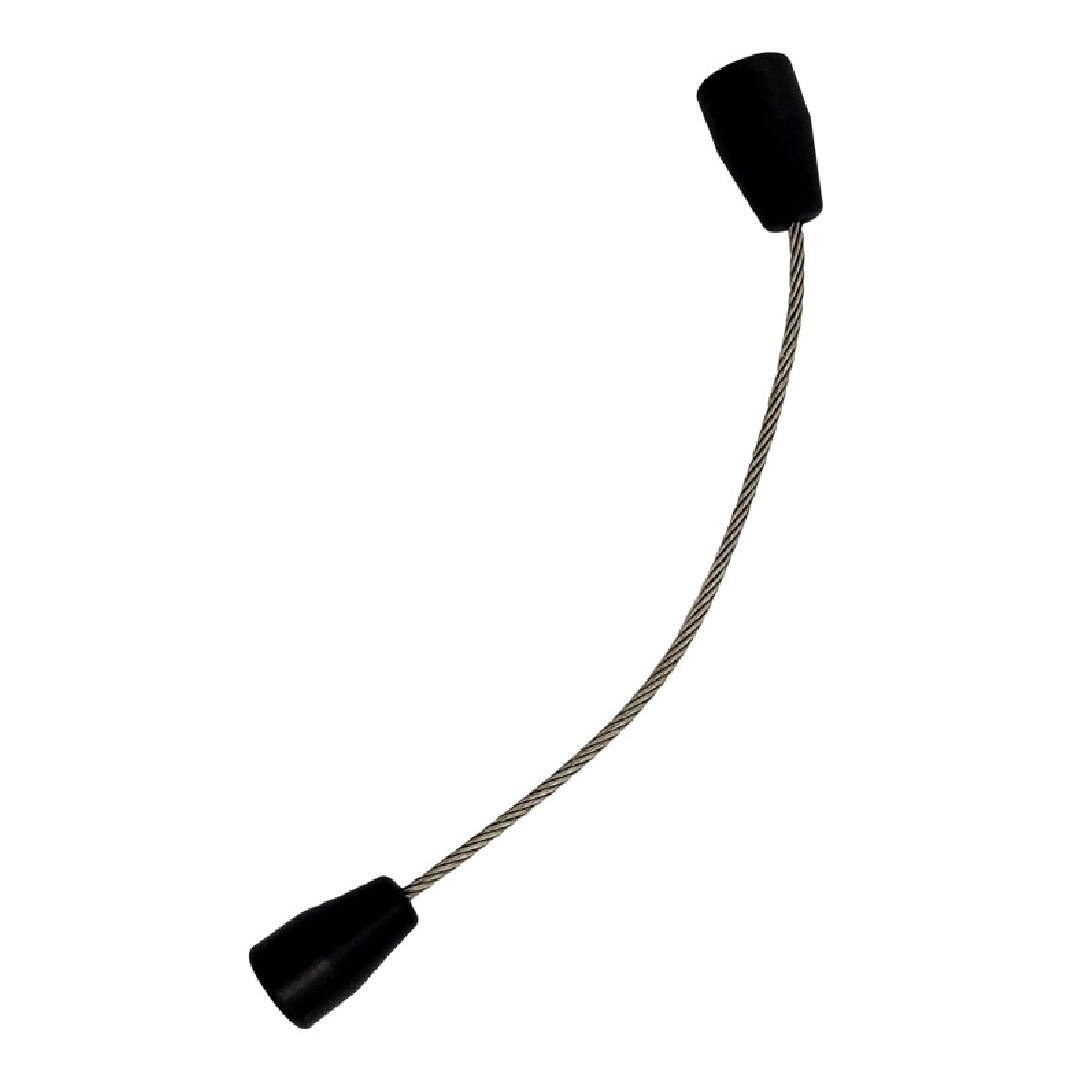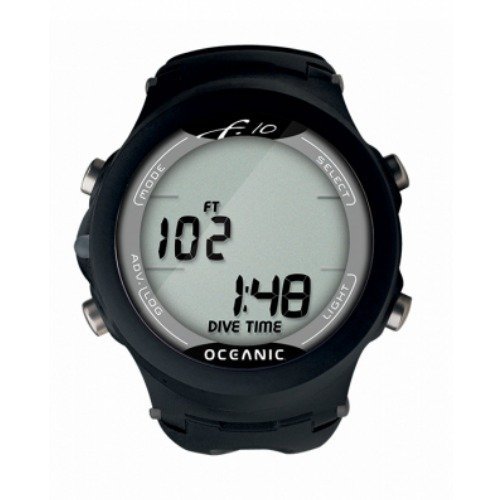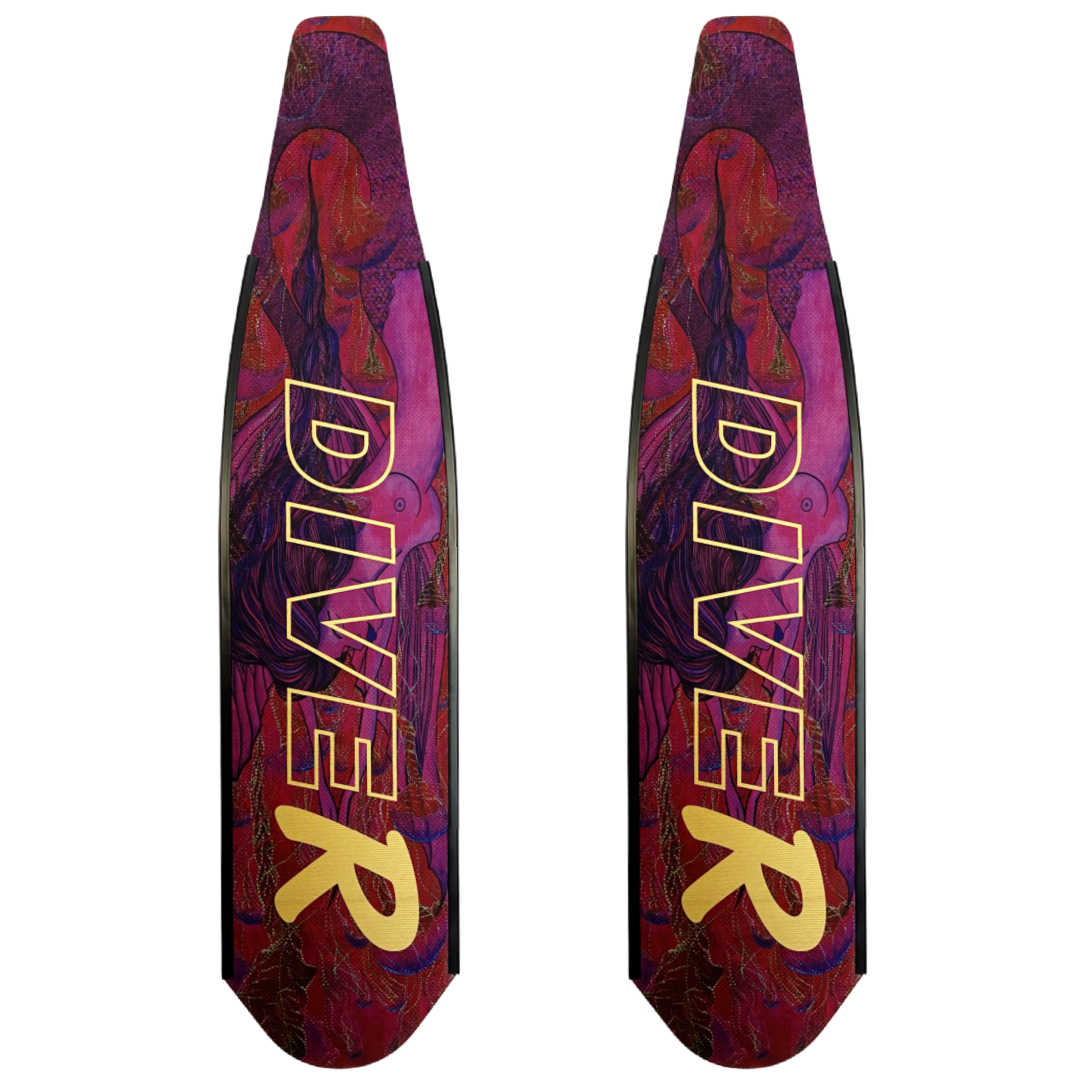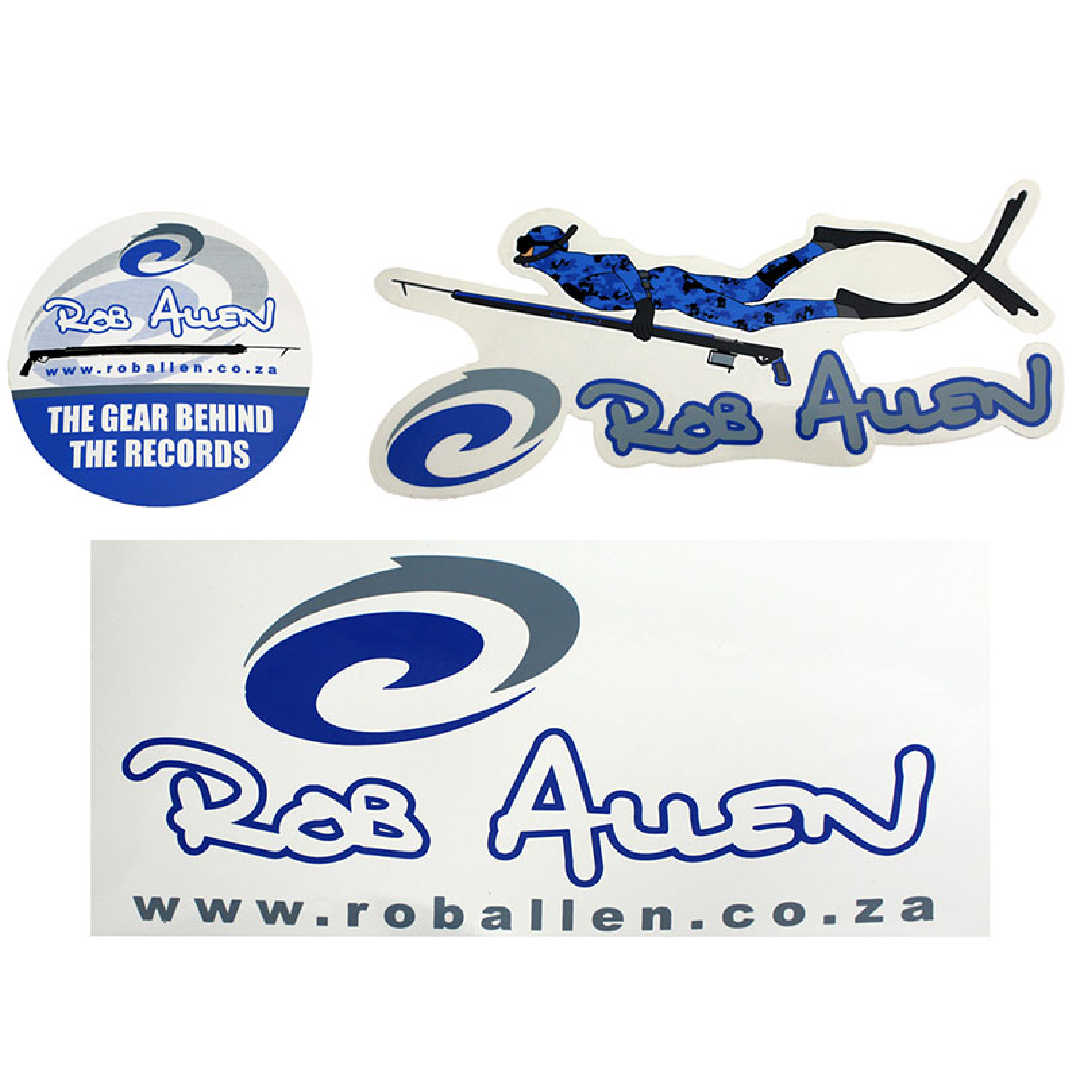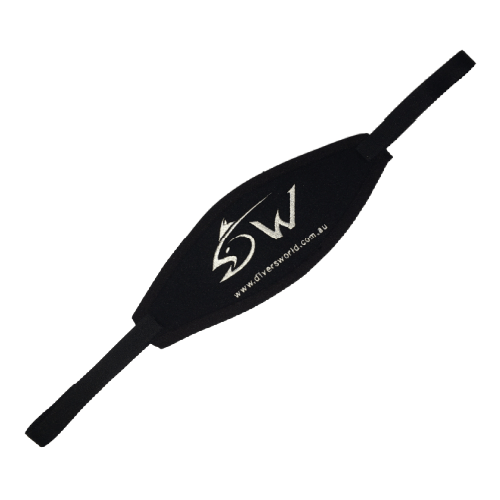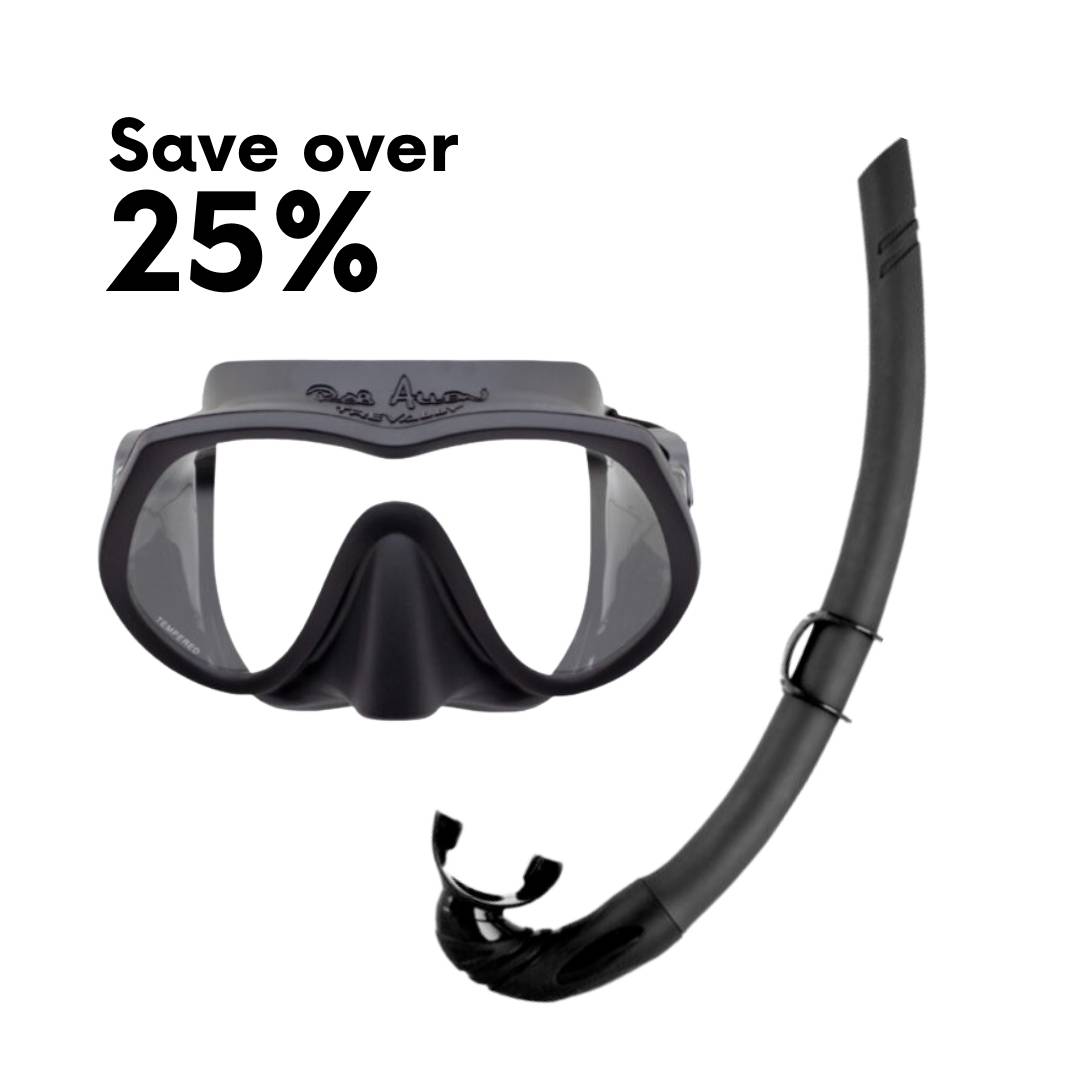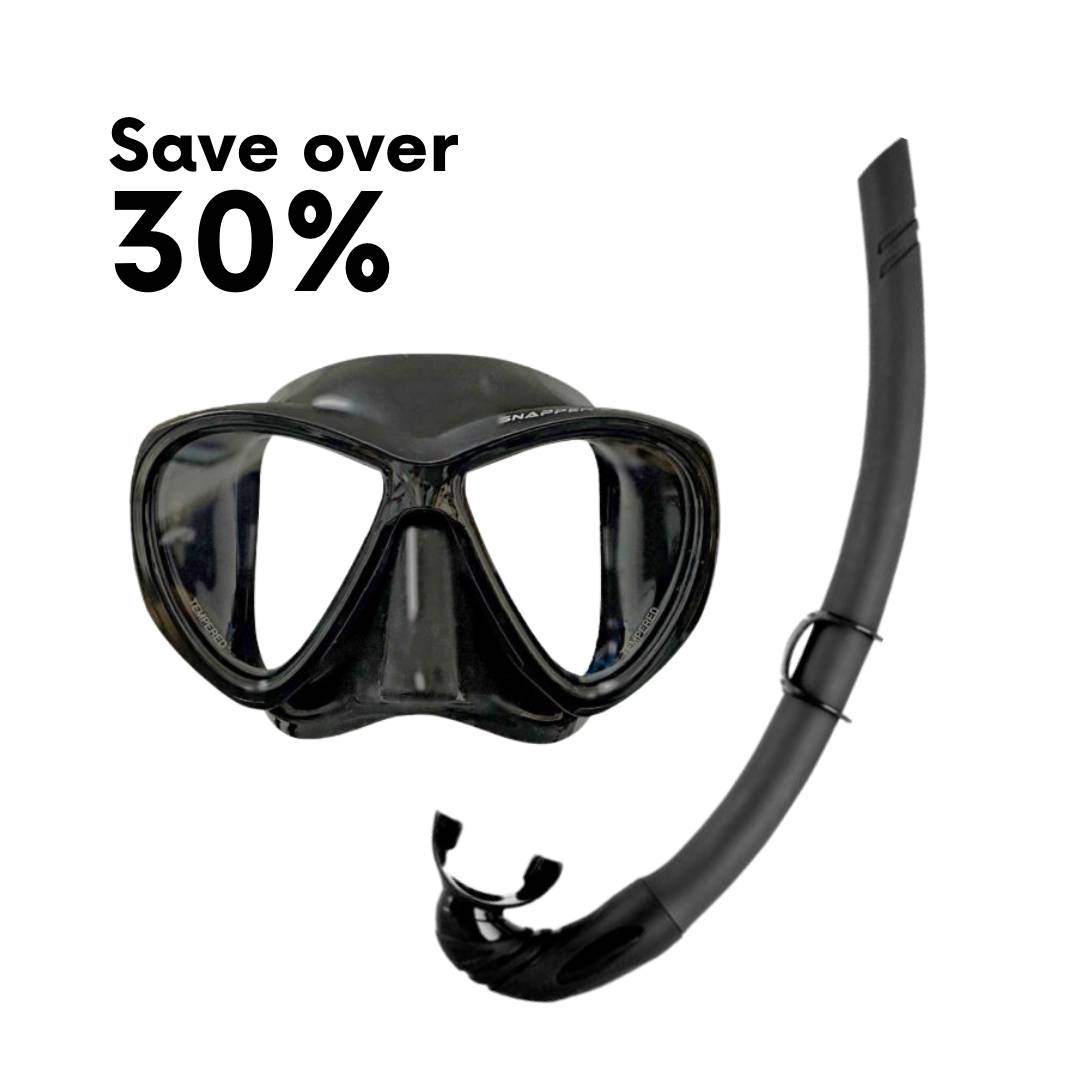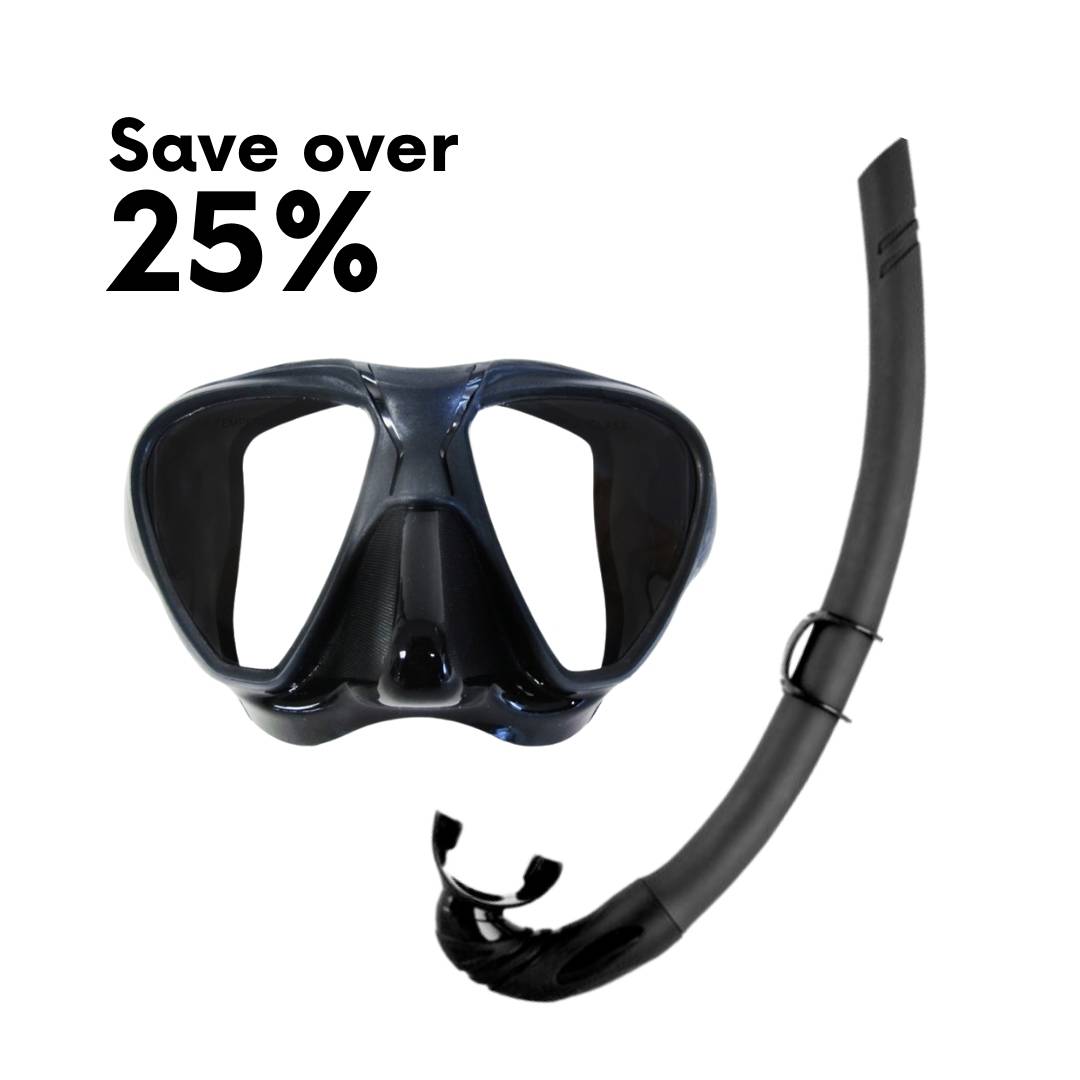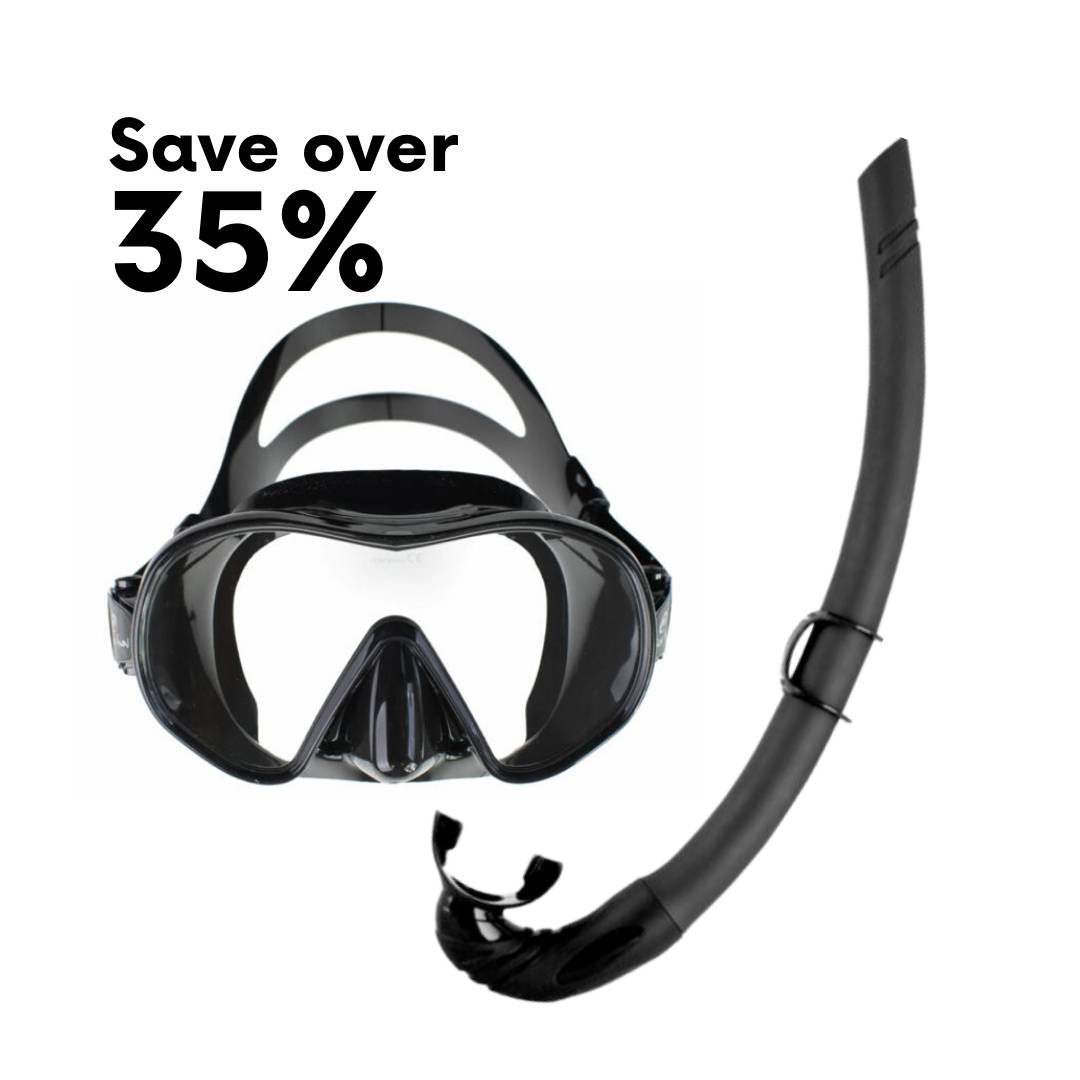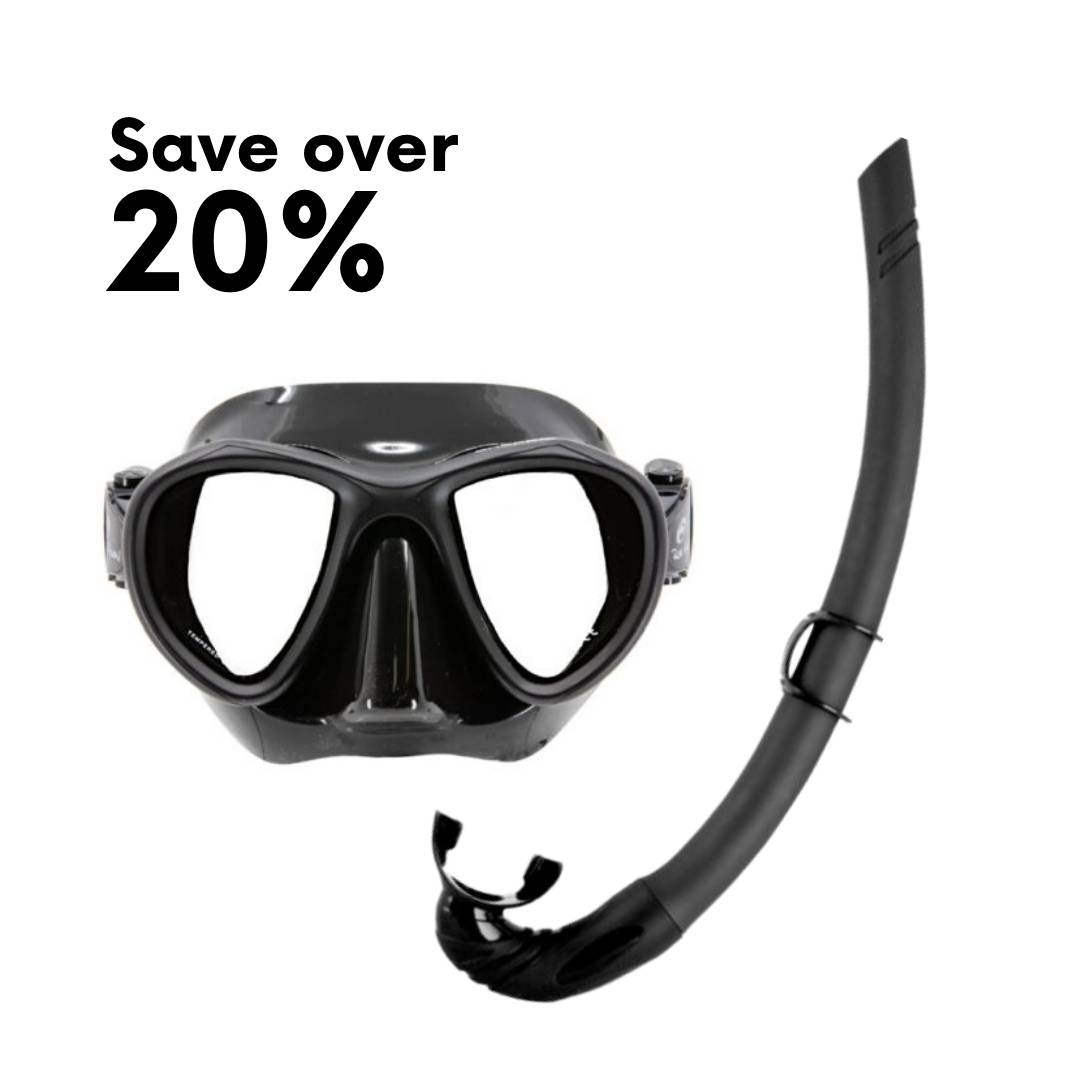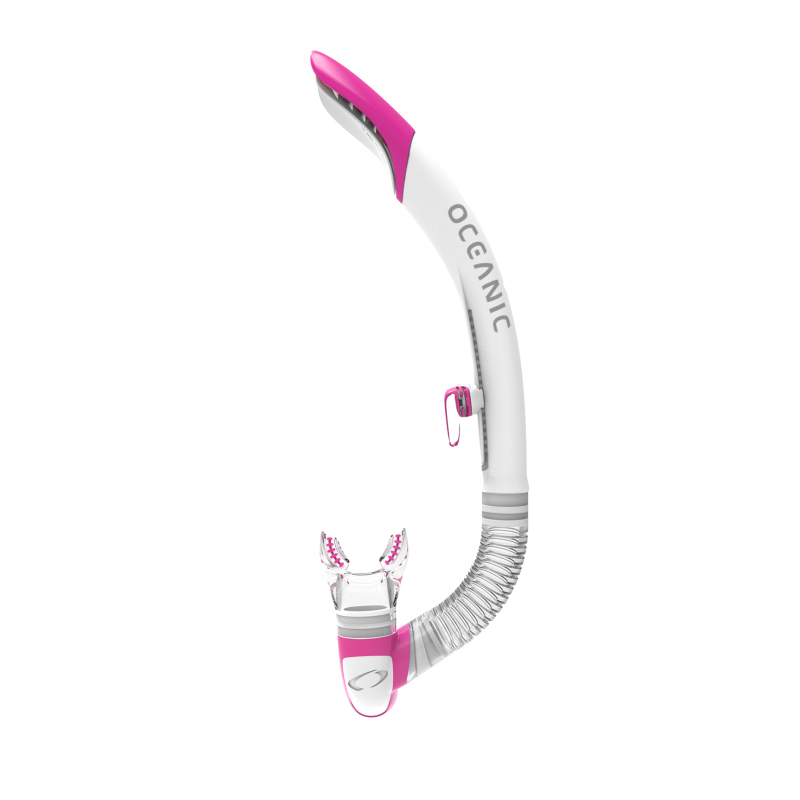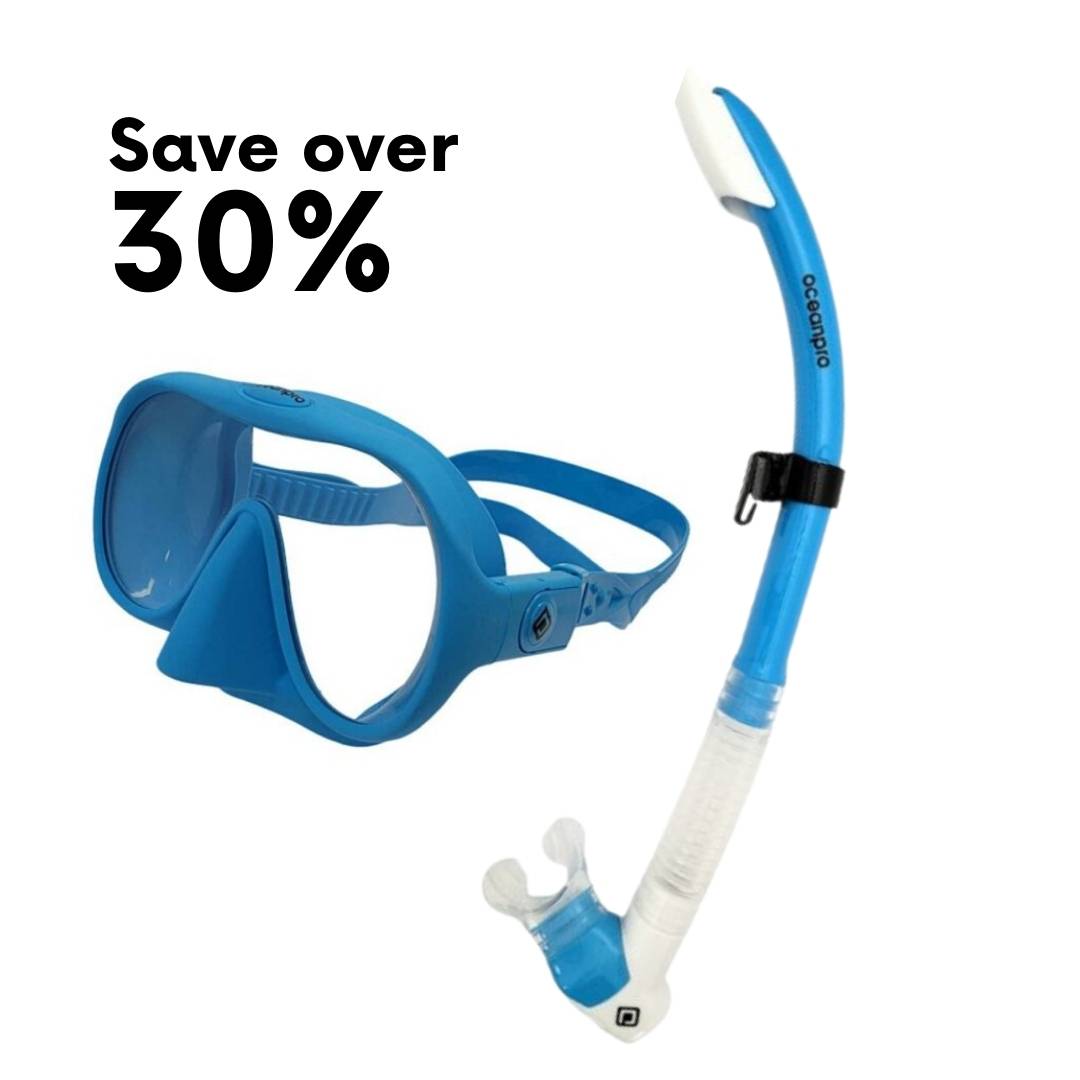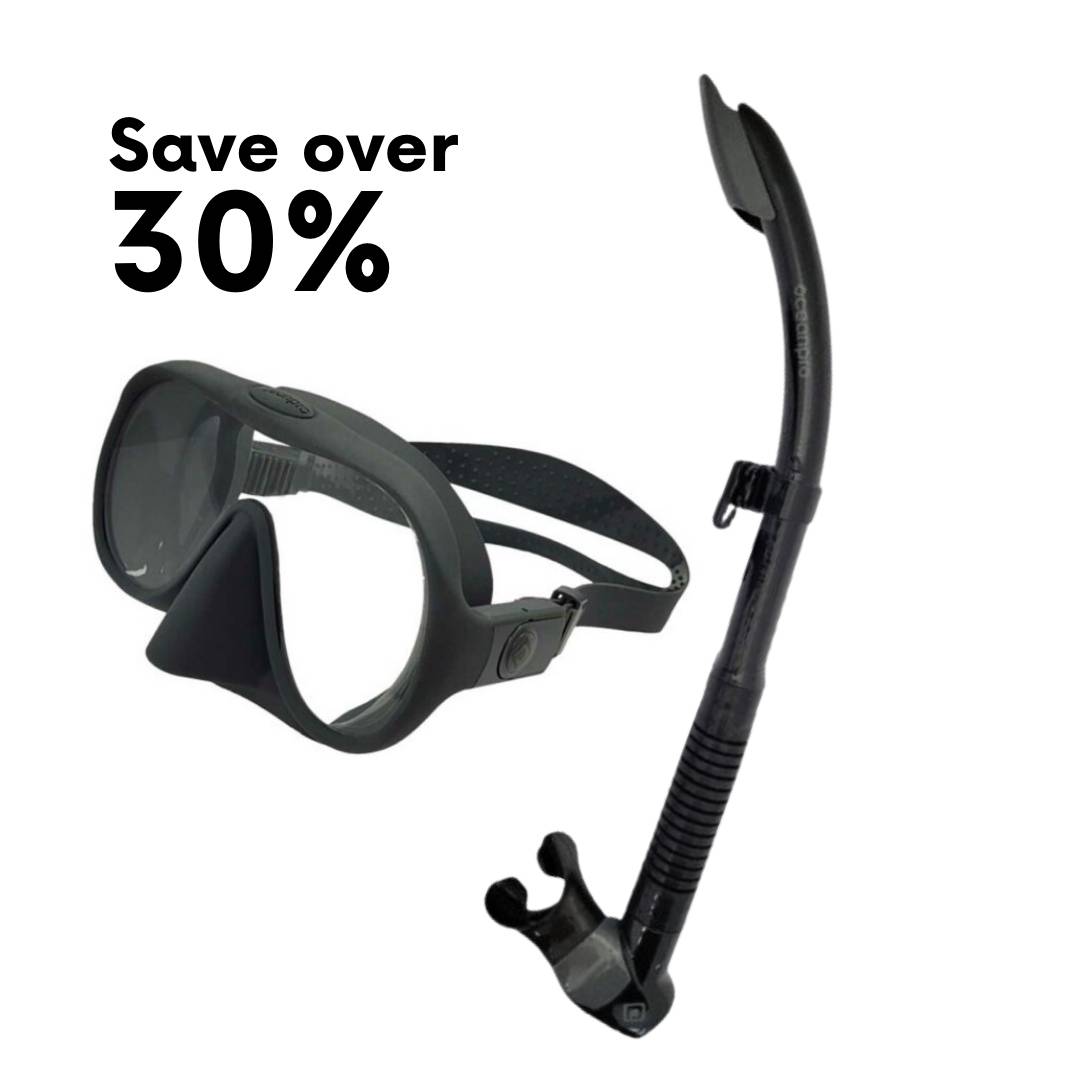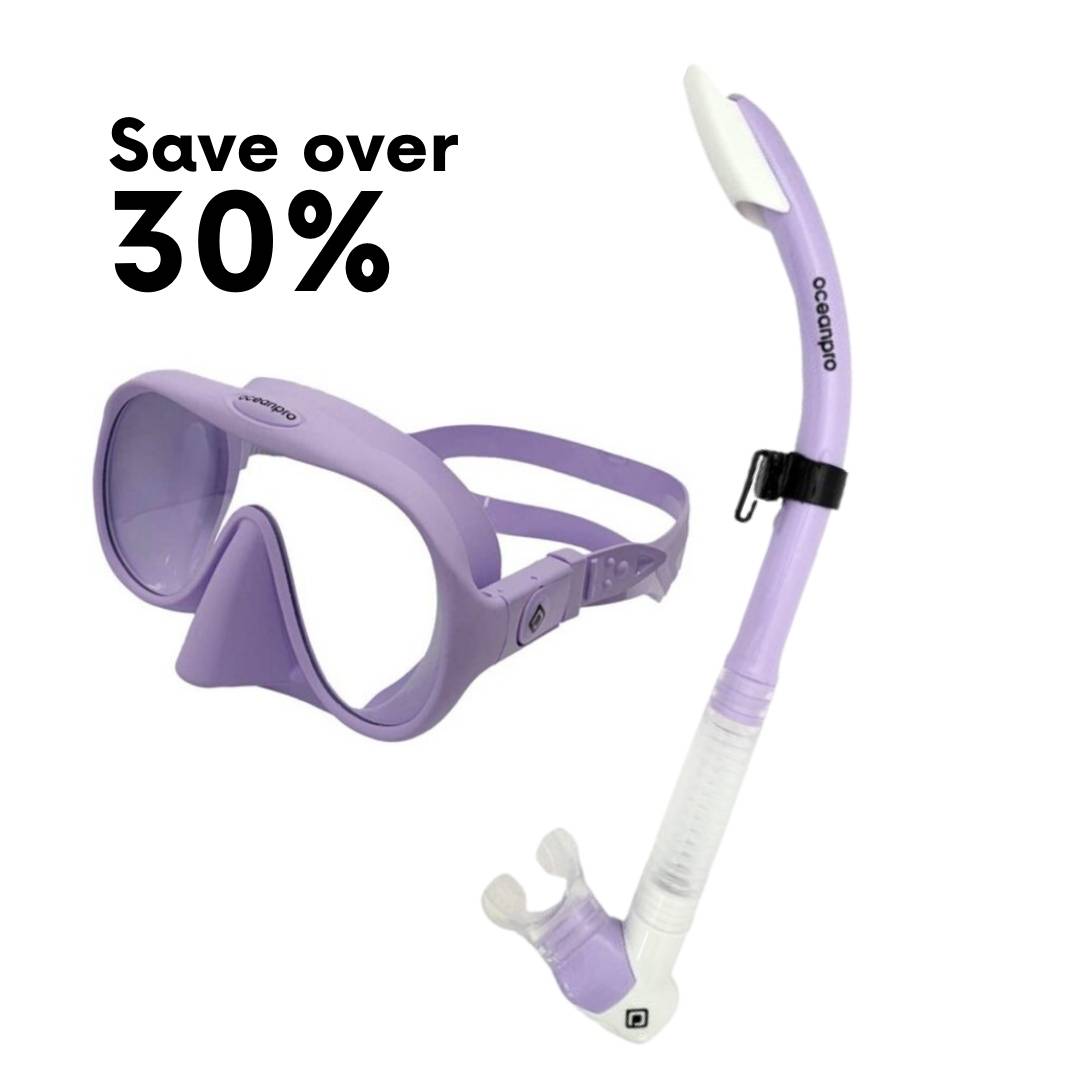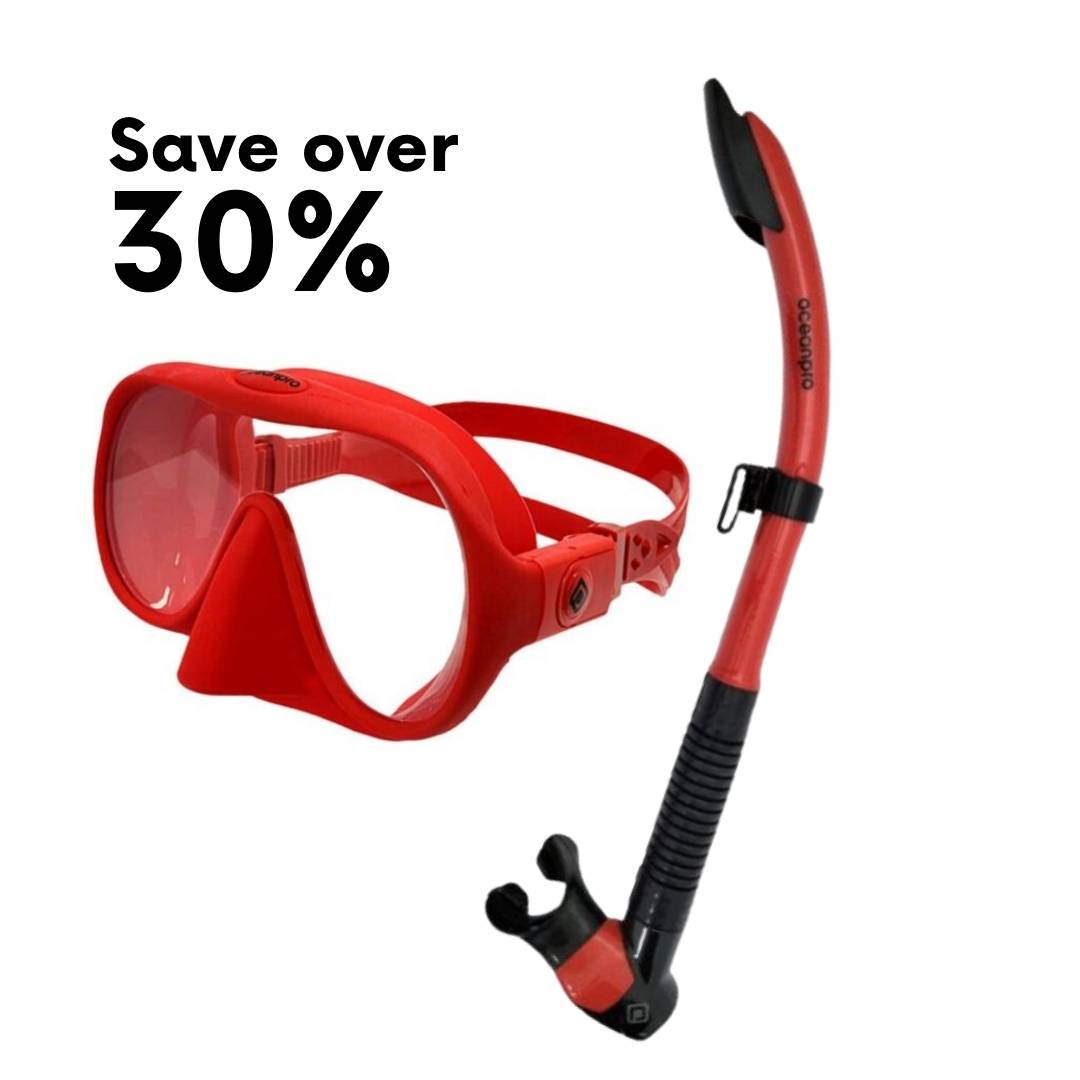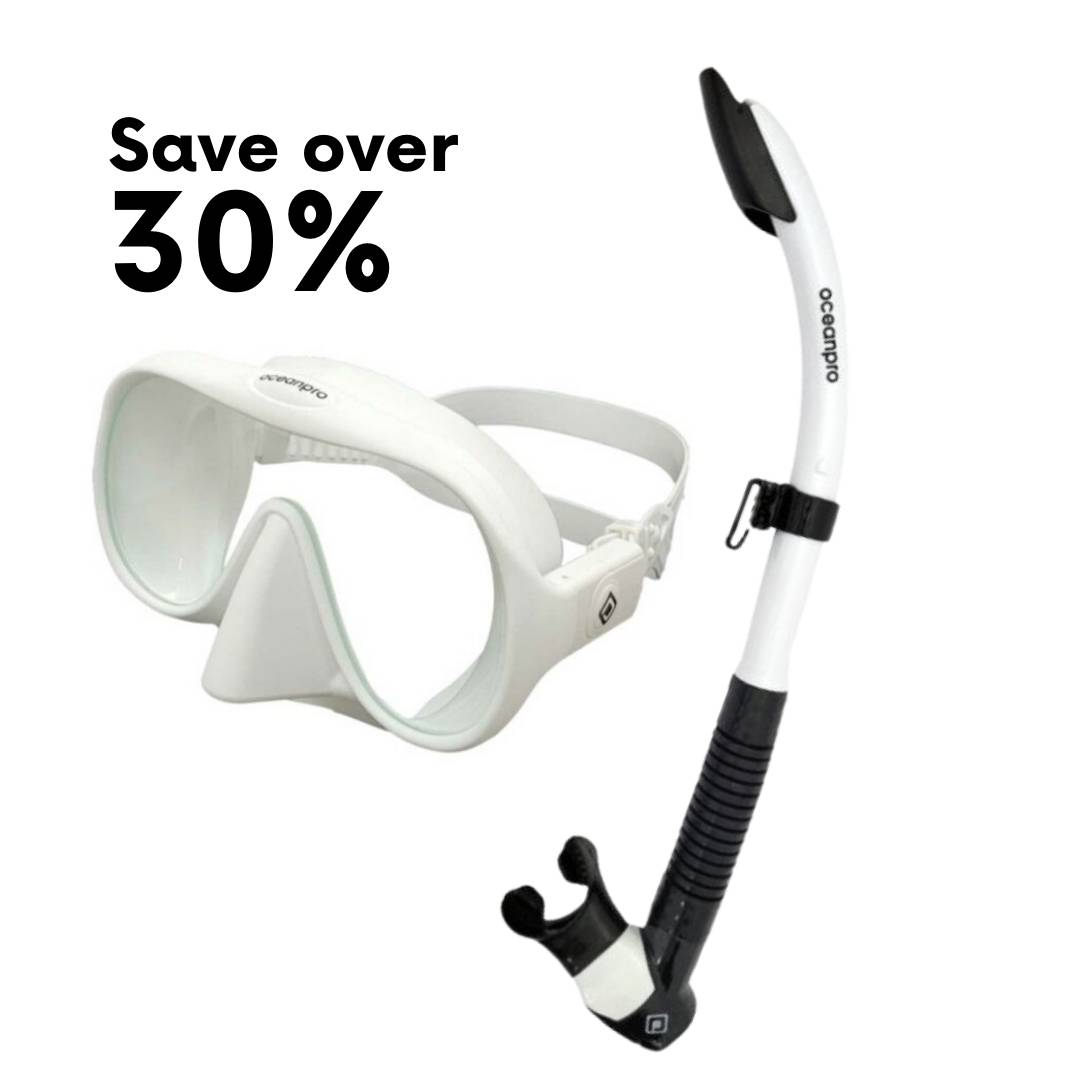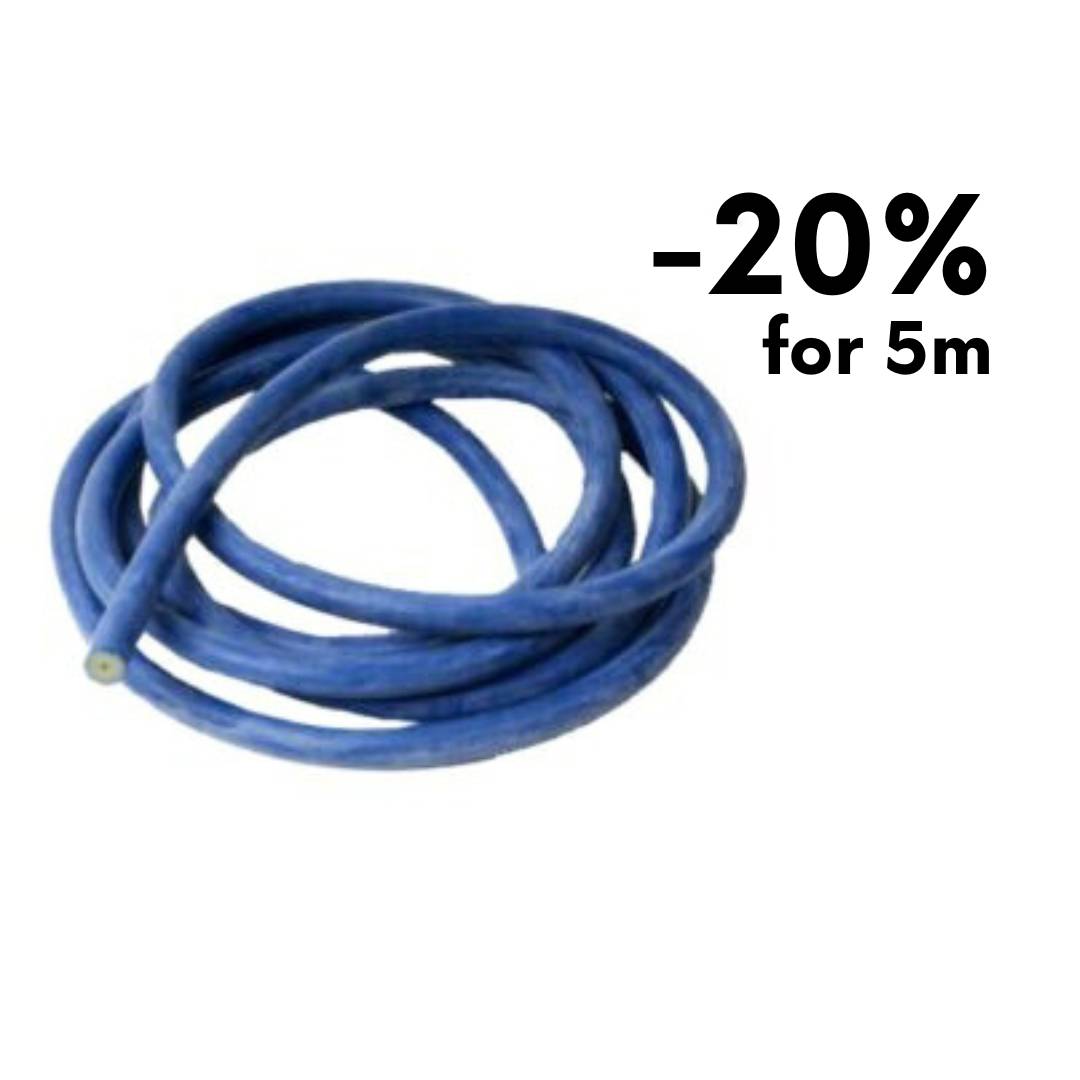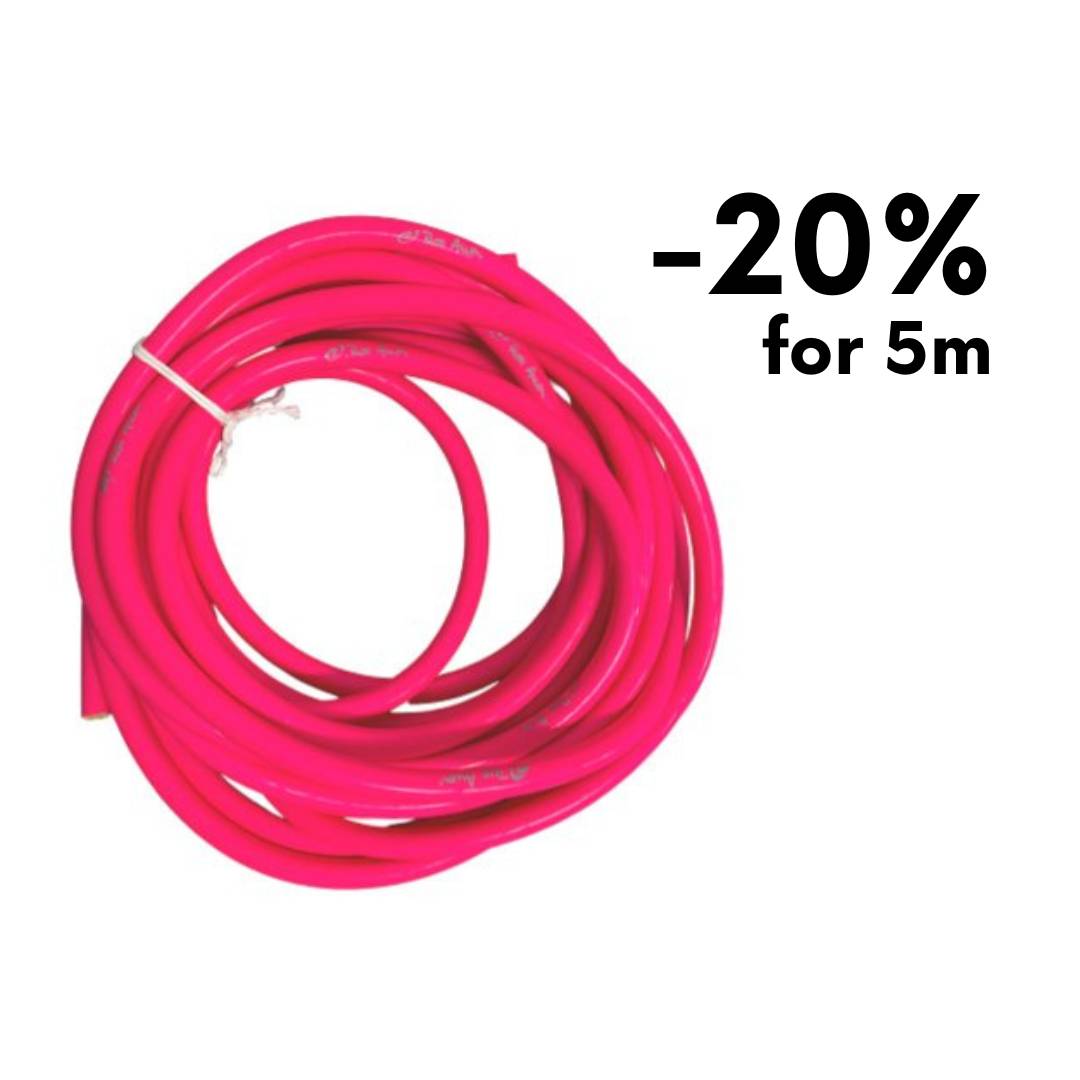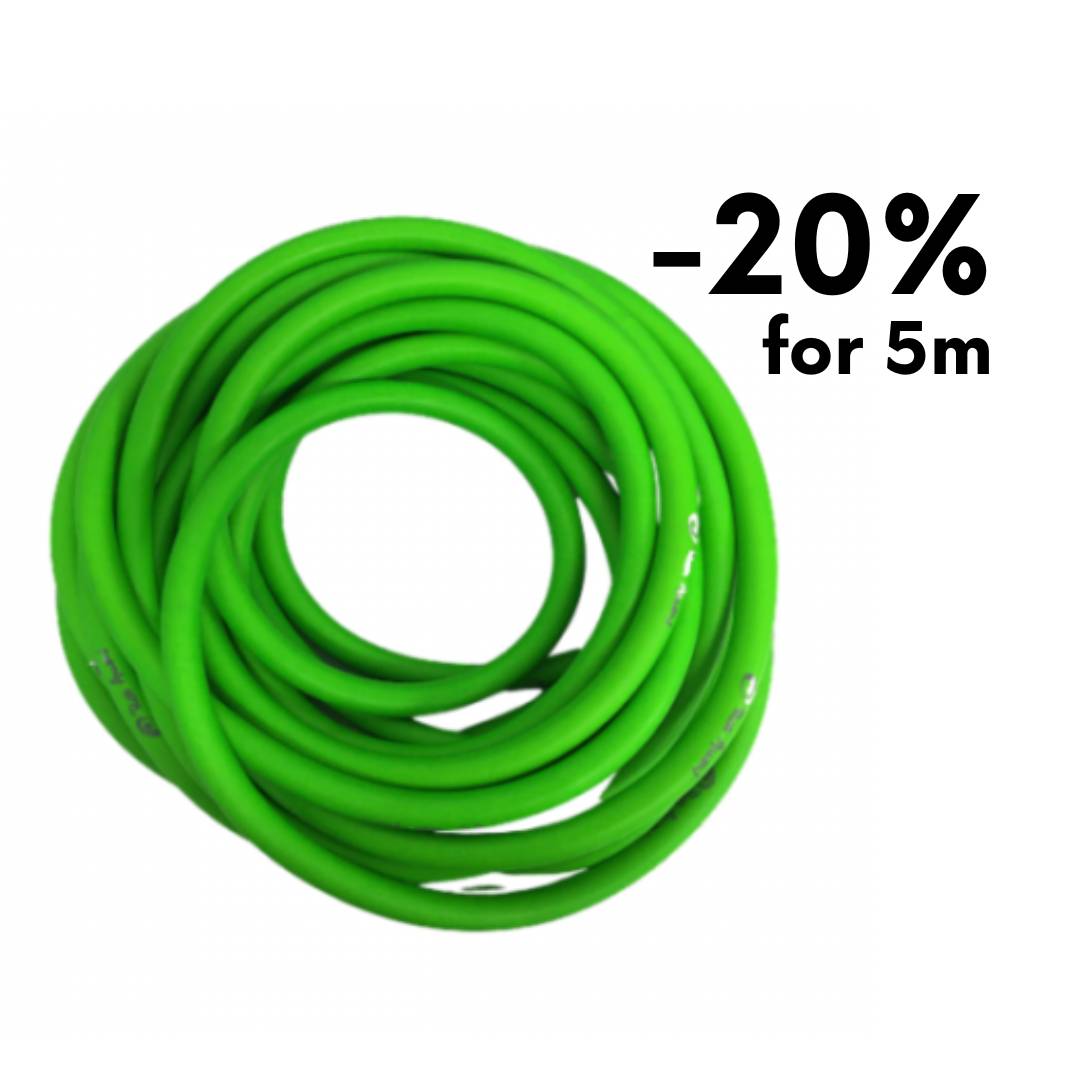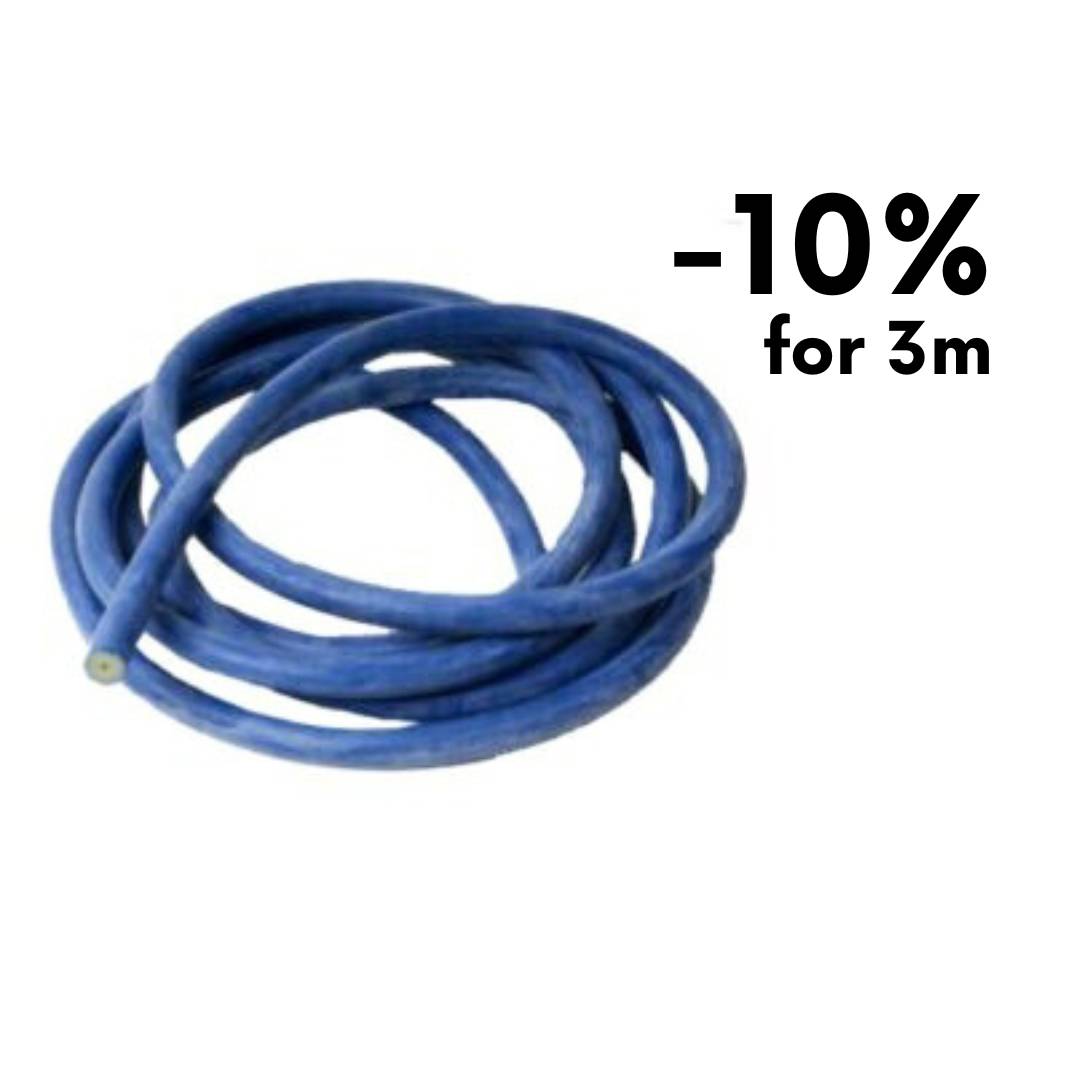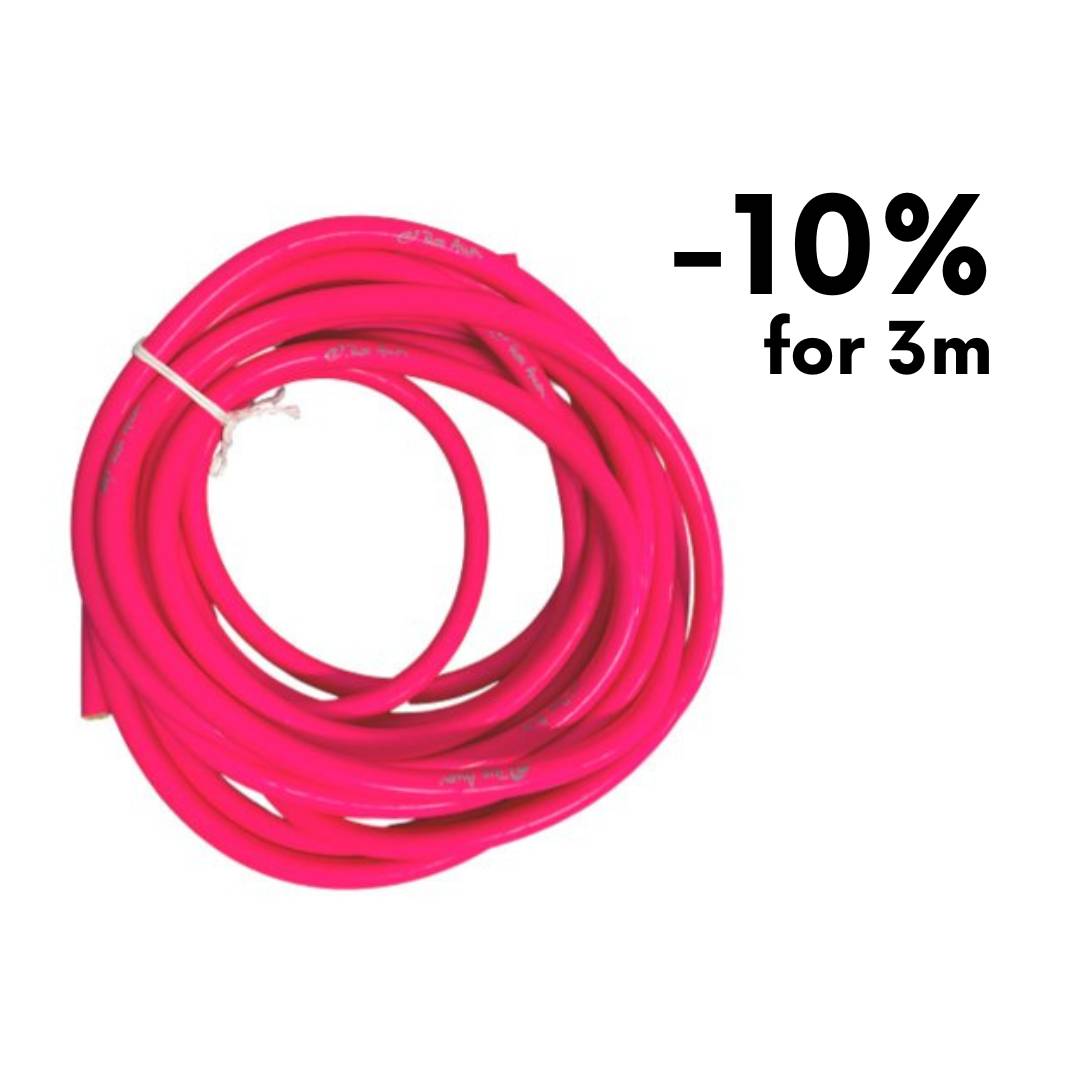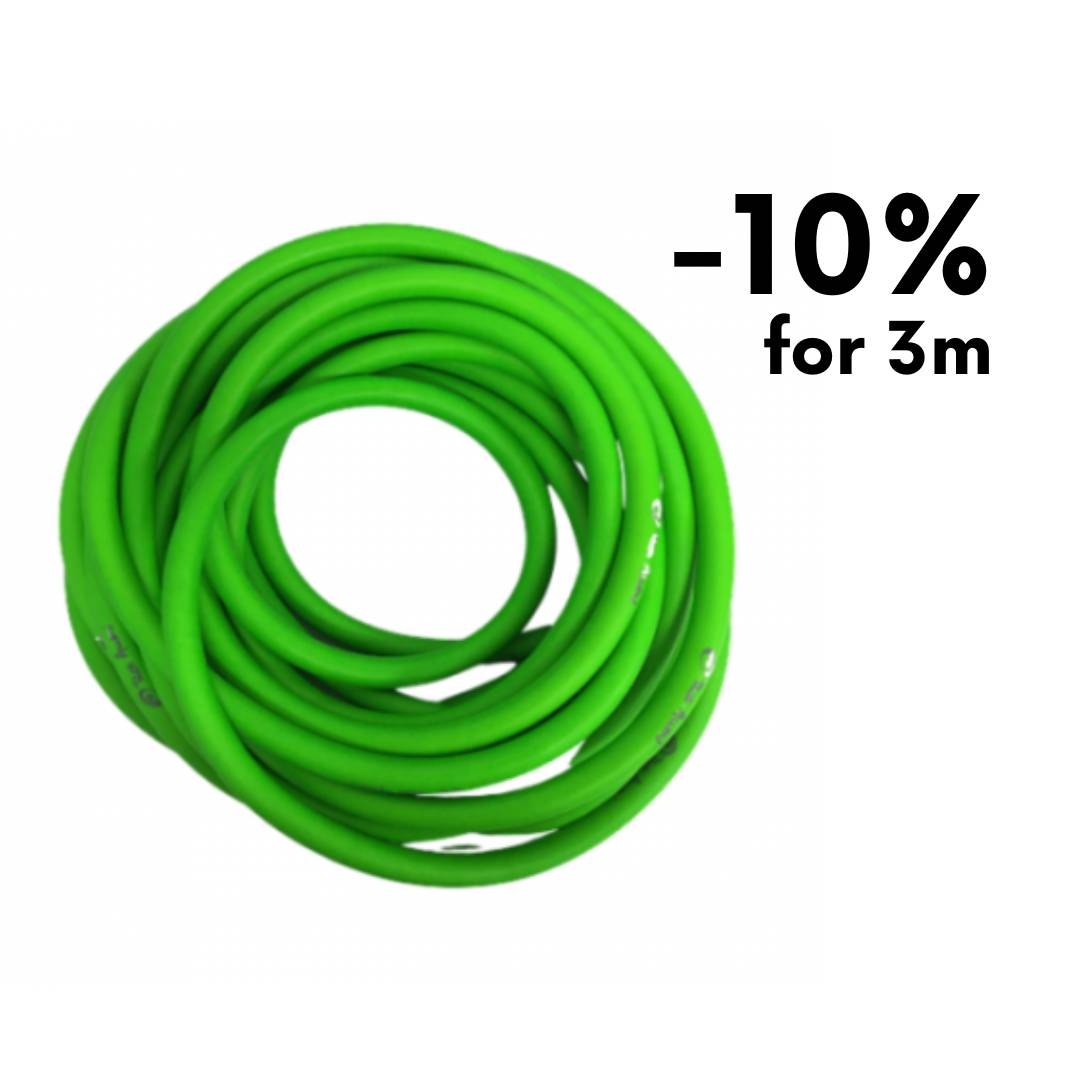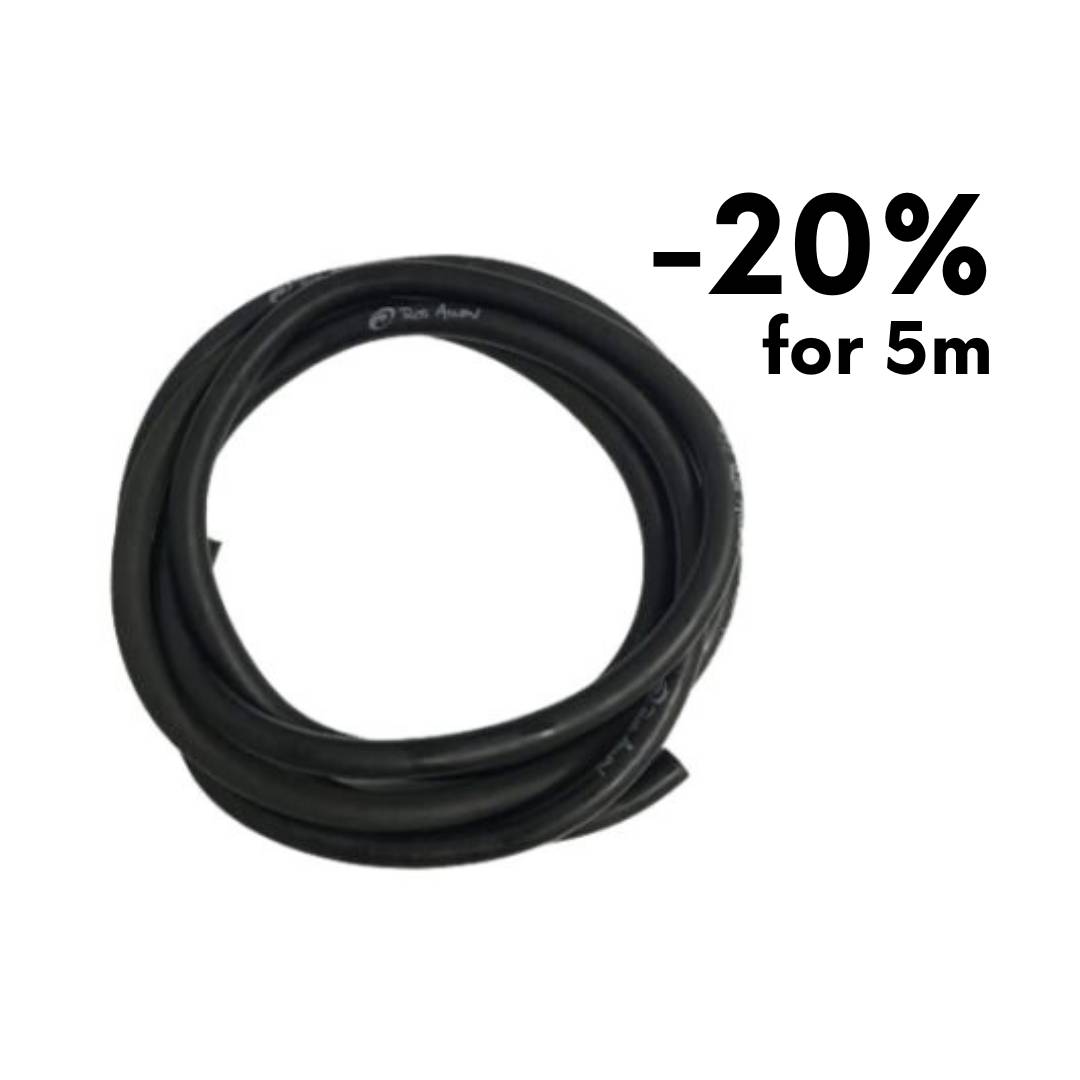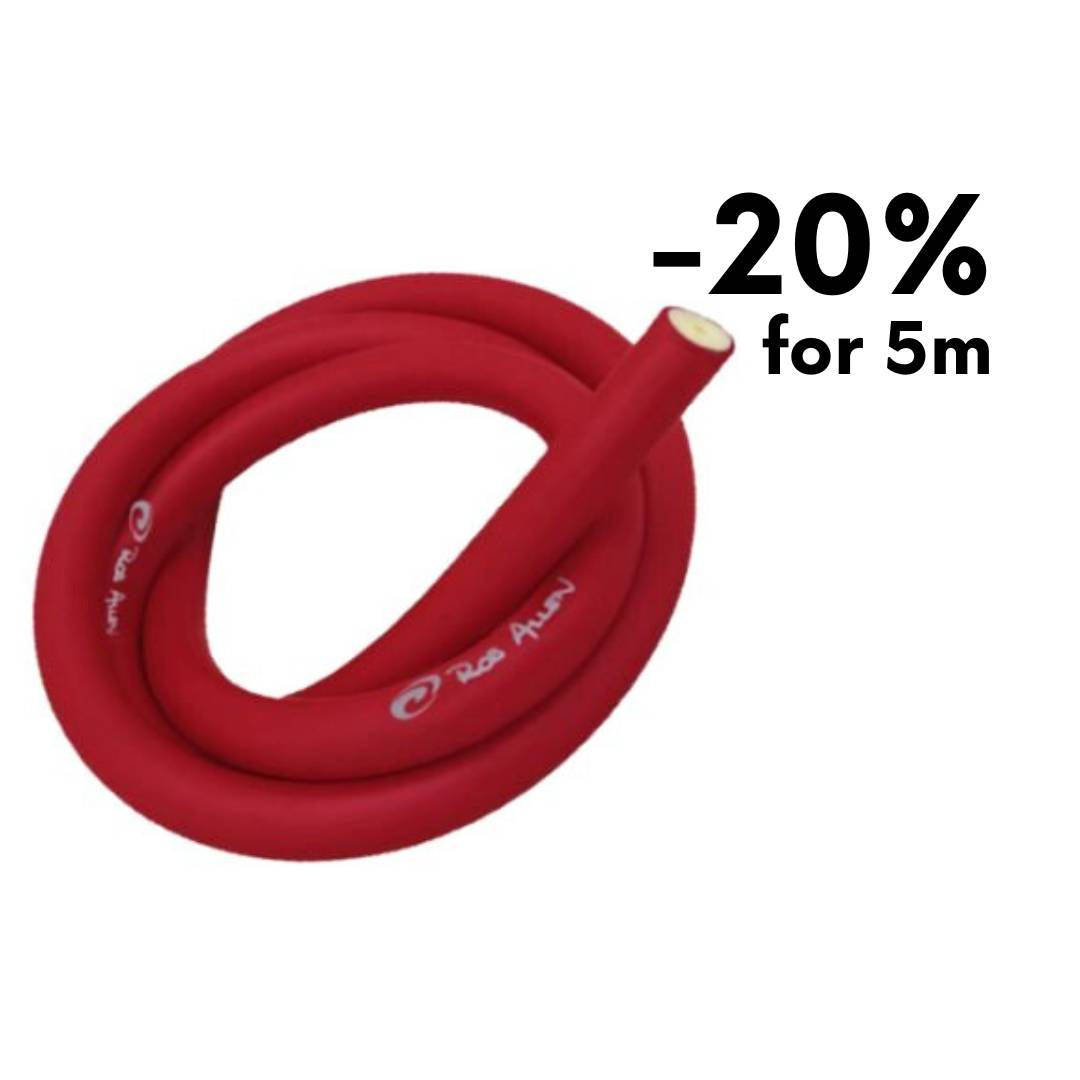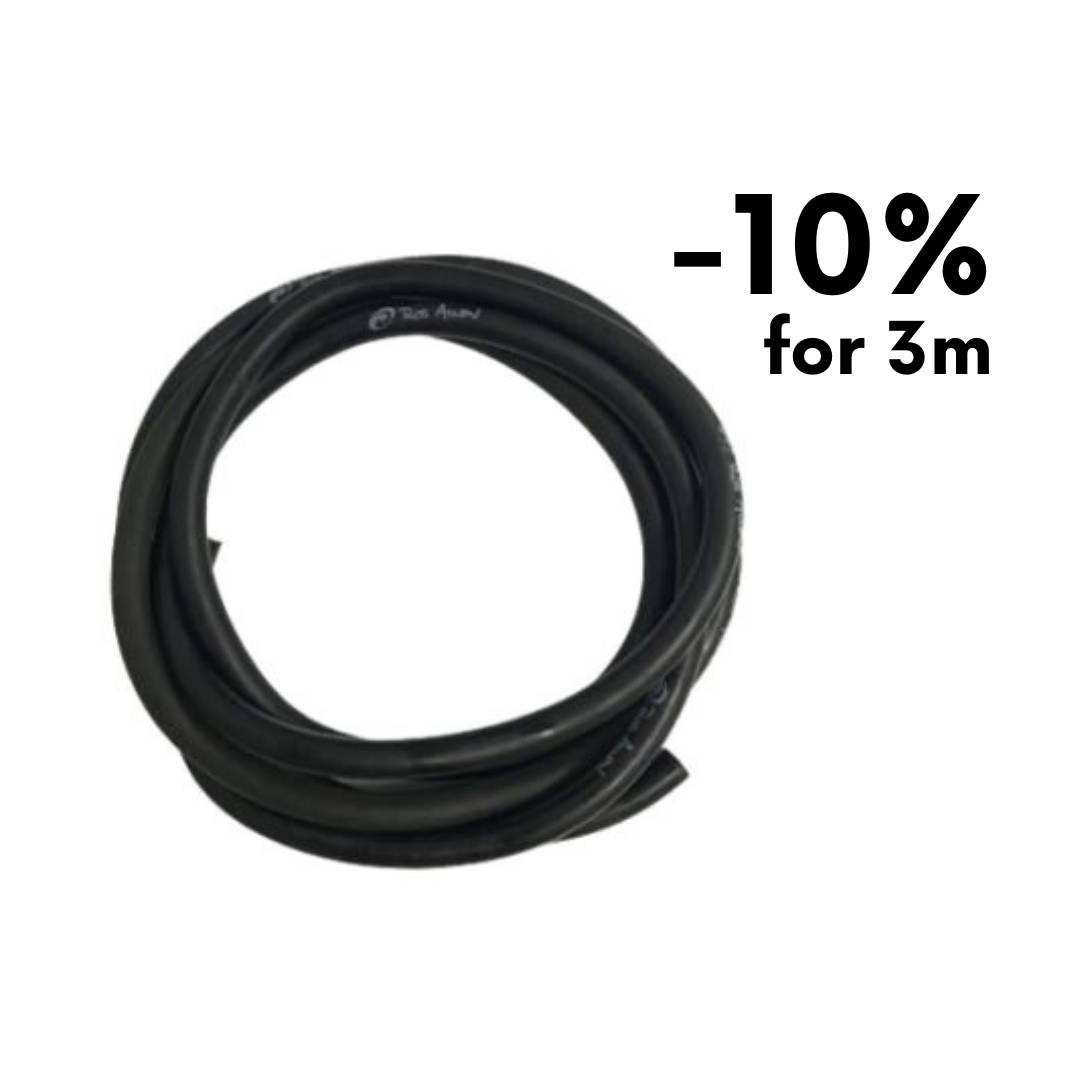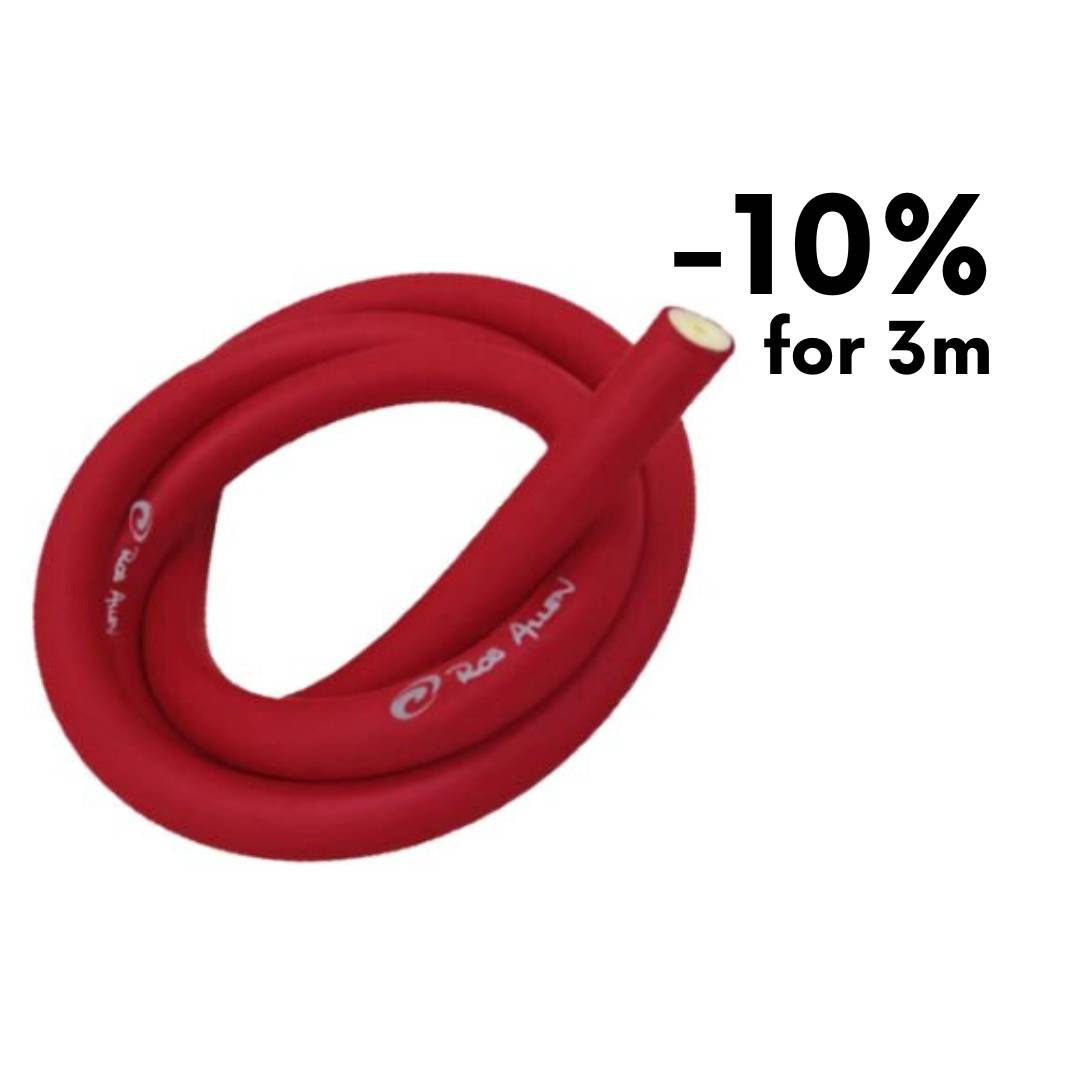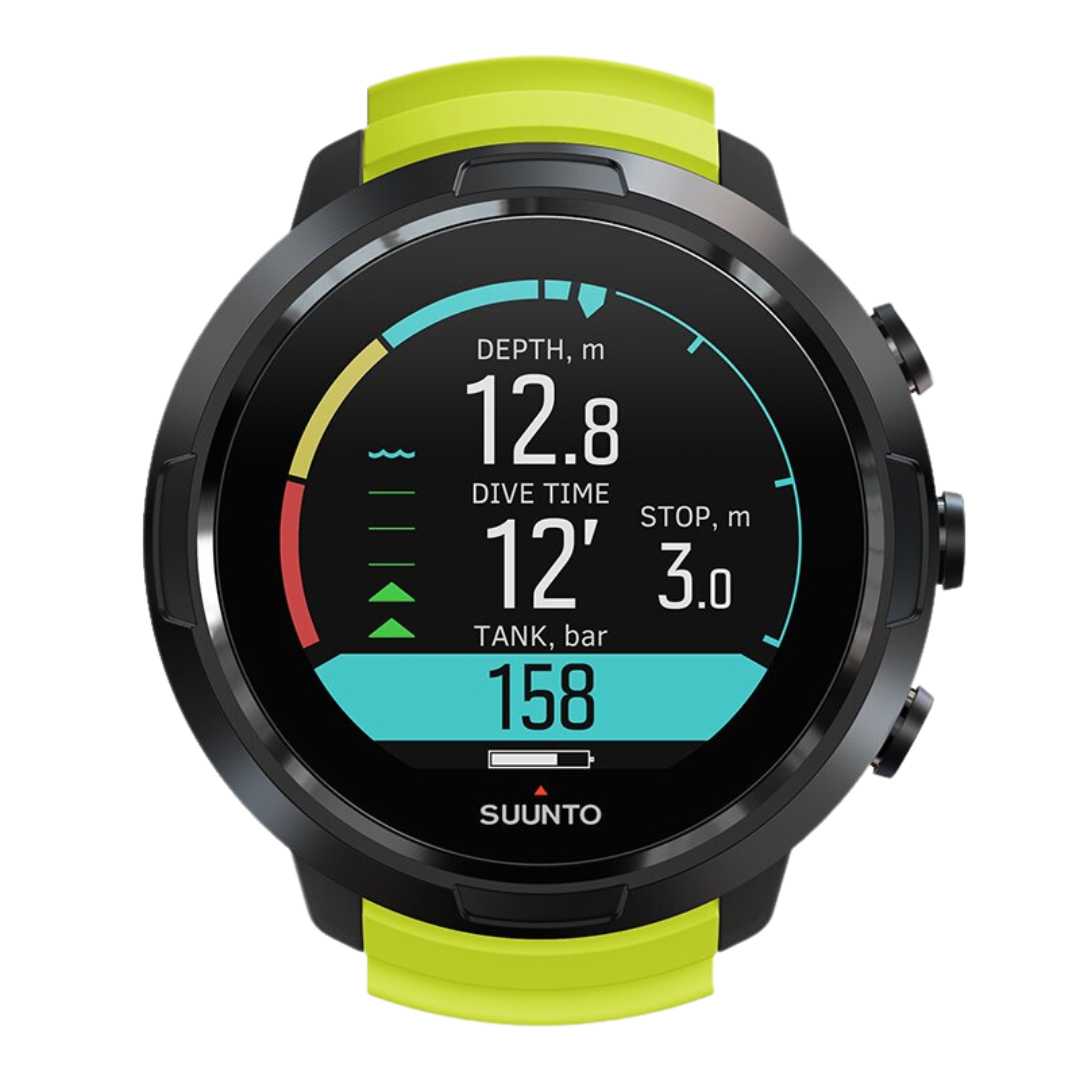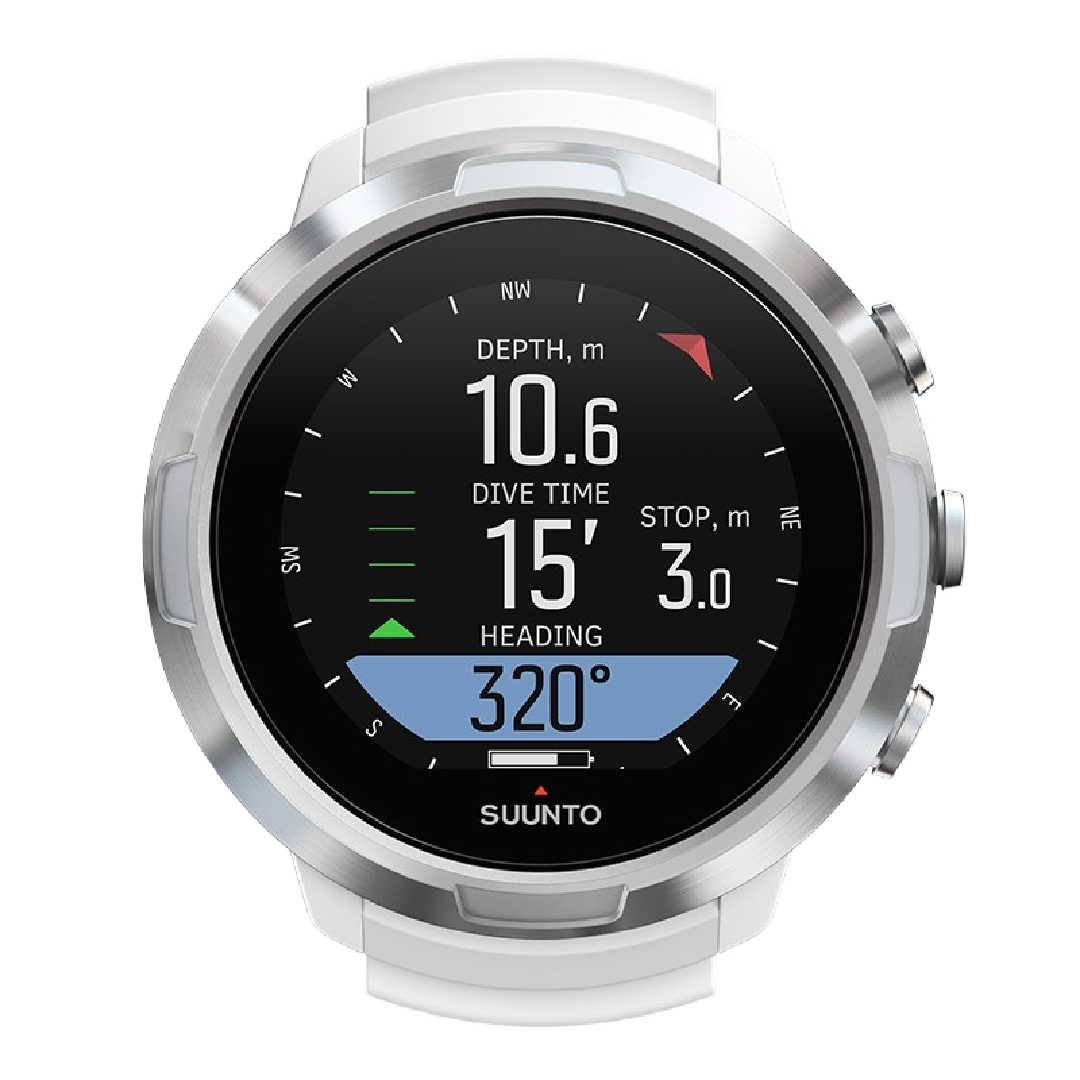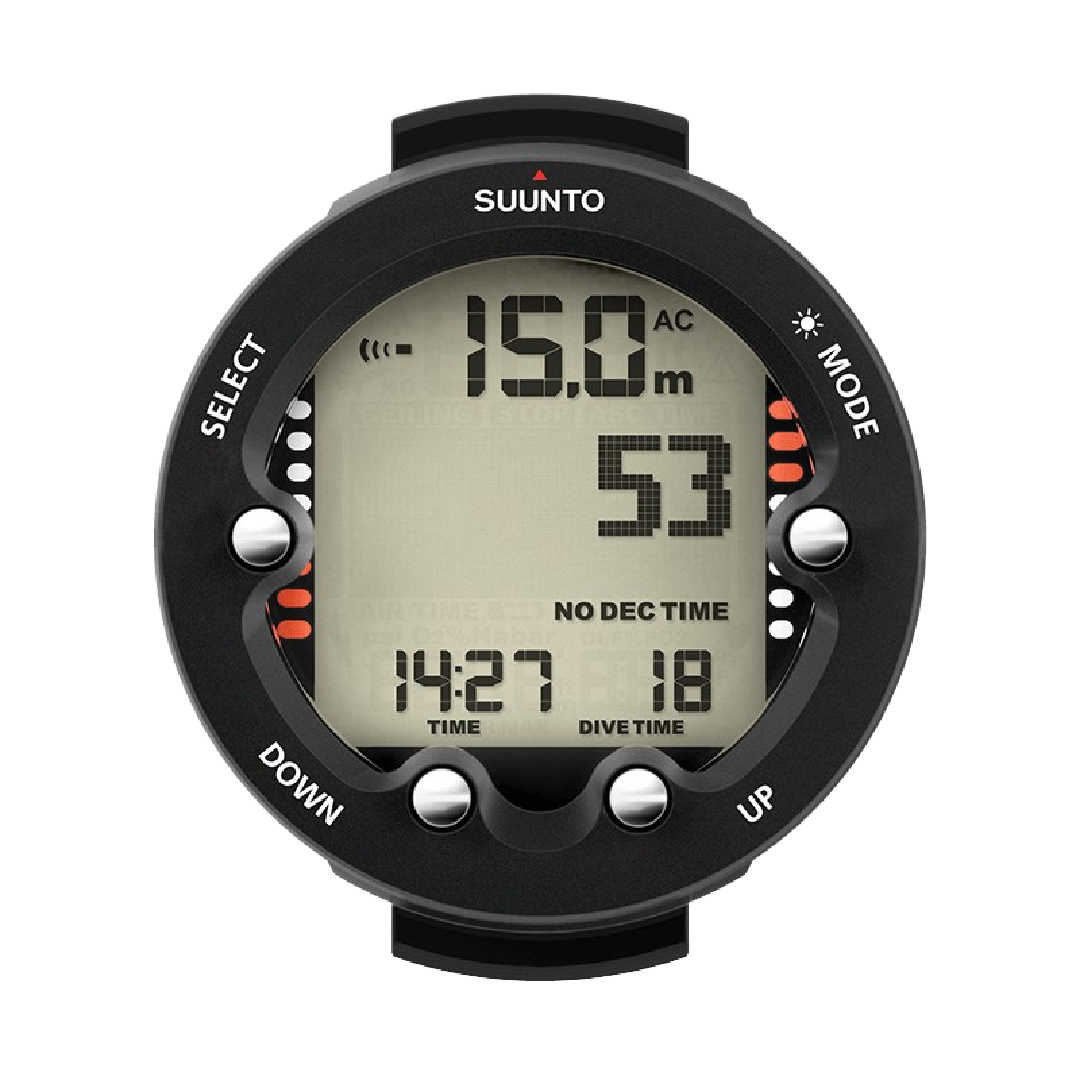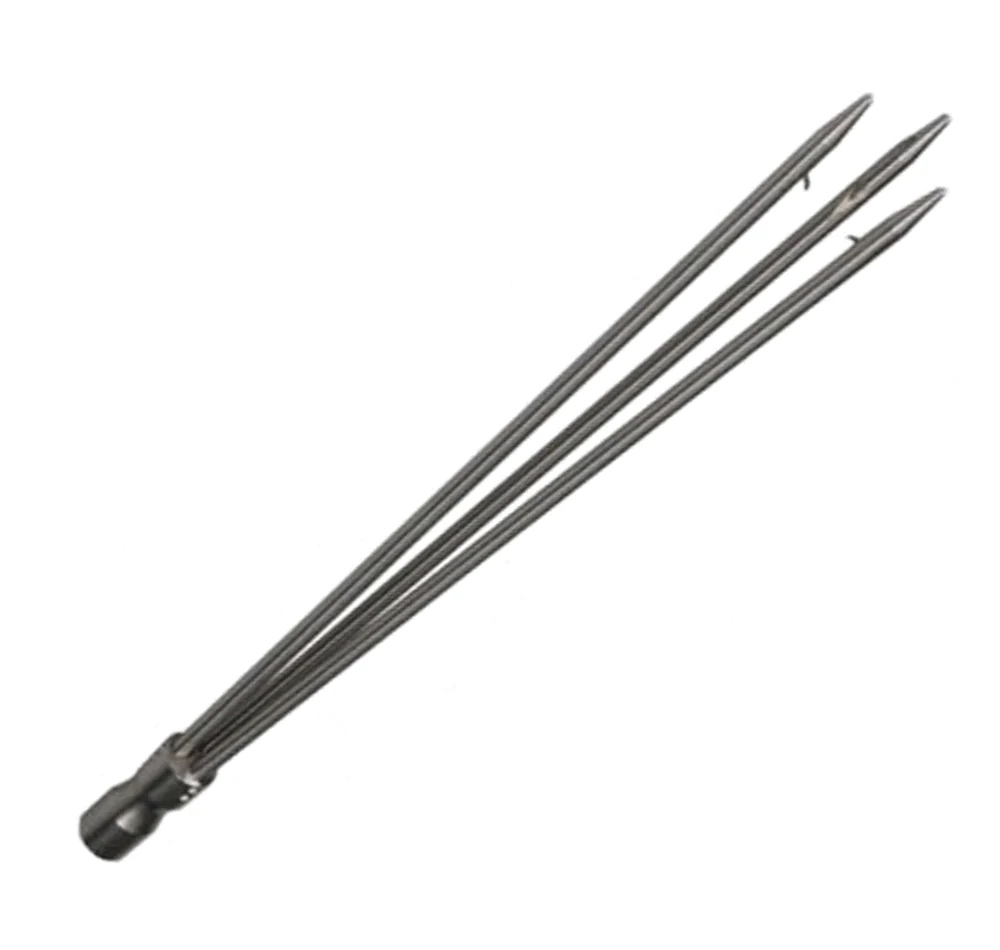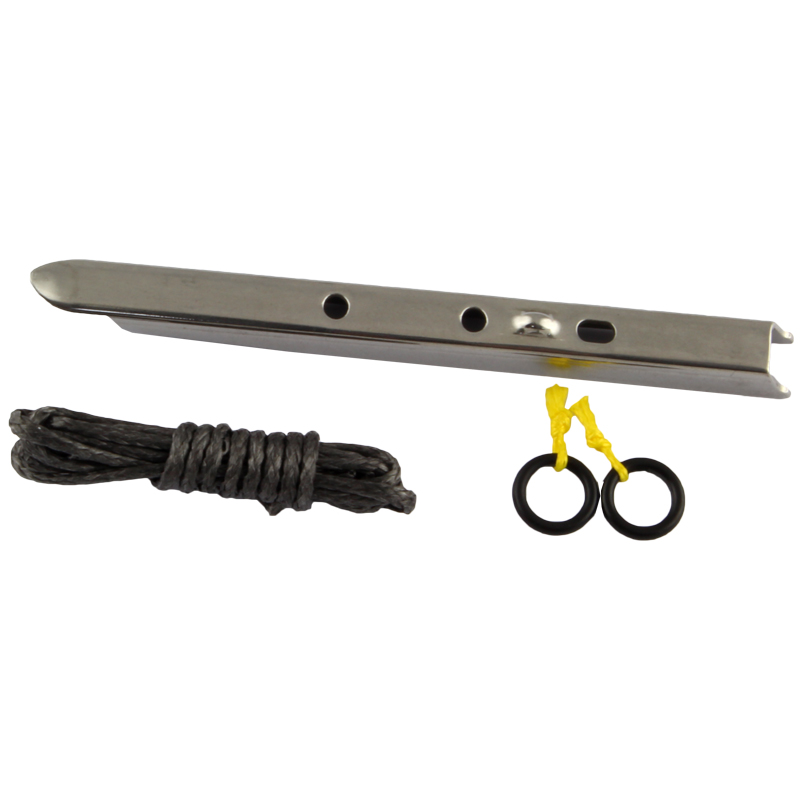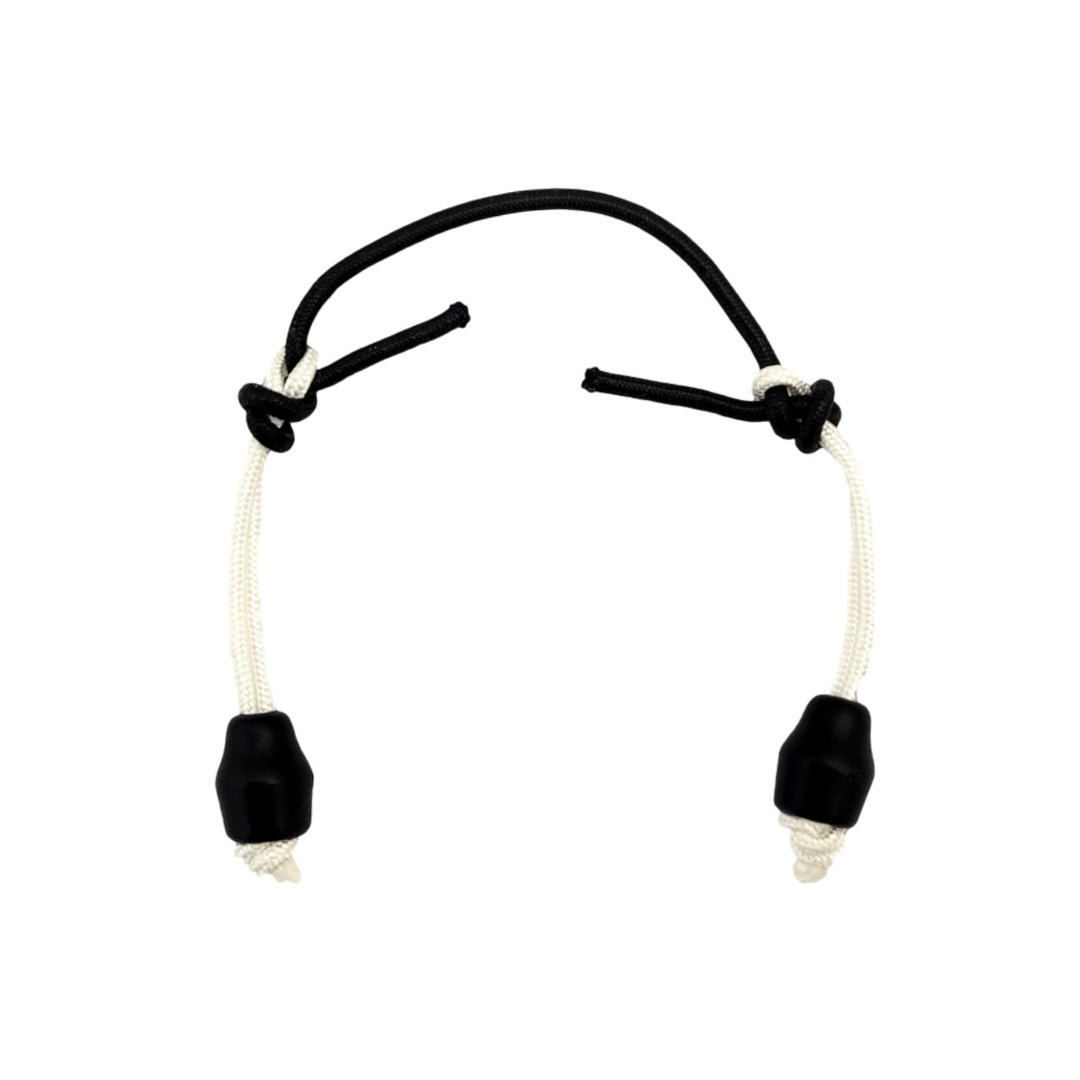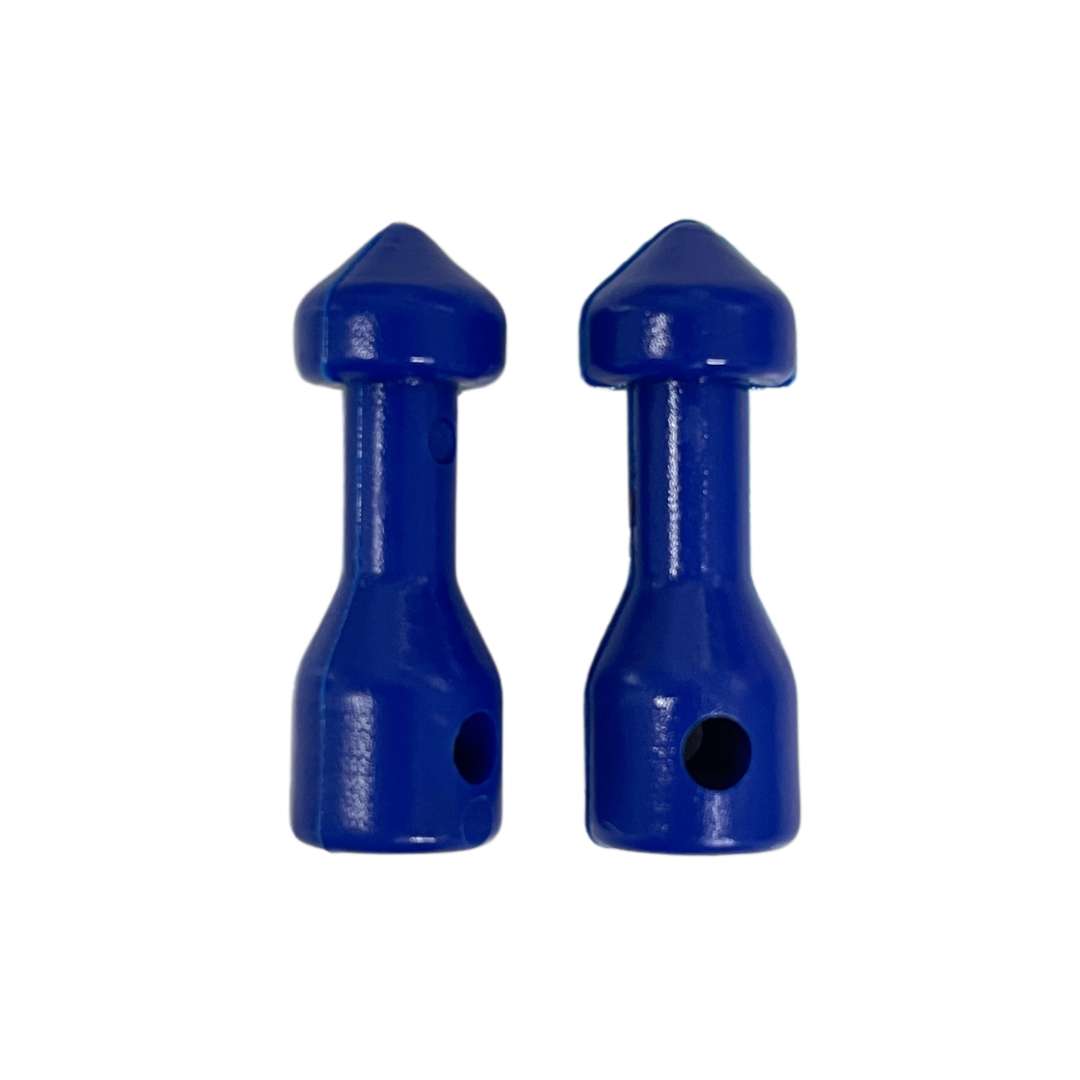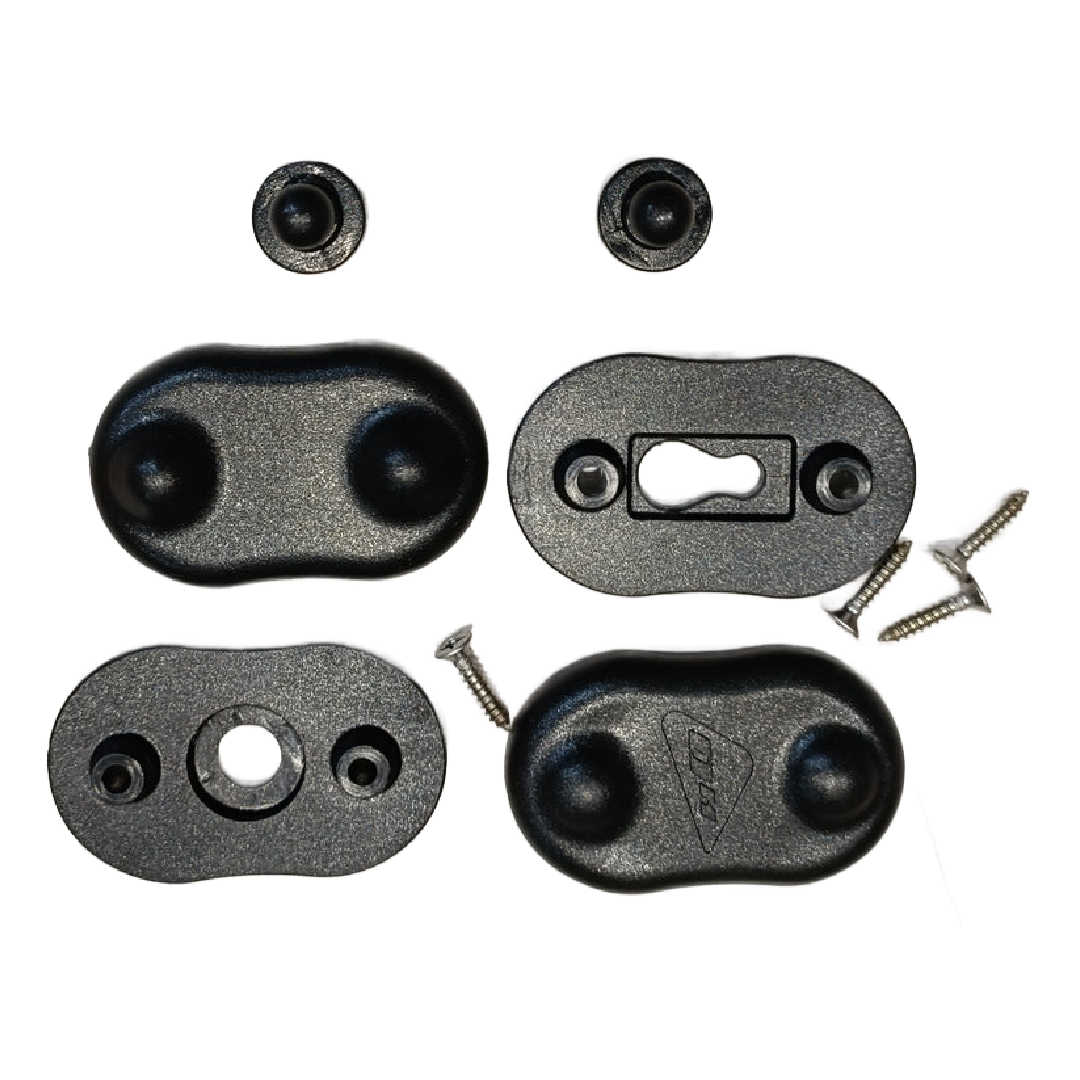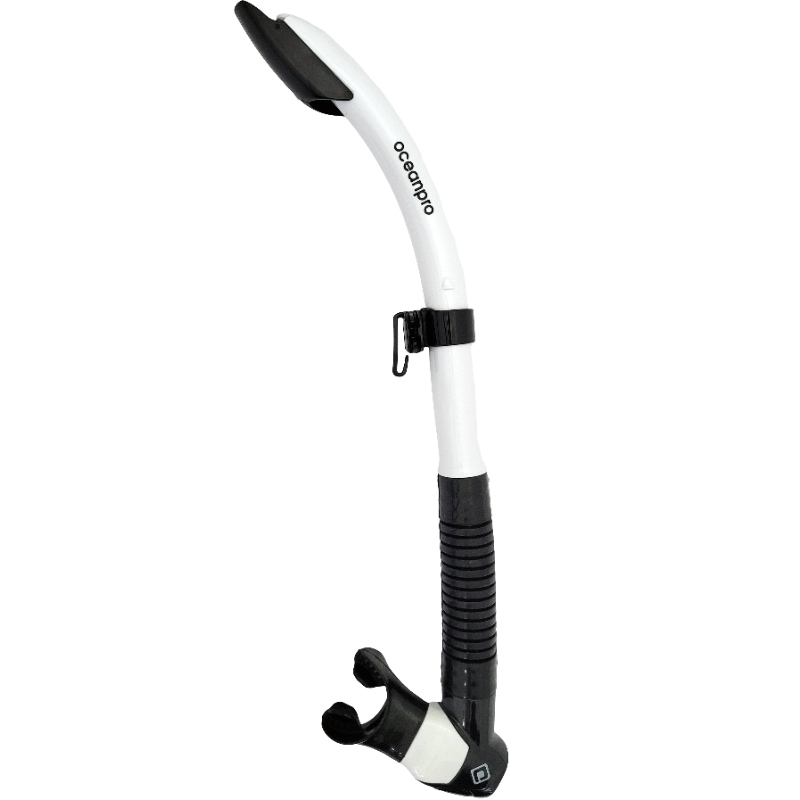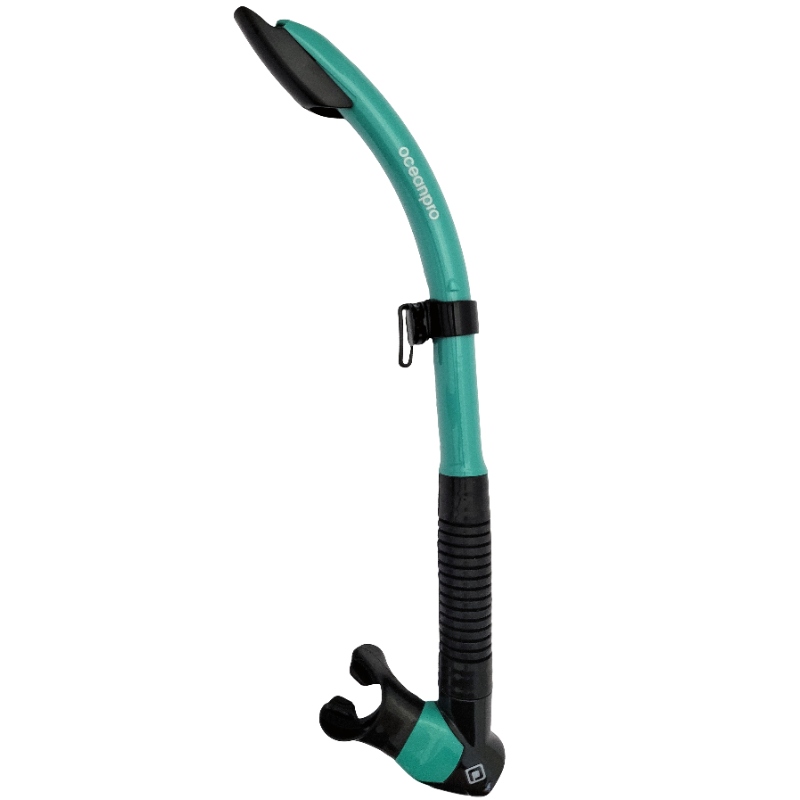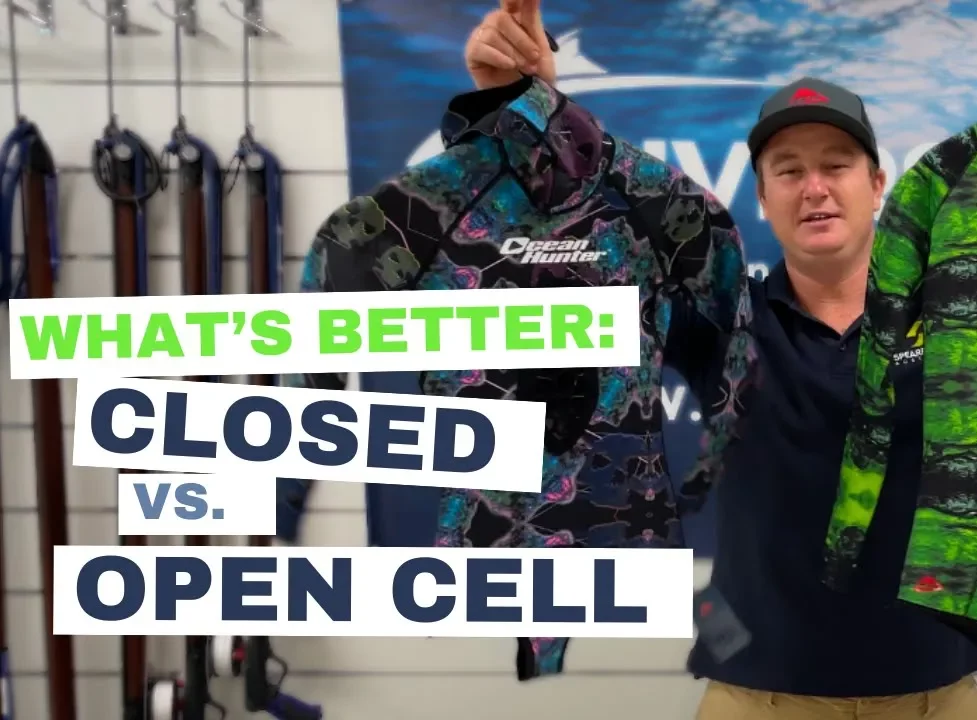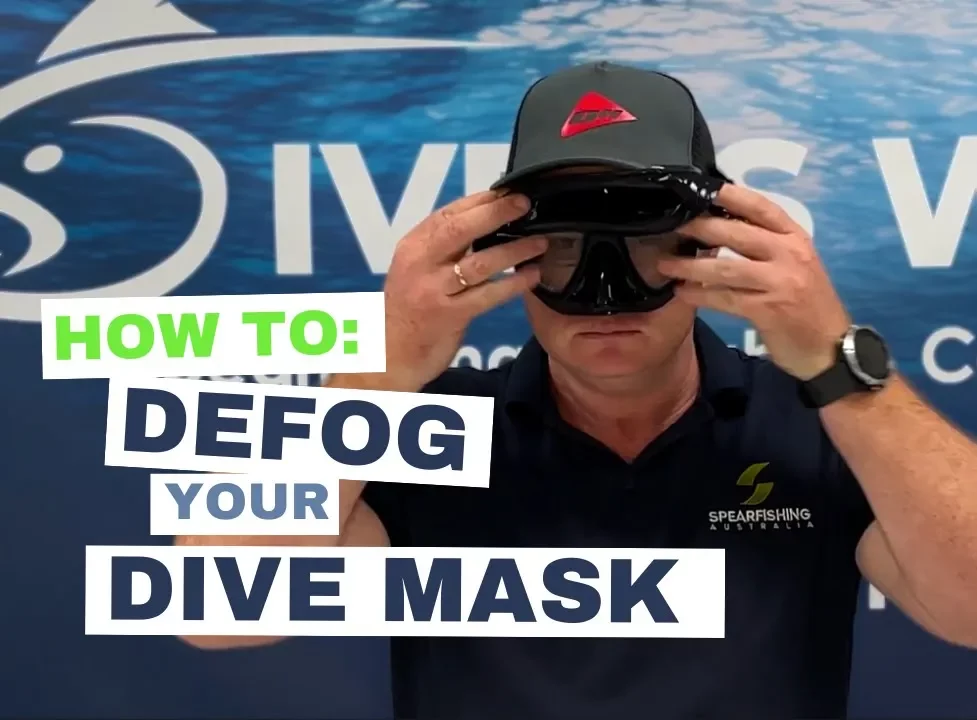Spearfishing is often said to be second only to base jumping in terms of danger. However, this doesn’t have to be the case.
With proper knowledge of safety – and execution of this knowledge – spearfishing can be enjoyed for decades. Let’s cover the most important basics in our Spearfishing Safety 101. These are all things you will learn at any good freediving school right away in their beginner classes, so you might know some of them already however we want you all to be the best spearos you can be, for yourselves and the mates who you go spearing with.
1. Assess your current conditions – before you’re even in the water
Firstly, both your physical condition and experience in the water play key roles in spearfishing safety. You might be recovering from a cold or injury, or actually suffer from chronic issues. Or you might just have had a really stressful week, didn’t sleep well and are exhausted.
You might have had a big night and don’t feel on top of your game but you don’t wanna miss out – and who would blame you? Being in the water is just the best.
However, you do have to consider these factors, and adapt your diving accordingly, not only just for your own sake but also for your buddy’s safety.
If in doubt, err on the conservative side. Being daring is only cool until something happens.
Be fit, stay hydrated
Diving requires quite a lot of physical effort, so be in shape to avoid extra risks. Have a routine that keeps you healthy and fit. Bonus side effect: being fitter makes dives easier as well, so you’ll be able to stay out doing what you love for longer.
Also keep yourself hydrated – with water, and maybe a pinch of electrolytes. No booze before a dive, ever. By staying hydrated (and sober!), you reduce the chance of becoming light headed due to pressure changes underwater. Dehydration is furthermore one of the major causes for congestion so if you’ve struggled with equalistion before, make sure to always stay hydrated.
Secondly, being aware of your environment’s condition is crucial as well.
Many accidents happen (partly) due to lack of planning. Research the area you want to go spearfishing in beforehand. Check the location’s topography and tidal charts.
Currents are strongest at full moon, so plan your session around moon + tide charts.
Also be aware that currents are stronger the more water that is being restricted. That is why there is more current around islands, points, pinnacles and underwater walls.
Furthermore, watch for changes in the current’s change directions and strength.
Something else to consider is water quality. Dirty water will make you very ill and there are many places such as sewerage outlets, power stations etc.
Thirdly, let someone know of your plans
This might sound like a no-brainer .. but “I’m heading out with the boys, see ya tonight” is not what we’re talking about. Be a bit more precise and share details on your planned location, estimated start time and duration.
Call your third-party once you’re done with your sess. In case they don’t hear from you within an agreed time period after whenever you said you’d be finished, they will be the ones getting help and alerting rescue authorities – and the more they know, the better.
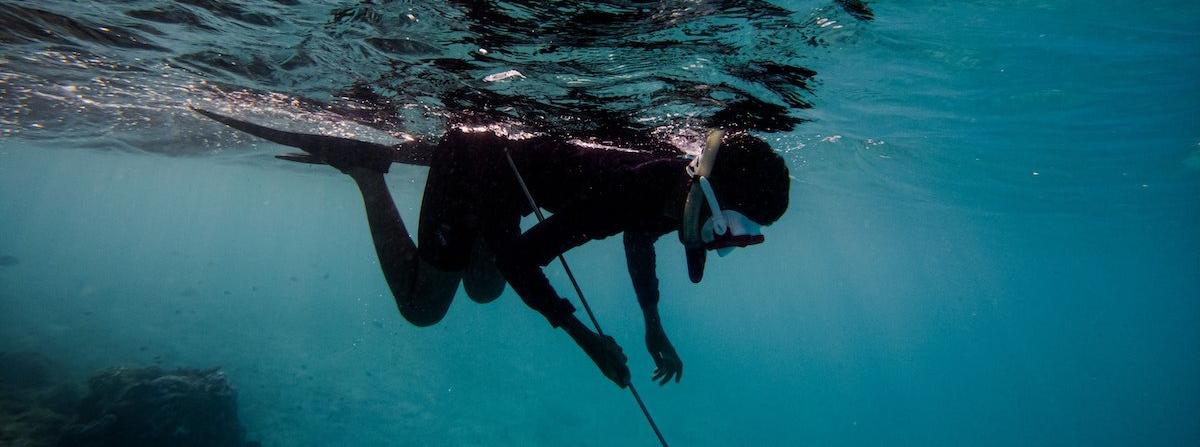 .
.
2. Always dive with a buddy
This is THE Golden Rule everyone should be aware of, and it applies to any kind of breath hold activity in any body of water, even if you’re holding your breath in a bathtub or sticking your head in a bucket of water.
If something happens to a single lone spearfisher or freediver, chances of survival plummet.
You obviously don’t want to disclose good spots online only to find all the fish have gone due to overfishing next time you’re there but: don’t be all secretive about your fishing spot and only head out by yourself – dive with a partner.
If for whatever reason you and your buddy do have to split up, always be aware of where they are, never ever stray out of pre-determined boundaries and meet up again after a set time.
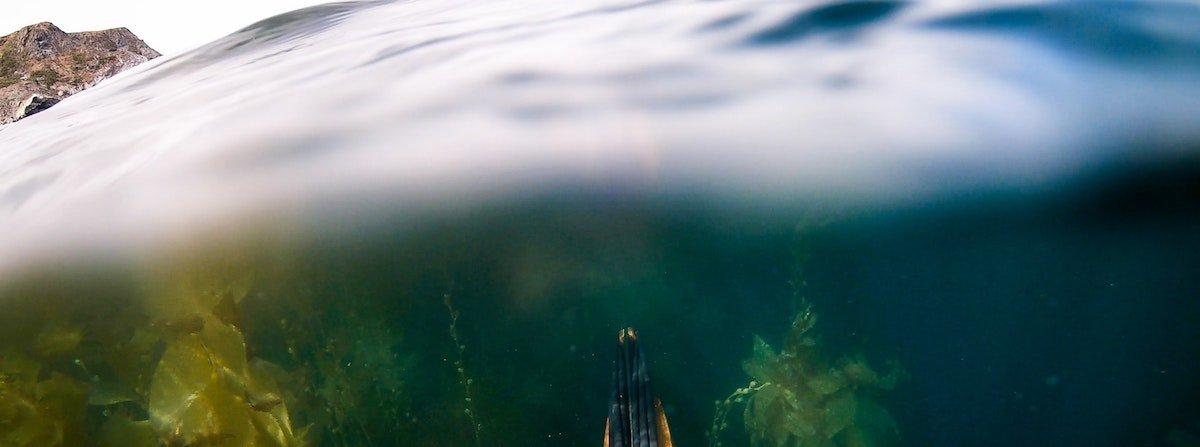
.
3. Know your buddies, know your gear
Have you already gone spearing with the people you’re about to head out? Do you know first hand about their skills, current physical condition, and knowledge on safety? If it’s someone new to the party, don’t rely on what you’ve heard about them. Have a chat on the way to your location and find out!
Ask how they’re feeling today, when they last went diving, whether they’ve ever done a course, whether they’ve ever experienced any challenging situations – and share about yourself as well. This is not in order to scare anyone off and head out with a feeling of doom, but rather to feel confident knowing who you’re diving with and what to expect.
Is your buddy at the same level as you or is one of you way more advanced / a beginner? You have to keep in mind that someone who can’t (yet) dive as deep or long as the other one won’t be able to safety someone who is capable of way more. Beginners are usually also not fit enough to do a full 5-6 hour session like in a competitive dive tournament. Plan to do half and work up to longer spearing days.
If you’re the beginner, don’t be shy about it – and if you’re the deepest diver in the crew, adapt your dives to your buddies’ capacities.
And if you’re going spearing with your best mates, still make sure to know how fit they are on the day.
Also make sure to know your equipment inside and out.
If you can, train in a pool or shallow water and go through emergency situations so you’re used to it when it comes to real life situations.
Be aware of any failing components such as your mask and belt. Practise having your mask ripped off and being underwater basically without vision but plenty of water up your nose and still staying calm and finding the way to the surface. Practise using your belt’s quick release and ascending with your belt connected.
Loaded spearguns belong in the water
Never ever bring your loaded speargun onto the boat, not even if you’re just quickly hopping spots. It’s just not worth the risk. Load it once you are in the water, and unload it before you exit the water. Every single time.
Furthermore, while in the water, always treat your speargun like a loaded weapon – because it is. Never point it at anything you aren’t planning to shoot. Do not clasp your speargun under your arm or between your legs e.g. while chatting to your buddy on the surface, because now you are pointing a loaded speargun at them. Instead, let it rest against your chest, with the handle pointing up and the spear pointing down.
Lastly, keep the safety on until you are about to take the shot. If you choose not to use a safety catch, let your fellow spearos know.
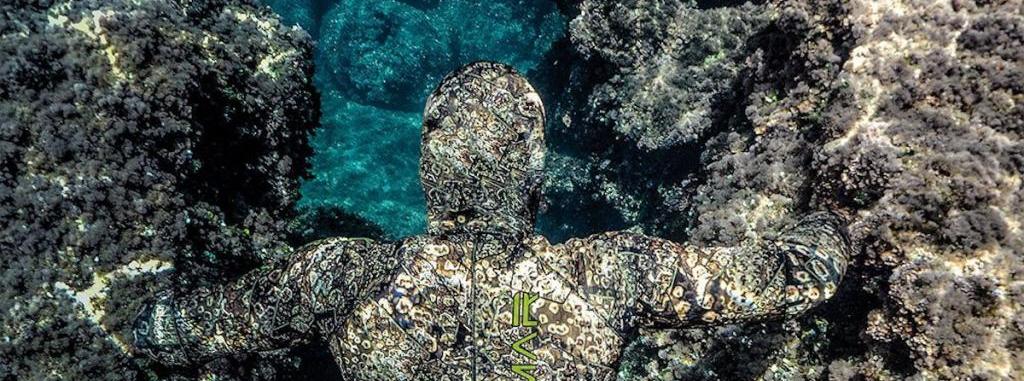 .
.
4. Safety in the water
Make sure to be visible for any boat traffic. Use a float, flag and line – even if you are sure there is only one boat out there, the one you came with. It’s better to be spotted easily.
Since a float line tethers you to the surface, it can also be helpful in murky waters where it’s quite easy to become disoriented – simply follow the line back up
Spit your snorkel before diving
Not only will skittish fish like Jewfish shy away from noise such as bubble emerging from your snorkel, but think about what you want to do first thing once you surface from a dive – you want to breathe!
With a snorkel in your mouth, you’ll first have to clear it though by exhaling sharply. This reduces the air in your lungs and with it, the remaining oxygen. Additionally, it lowers the partial pressure which increases chances of blacking out.
Now we’ve said the ugly word, blackout, let’s go a bit further. A blacked out diver tends to clench their jaw muscles. If they require rescue breaths, it will be pretty hard for you to administer them with a snorkel stuck tight between their teeth.
Did you SAMBA? Stay on the surface for the rest of the day
You might now ask, why can’t I keep spearing just because I like Brazilian dances? Well, this isn’t about dancing as we usually know it. SAMBA is freediver/spearo slang for LMC, loss of motor control.
LMC is a physiological state of severe hypoxia (lack of oxygen) when, upon surfacing, the spearo is attempting to breathe but due to a lack of oxygen cannot fully control their motoric functions. Some will just twitch a little, some will go into full shakey mode, hence they’re “sambaing”.
It is possible to recover right away, but an LMC can also turn into a blackout. The best preventative measure (aside knowing your limits) is to always practise proper recovery breaths, after every single dive. Most of the time, you won’t really need them, but if you are in a state of hypoxia, they can make all the difference. However, in this state you will do what you always do – your body will automatically fall back onto whatever blueprint is set in your mind. Therefore, practise recovery breaths when you don’t need them to have a blueprint for when you do.
Additionally, remind your buddies to take their recovery breaths. If they surface from what felt like an unusually long dive (or maybe you timed it and know for sure), and right away start chatting with you, tell them to breathe first instead. This applies especially if they normally first do take recovery breaths. This also applies no matter whether they’re a beginner or world champion spearo.
Another indication are blue lips and a paler than before complexion. If your buddy looks like a ghost with makeup on, stay close – within arms reach, as you should anyways when you safety a diver – and tell them: Your lips are still blue, inhale. Recover. Breathe. Keep breathing. … – until they took at least three proper recovery breaths.
Lastly, an LMC doesn’t necessarily happen instantly after surfacing. Divers have samba’d up to around 30 seconds after they surfaced. Therefore, spend those few moments checking before sticking your face back into the water.
What if my buddy blacks out?
You should already be within arms reach of the surfacing spearo if you’re doing safety – if you’re not, do your best to get there quickly. This allows you to immediately support your buddy if they display any hypoxic symptoms.
- LMC + Blackout: Keep their airways out of the water, and keep them open.
- If a diver is blacked out, remove their mask and perform BTT – blow, tap, talk: blow air across their eyes, gently tap their cheek, calmly talk to them:“Breathe, (use the spearo’s name)”.
- If the diver doesn’t start breathing within 10 seconds, administer rescue breaths and commence your rescue protocol.
- In case they inhaled any water, they must seek immediate medical attention.
But why wouldn’t you just take a bit of a break and then hop back into the water?
Any kind of hypoxia, increases the chance of happening again, and usually in a more severe way than before. You can still stay on the surface with your mates, but if that’s too tempting just get back onto the boat and chill. Make this a rule whoever you go spearing with.
There are many factors and variables that can add up to causing hypoxia, LMC and blackouts, from human physiology, environment, how well rested you are to your stress levels and nutrition. Practising proper safety drills is an extremely helpful tool here, keeping you alert naturally and jumping into rescue mode with confidence when needed.
Ok, now we got this out of the way, back to spearing ..
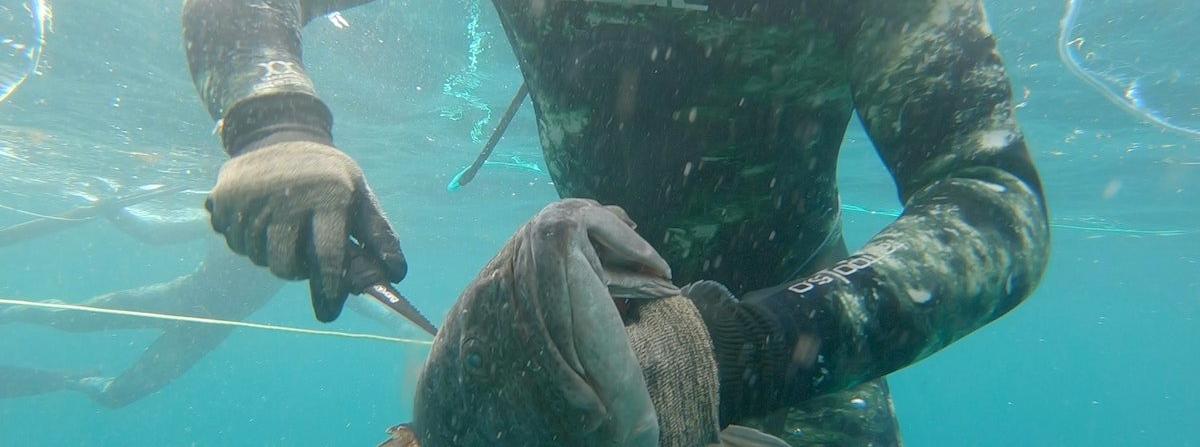
.
5. Know your target, who’s behind it and don’t be greedy
It is vital that you are 100% certain that your target is clear and that you know what it is. It may save your speargun, your or your buddy’s life.
Not only will spearing prohibited species get you a hefty fine, you also don’t want to misidentify your mate as prey.
Shot a fish? Great! However never get obsessed with trying to retrieve it. Ask for help before the struggle gets too hard, or simply let it go.
Also know your limits when it is just too rough, too deep, staying under for too long or swimming too far.
Never tether yourself to your catch
It might be tempting but just. don’t. do. it. Use your belt instead so you can pull the quick release and make a getaway in the event of an emergency while the predator hopefully follows the free meal attached to your belt.
Another option is to let your catch follow you on the reel as you ascend to the water’s surface.
Always put safety before greed.
Be conscious of oceanic predators and other threats
Statistically, boats are actually the biggest threat to a spearo, however the ocean is full of all sorts of predators such as seals, sharks, sea lions, barracuda or large grouper. It therefore pays to do some research of the area to get an idea what wildlife to expect. All of these can be attracted by you spearing, are capable of taking your fish and could potentially get your gear entangled.
Be aware of eels, stingrays, stone fish, lionfish and of course jellyfish. It’s simple to protect yourself from the latter – wear a wettie. If you’re in tropical waters, at least don on a stinger suit.
Last but not least, it’s easy to get trapped in old nets or lines so have a dive knife with you.
6. Knowledge is power + practise makes perfect
As a spearo, you might consider freedivers to be a bunch of ballerinas. Attending a freediving course is very much worth it though.
The only thing you won’t learn in a freediving course is how to target fish – but everything else gets covered, such as:
- How to breathe up before your dive, how to recover after your dive
- Proper fin kicking technique to be most effectively and efficiently
- How to safety your buddy
- What to do in case things turn ugly
And trust us, once you’ve got those basics down, the actual spearing will just be the cherry on top.
Secondly, get yourself and your mates trained in CPR and First Aid.
Thirdly, practise makes perfect. Meet up at the pool or on the beach for a training session including rescue drills.
If the sh** ever hits the fan, you want to be able to help your buddy. Having the knowledge to do so will not only increase your confidence but also their chance of survival.
.
We hope this was helpful for you. Stay safe and enjoy the water!
Share This Story, Choose Your Platform!
Check out our Latest Gear
Rob Allen Open Cell 3.5mm 2 Piece Wetsuit
$439.90 Original price was: $439.90.$399.00Current price is: $399.00.
Oceanic Mini Shadow Mask Ultra SD Snorkel Set Black
$174.00 Original price was: $174.00.$149.00Current price is: $149.00.
Oceanic Mini Shadow Mask Ultra SD Snorkel Set Blue
$174.00 Original price was: $174.00.$149.00Current price is: $149.00.
Oceanic Mini Shadow Mask Ultra SD Snorkel Set Pink
$174.00 Original price was: $174.00.$149.00Current price is: $149.00.
Oceanic Mini Shadow Mask Ultra SD Snorkel Set White
$174.00 Original price was: $174.00.$149.00Current price is: $149.00.
Oceanic Shadow Mask Ultra SD Snorkel Set Black
$174.00 Original price was: $174.00.$149.00Current price is: $149.00.
Oceanic Shadow Mask Ultra SD Snorkel Set Blue
$174.00 Original price was: $174.00.$149.00Current price is: $149.00.
Oceanic Shadow Mask Ultra SD Snorkel Set Pink
$174.00 Original price was: $174.00.$149.00Current price is: $149.00.
Oceanic Shadow Mask Ultra SD Snorkel Set White
$174.00 Original price was: $174.00.$149.00Current price is: $149.00.
Suunto Ocean Dive Computer Steel Black
$1,399.00 Original price was: $1,399.00.$1,349.00Current price is: $1,349.00.
Suunto Ocean Dive Computer Black
$1,399.00 Original price was: $1,399.00.$1,349.00Current price is: $1,349.00.
Suunto Ocean Dive Computer Sand
$1,399.00 Original price was: $1,399.00.$1,349.00Current price is: $1,349.00.
Rob Allen Trevally Set
$154.00 Original price was: $154.00.$129.00Current price is: $129.00.
Rob Allen Snapper Evo Set
$144.00 Original price was: $144.00.$119.00Current price is: $119.00.
Rob Allen Cubera Set
$154.00 Original price was: $154.00.$129.00Current price is: $129.00.
Rob Allen Couta Set
$148.00 Original price was: $148.00.$109.00Current price is: $109.00.
Rob Allen Snapper Set
$154.00 Original price was: $154.00.$119.00Current price is: $119.00.
Oceanic Ultra SD Snorkel Pink
$65.00 Original price was: $65.00.$55.00Current price is: $55.00.
Oceanpro Avalon Mask Snorkel Blue
$171.00 Original price was: $171.00.$129.00Current price is: $129.00.
Oceanpro Avalon Mask Snorkel Grey
$171.00 Original price was: $171.00.$129.00Current price is: $129.00.
Oceanpro Avalon Mask Snorkel Lilac
$171.00 Original price was: $171.00.$129.00Current price is: $129.00.
Oceanpro Avalon Mask Snorkel Red
$171.00 Original price was: $171.00.$129.00Current price is: $129.00.
Oceanpro Avalon Mask Snorkel White
$171.00 Original price was: $171.00.$129.00Current price is: $129.00.
Rob Allen 16mm Blue Rubber 5m
$200.00 Original price was: $200.00.$160.00Current price is: $160.00.
Rob Allen 16mm Pink Rubber 5m
$200.00 Original price was: $200.00.$160.00Current price is: $160.00.
Rob Allen 16mm Green Rubber 5m
$200.00 Original price was: $200.00.$160.00Current price is: $160.00.
Rob Allen 16mm Blue Rubber 3m
$120.00 Original price was: $120.00.$108.00Current price is: $108.00.
Rob Allen 16mm Pink Rubber 3m
$120.00 Original price was: $120.00.$108.00Current price is: $108.00.
Rob Allen 16mm Green Rubber 3m
$120.00 Original price was: $120.00.$108.00Current price is: $108.00.
Rob Allen 14mm Black Rubber 5m
$190.00 Original price was: $190.00.$152.00Current price is: $152.00.
Rob Allen 14mm Blue Rubber 5m
$190.00 Original price was: $190.00.$152.00Current price is: $152.00.
Rob Allen 14mm Pink Rubber 5m
$190.00 Original price was: $190.00.$152.00Current price is: $152.00.
Rob Allen 14mm Red Rubber 5m
$190.00 Original price was: $190.00.$152.00Current price is: $152.00.
Rob Allen 14mm Green Rubber 5m
$190.00 Original price was: $190.00.$152.00Current price is: $152.00.
Rob Allen 14mm Black Rubber 3m
$114.00 Original price was: $114.00.$102.60Current price is: $102.60.
Rob Allen 14mm Blue Rubber 3m
$114.00 Original price was: $114.00.$102.60Current price is: $102.60.
Rob Allen 14mm Pink Rubber 3m
$114.00 Original price was: $114.00.$102.60Current price is: $102.60.
Rob Allen 14mm Red Rubber 3m
$114.00 Original price was: $114.00.$102.60Current price is: $102.60.
Rob Allen 14mm Green Rubber 3m
$114.00 Original price was: $114.00.$102.60Current price is: $102.60.
Oceanpro Typhoon SD Snorkel White
$69.00 Original price was: $69.00.$52.00Current price is: $52.00.
Oceanpro Typhoon SD Snorkel Teal
$69.00 Original price was: $69.00.$52.00Current price is: $52.00.


